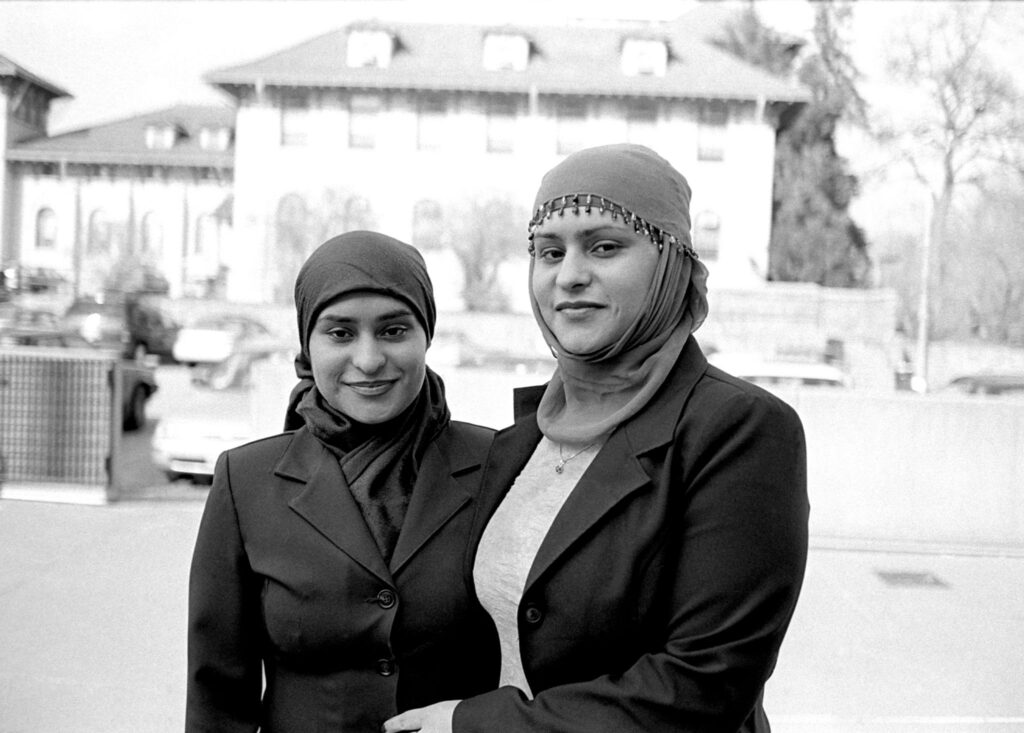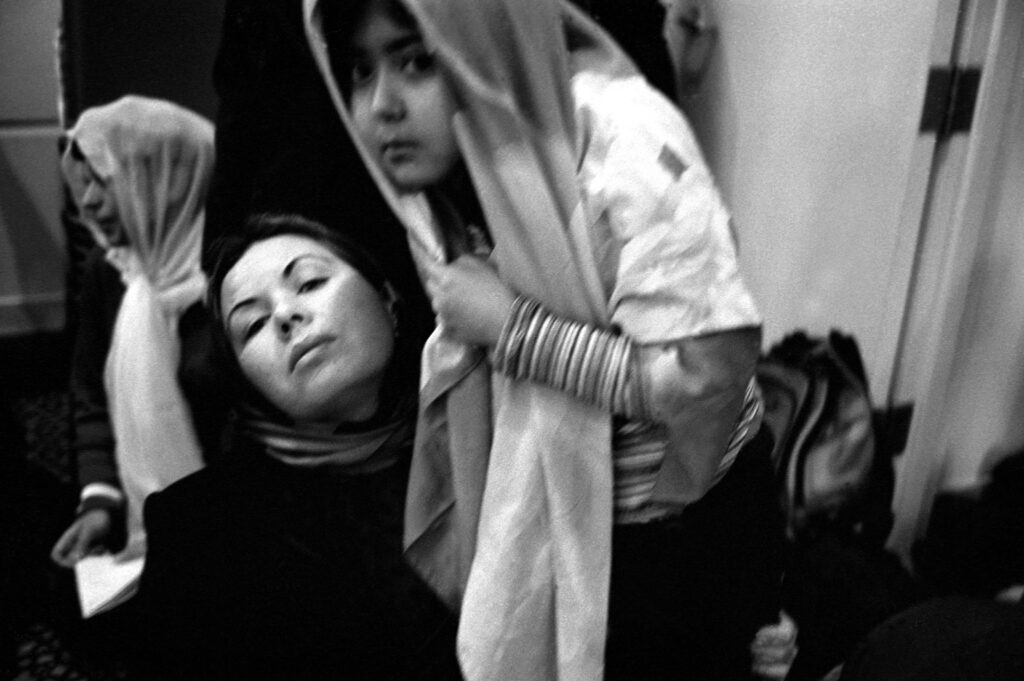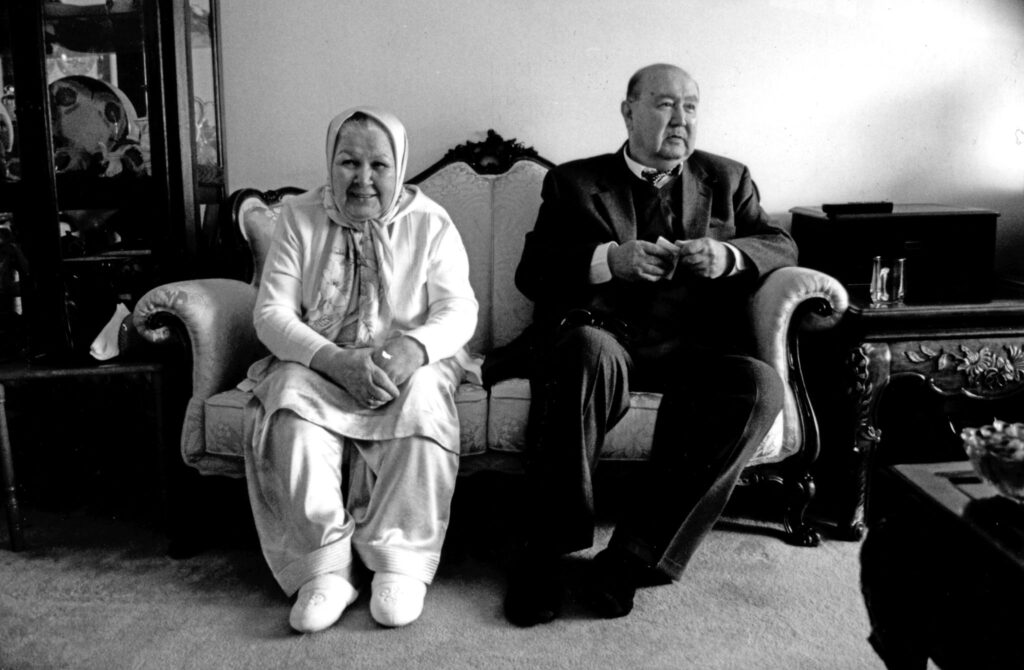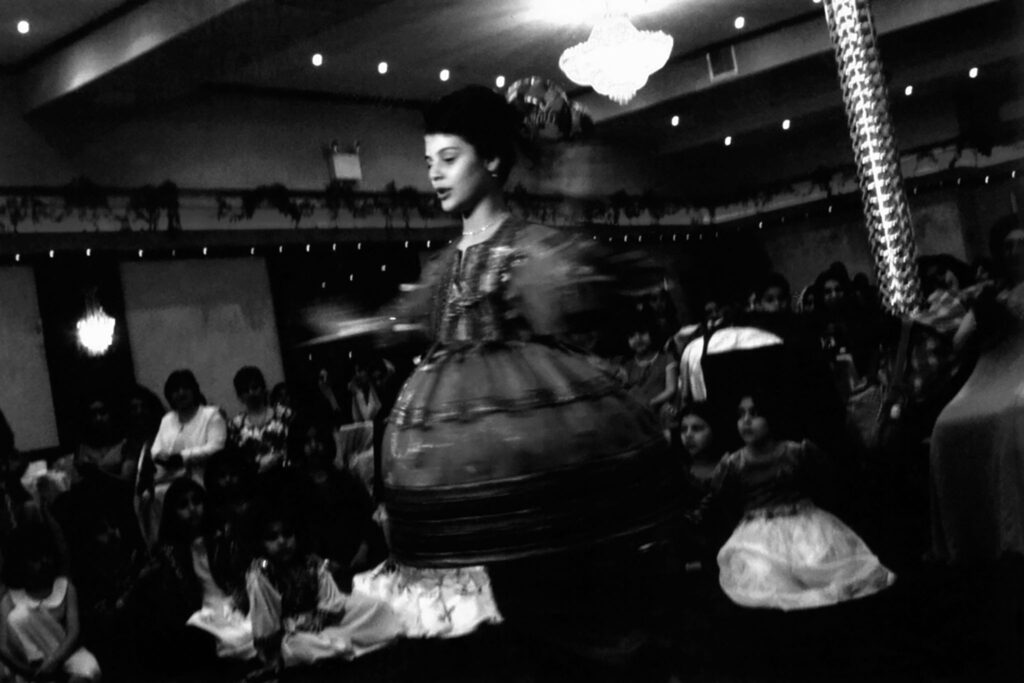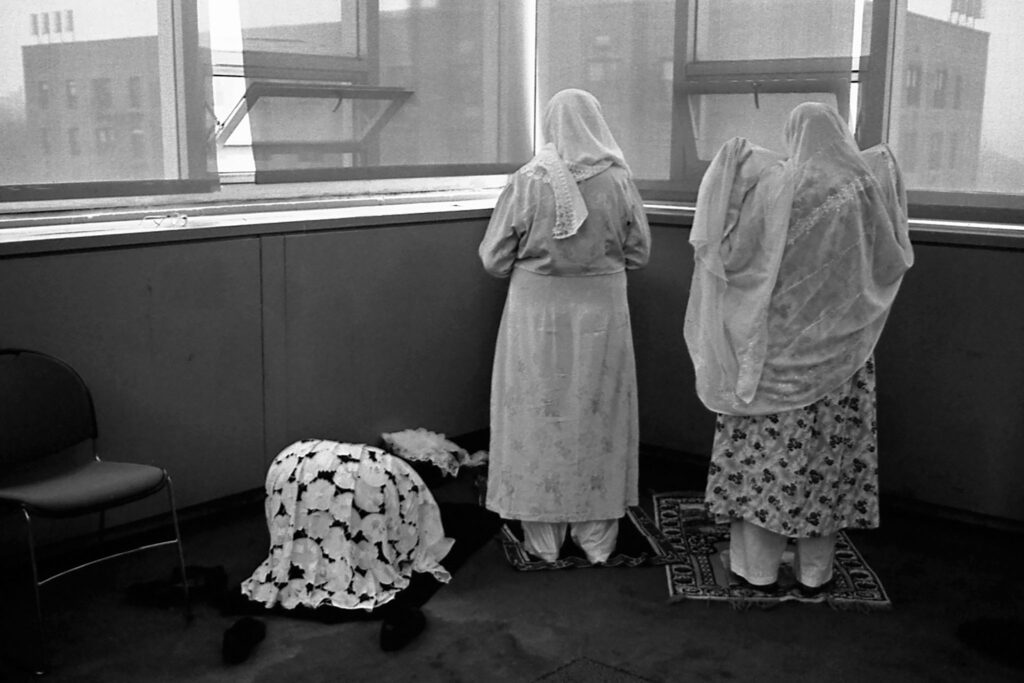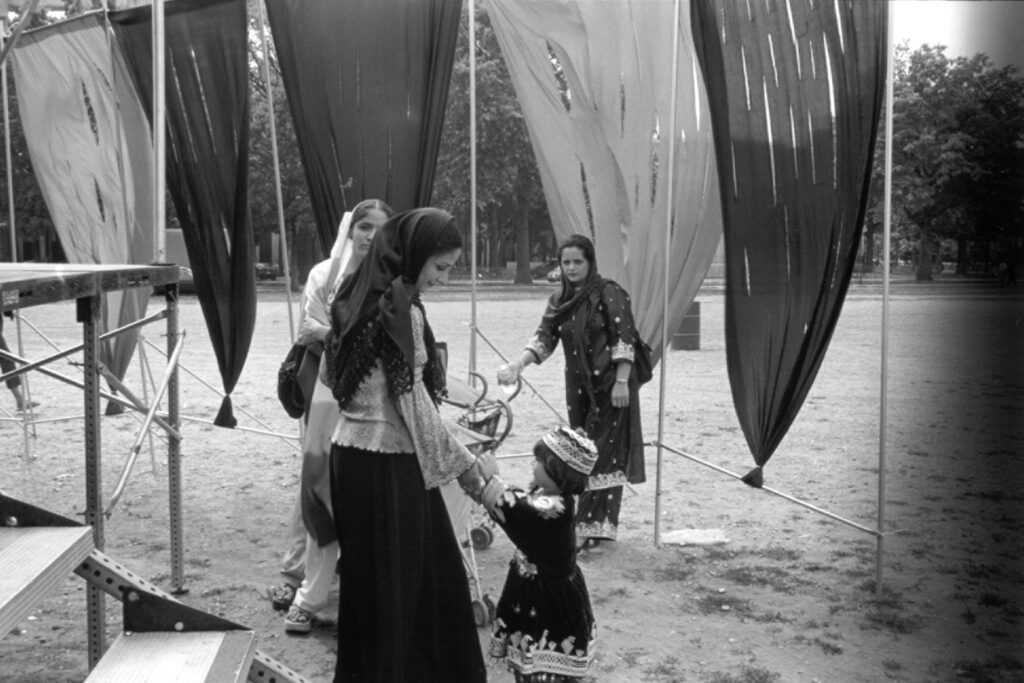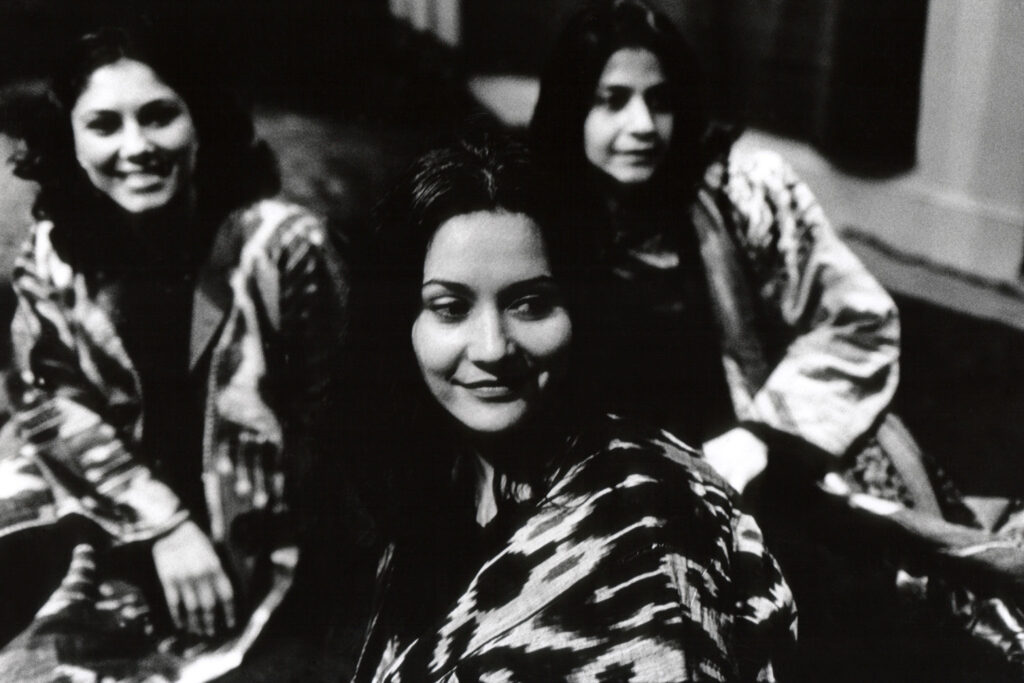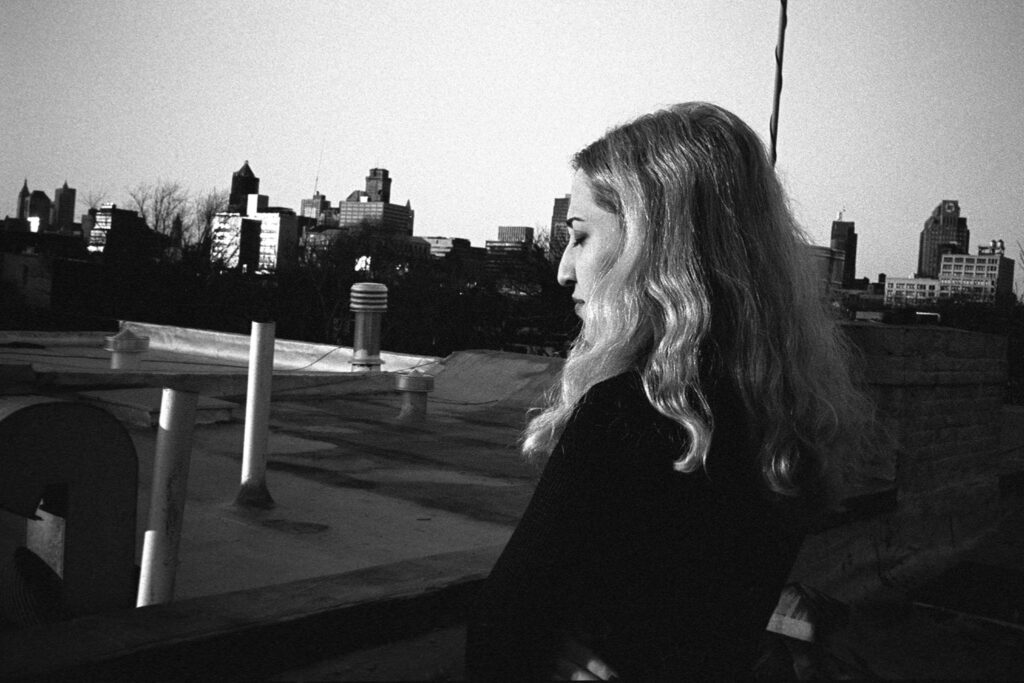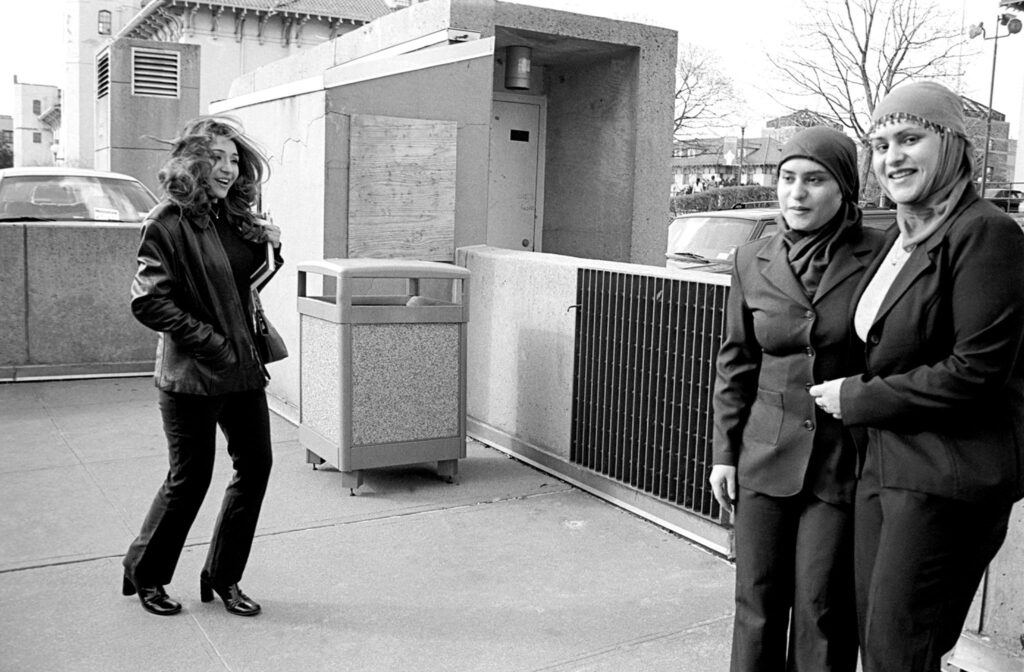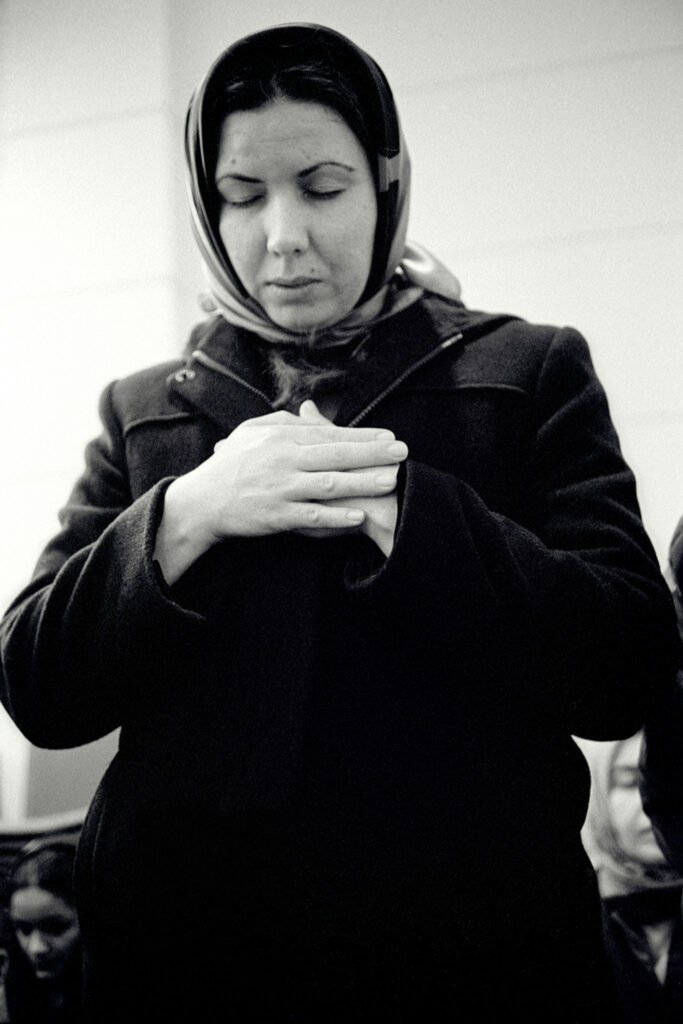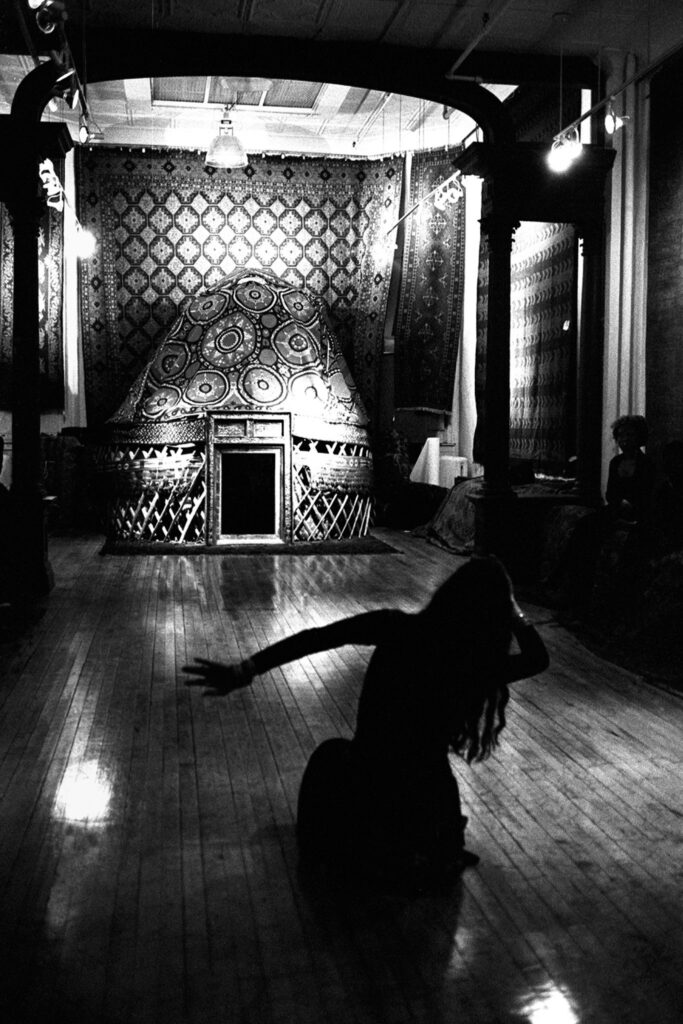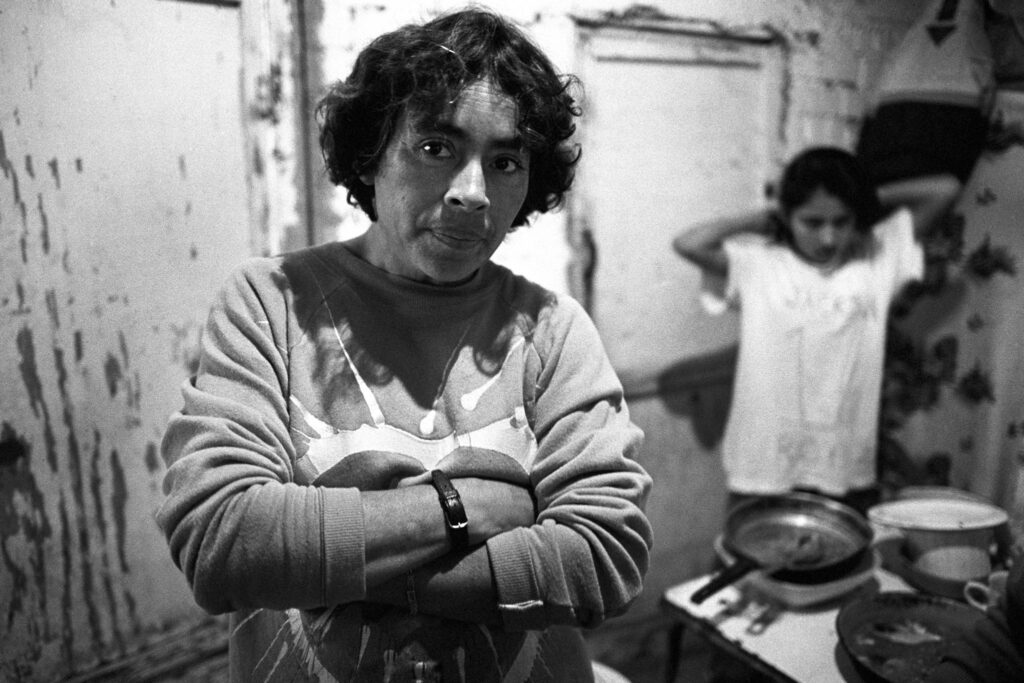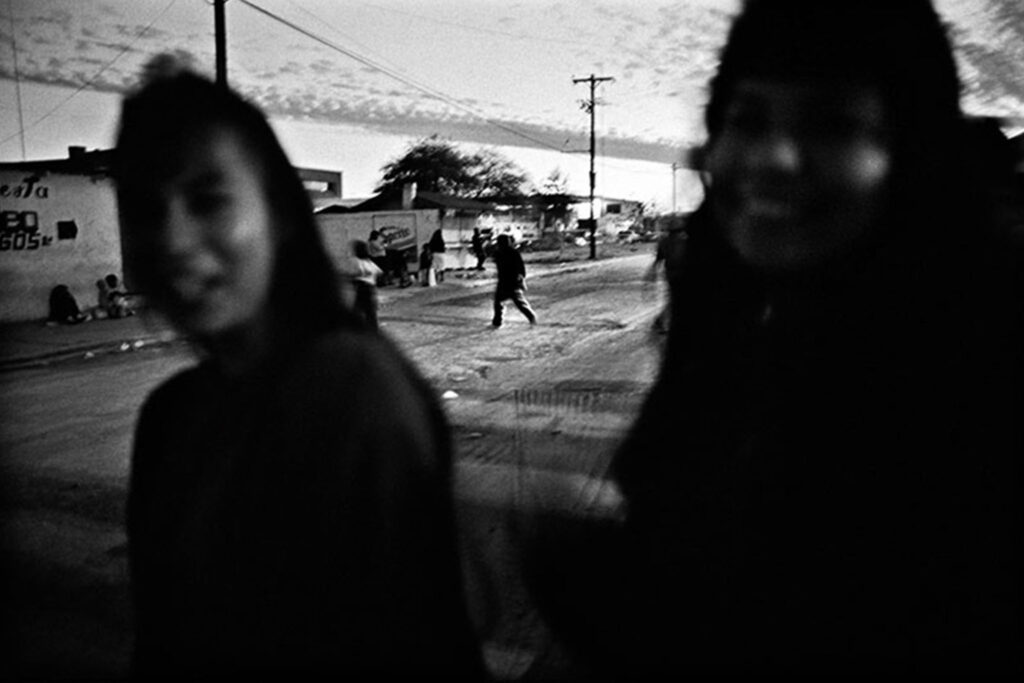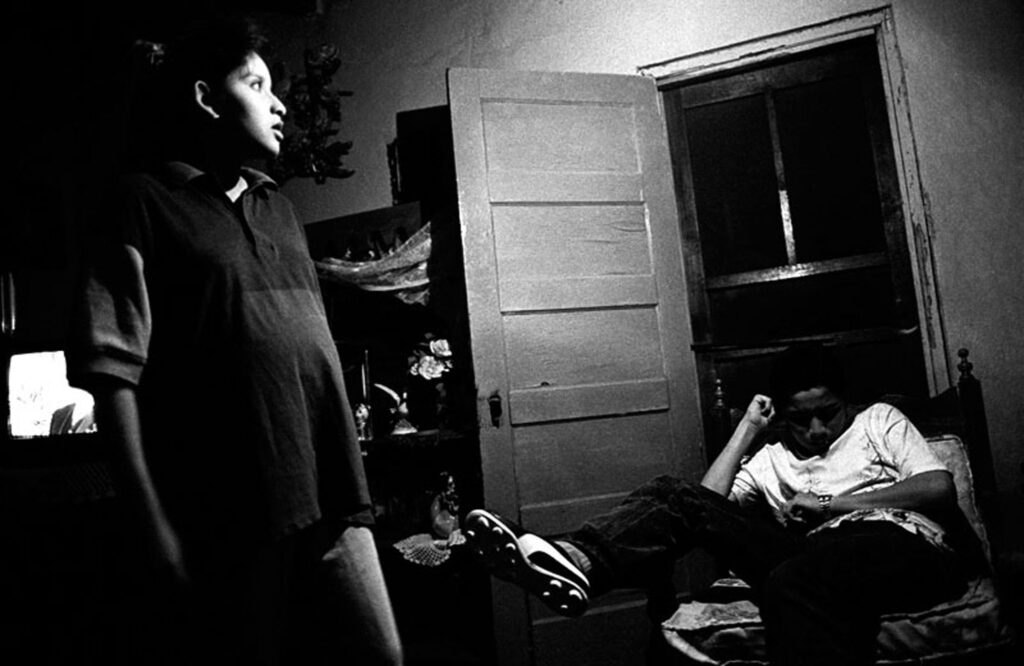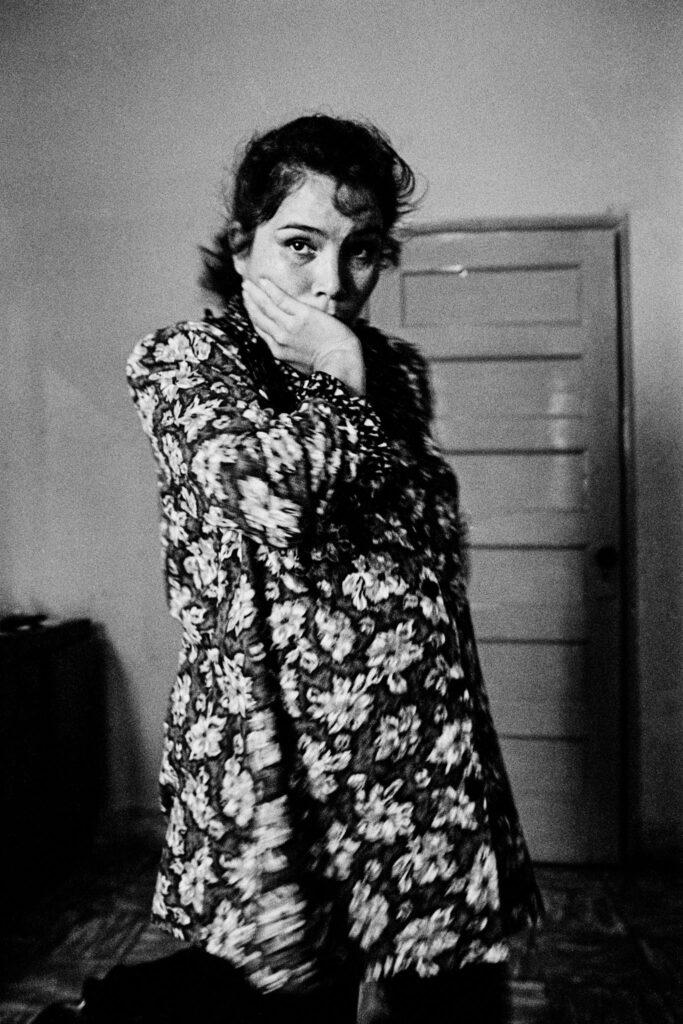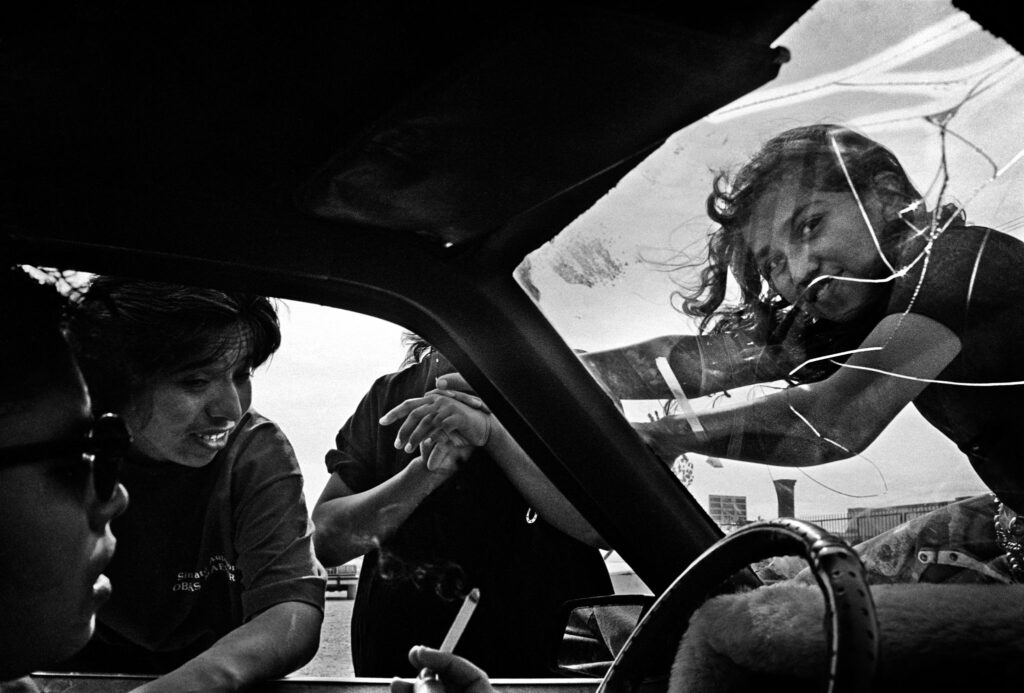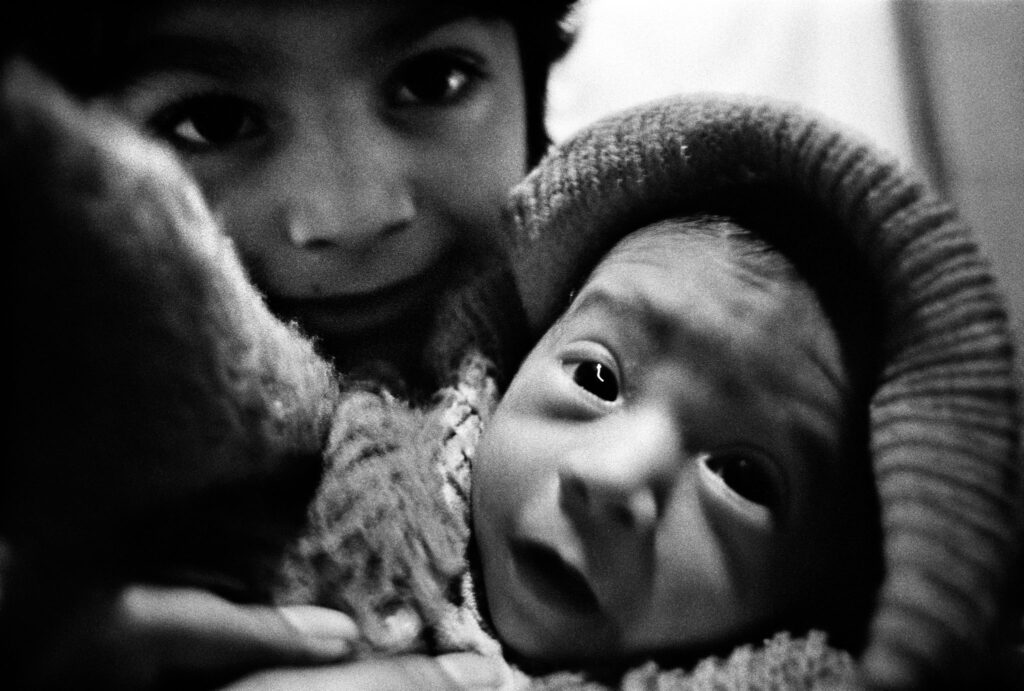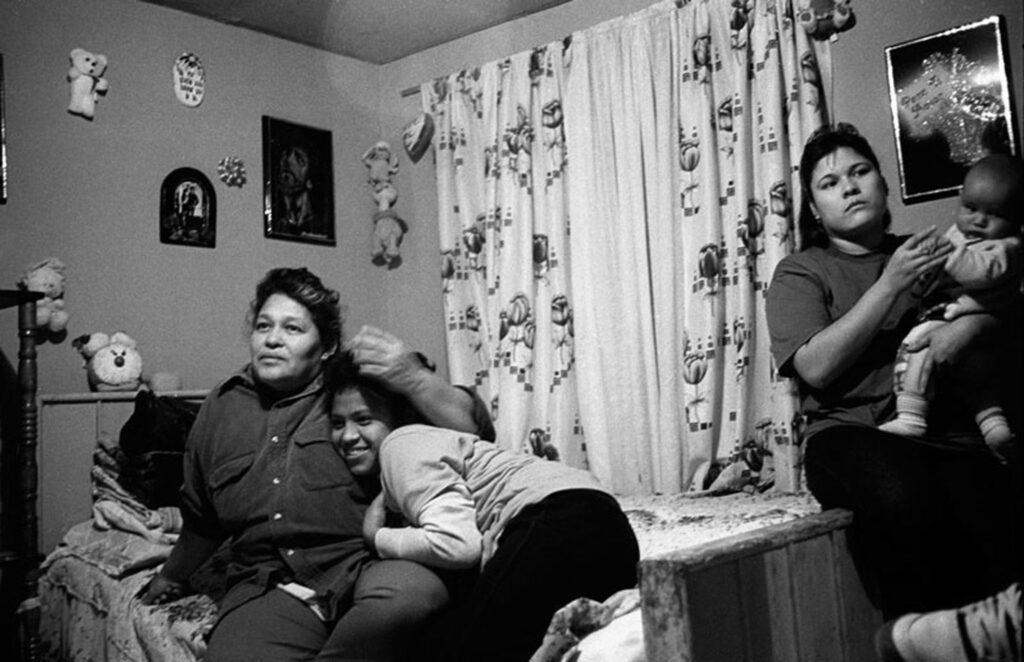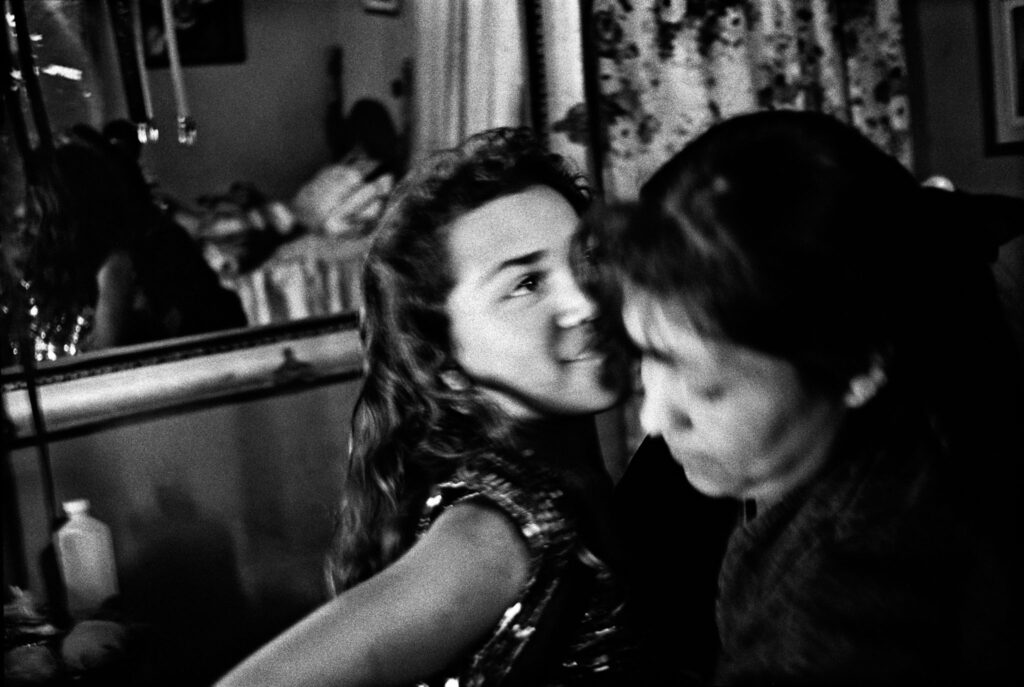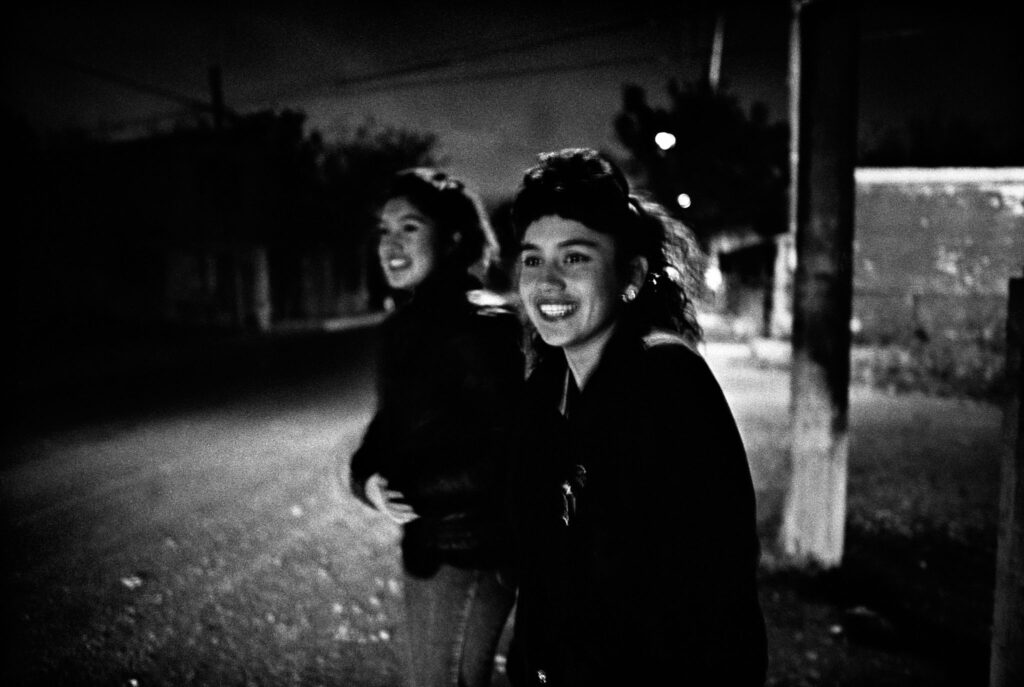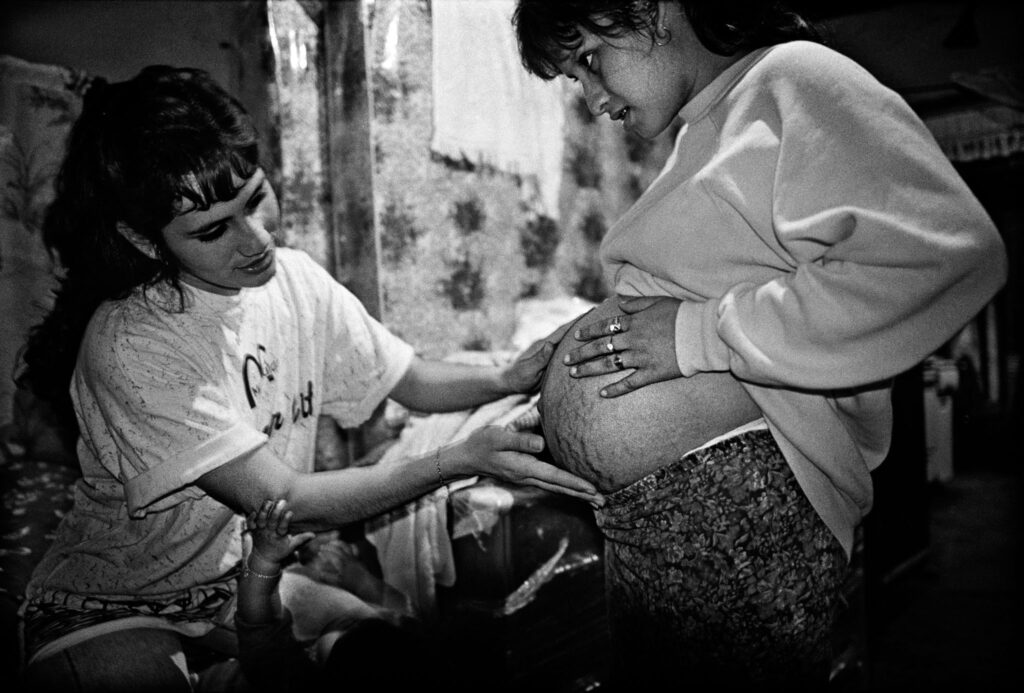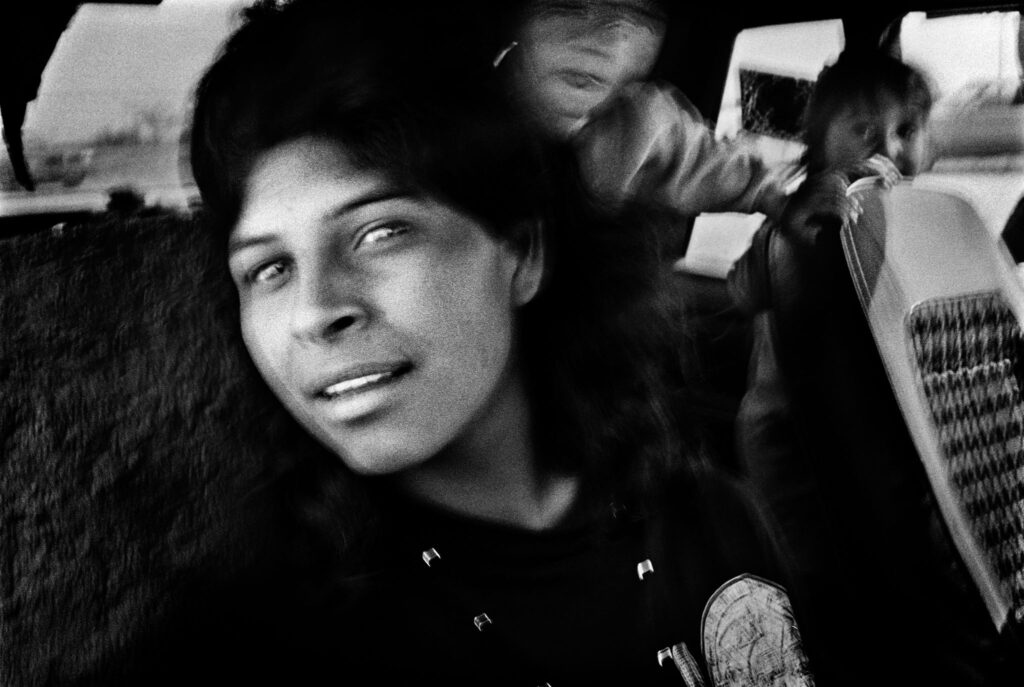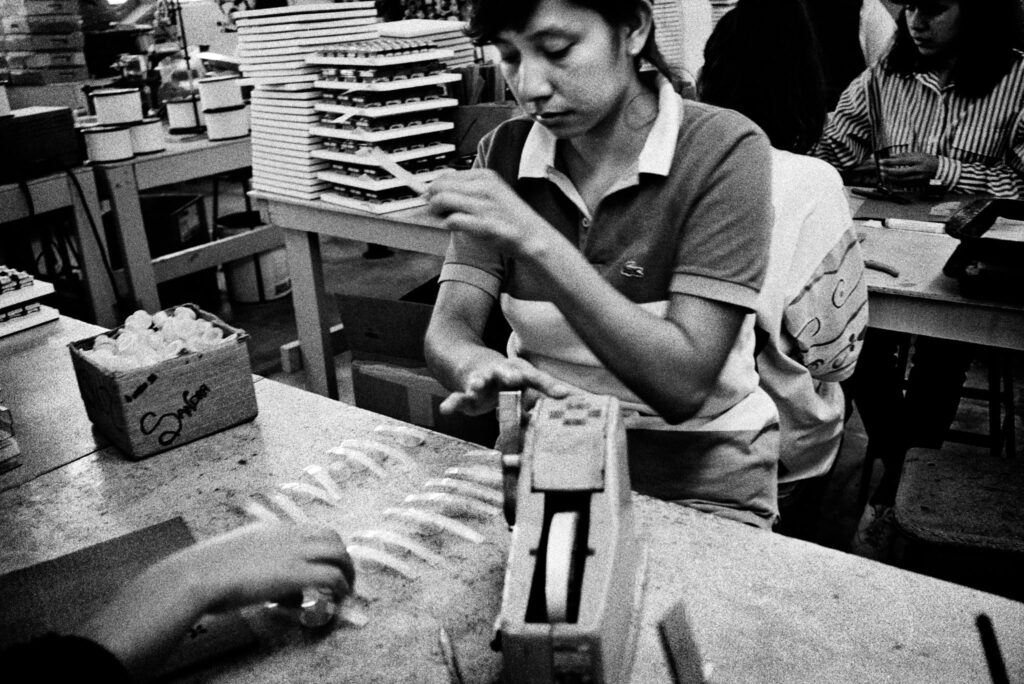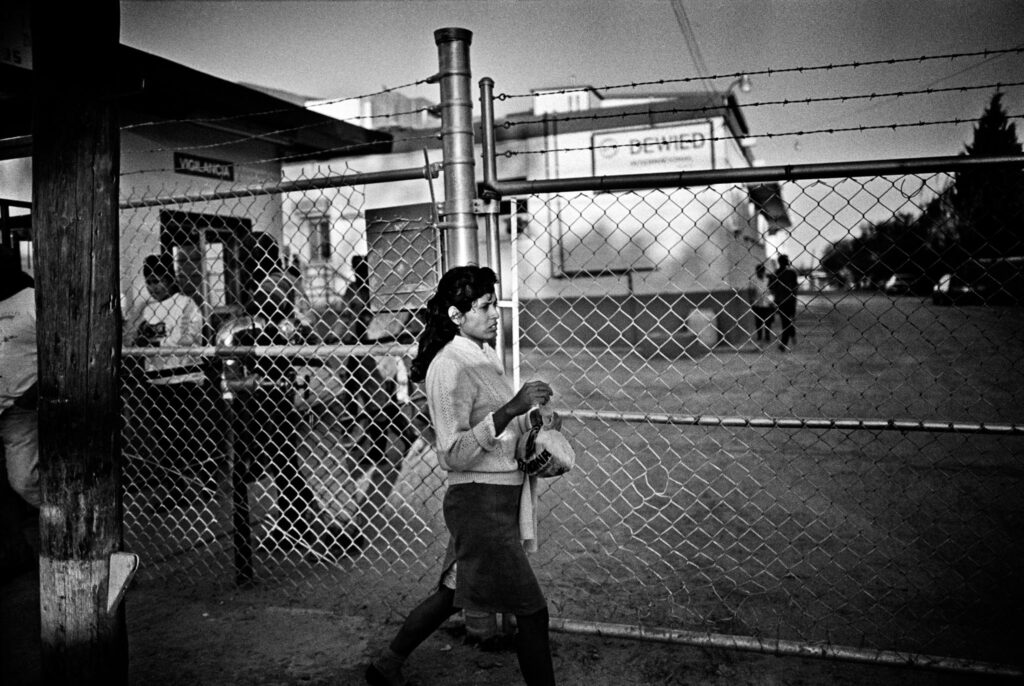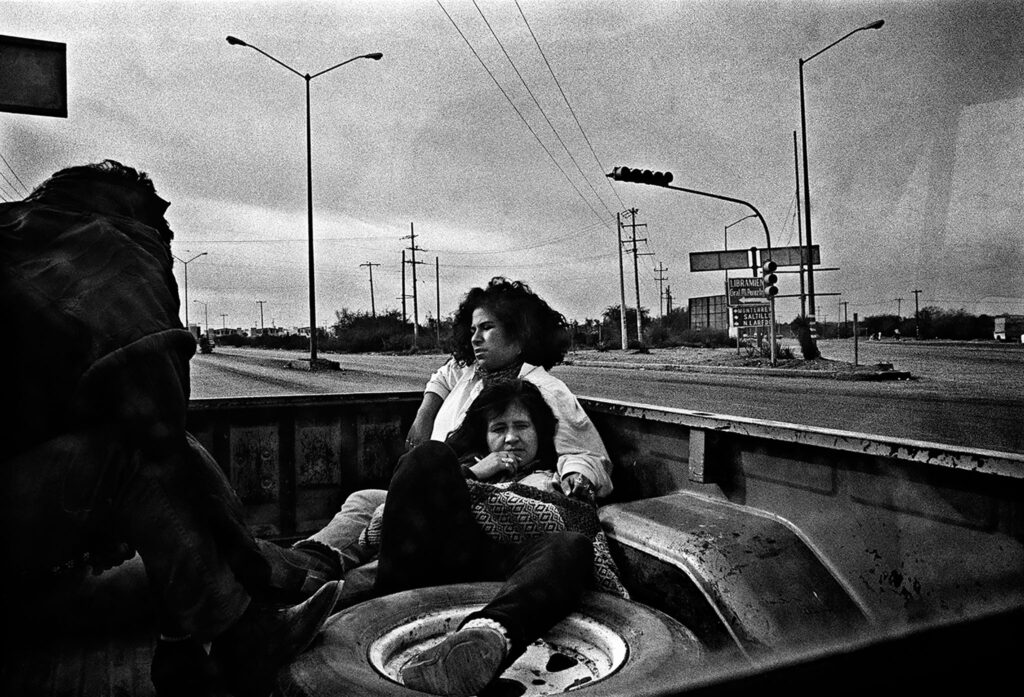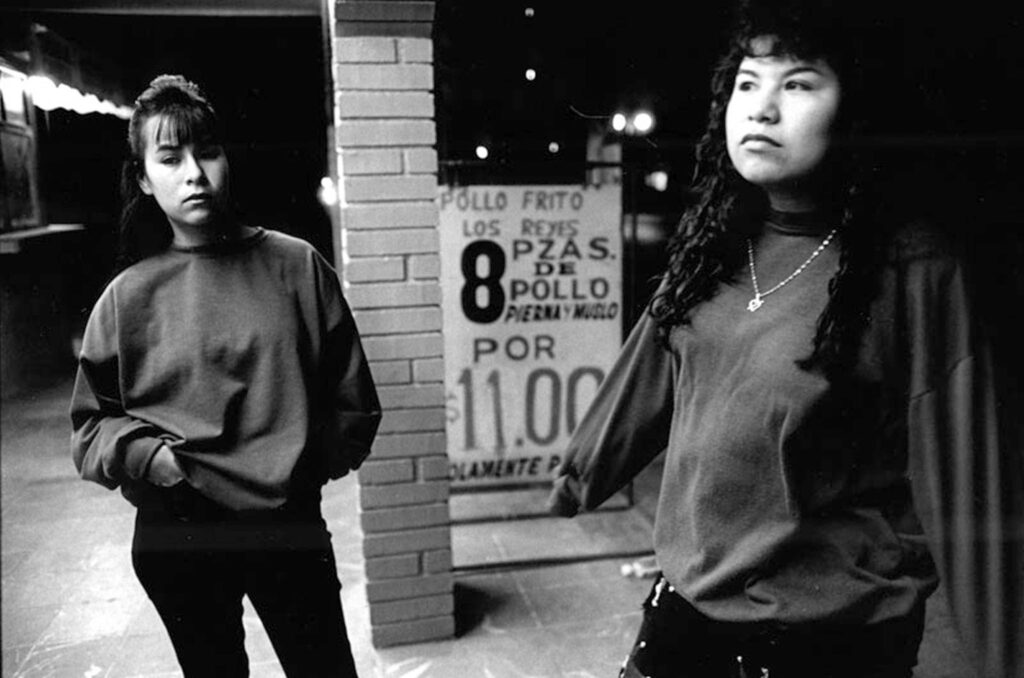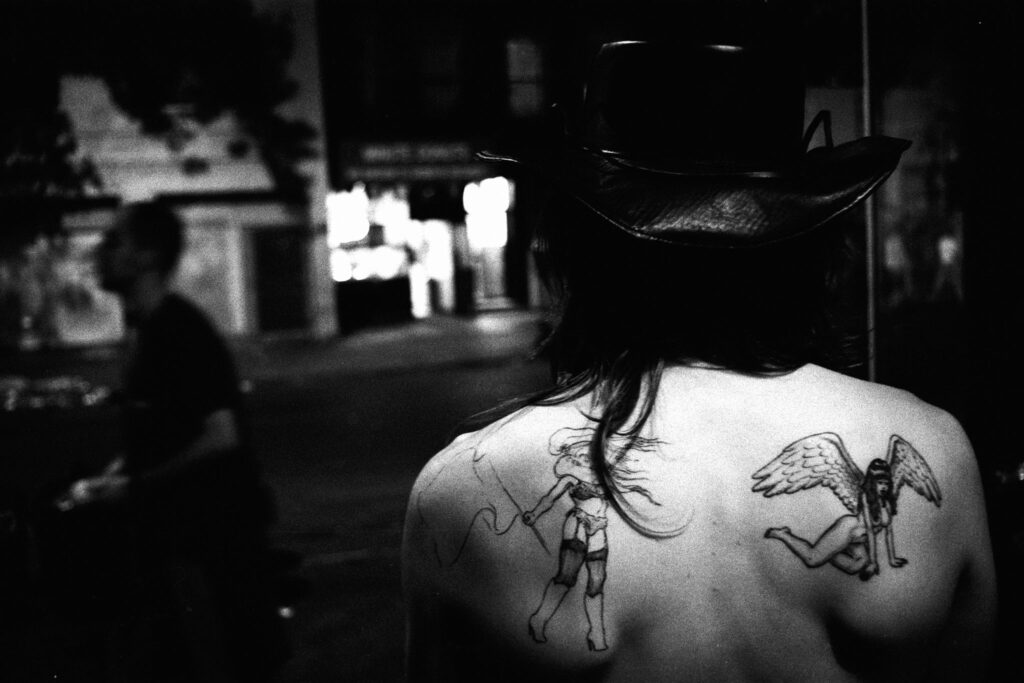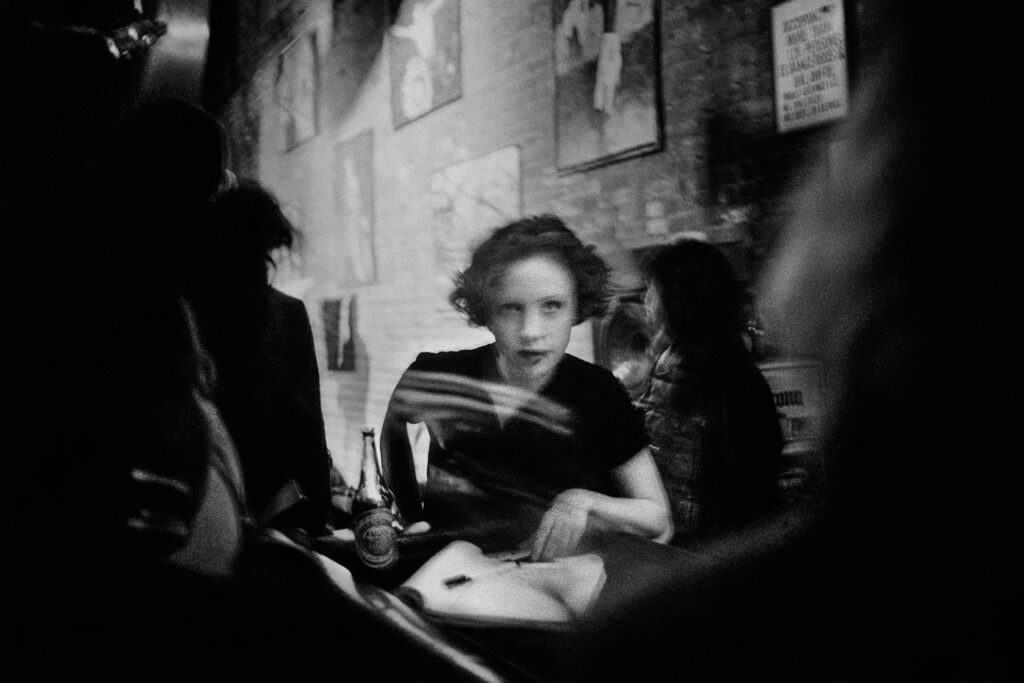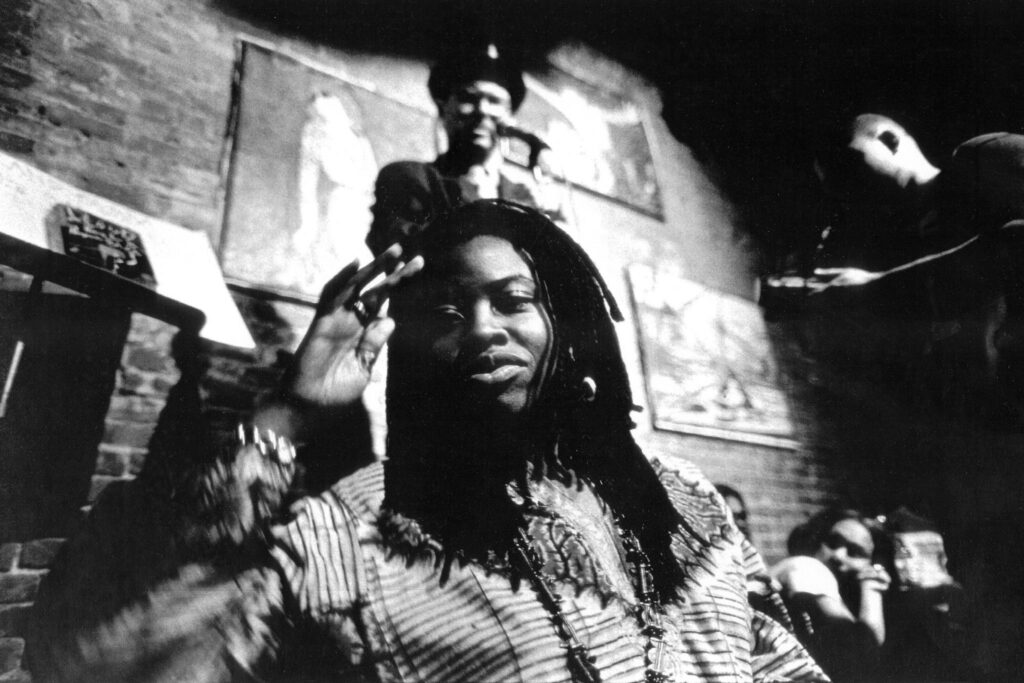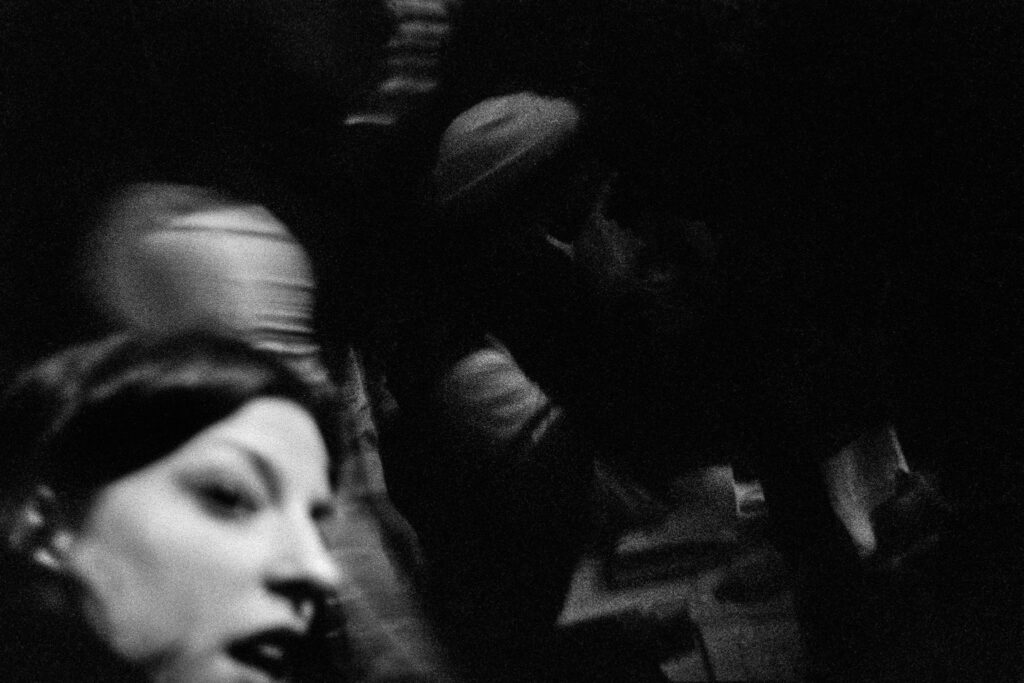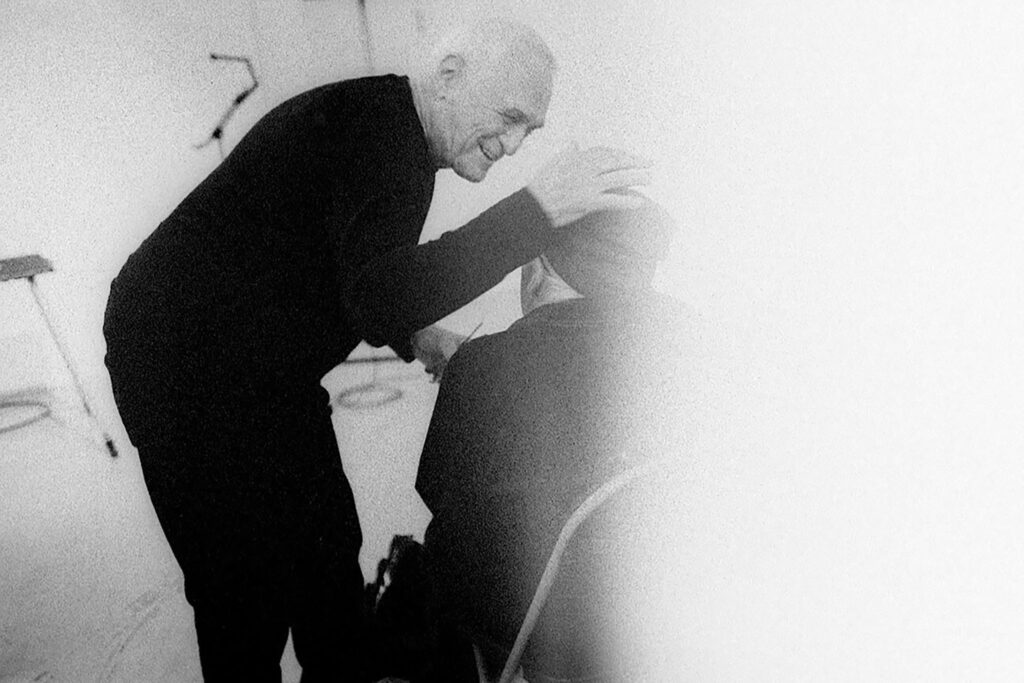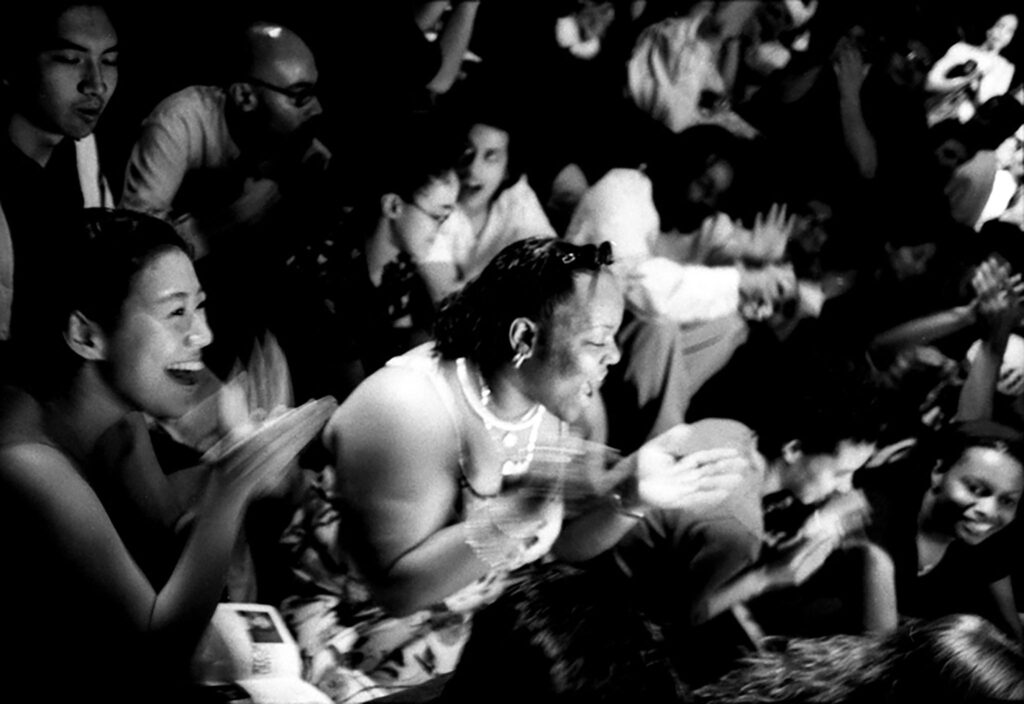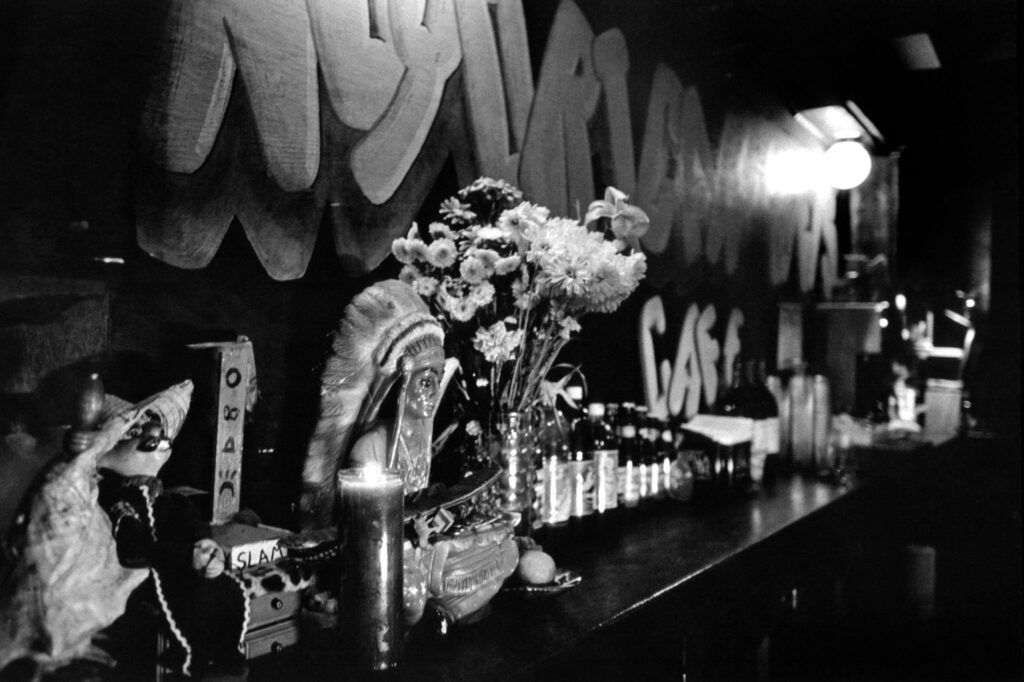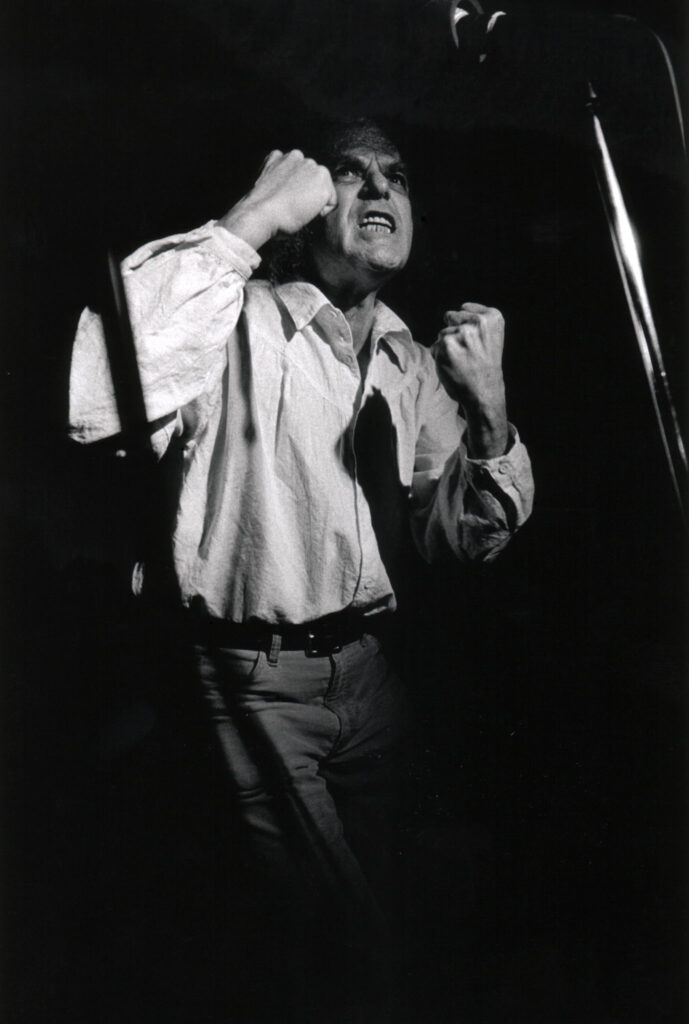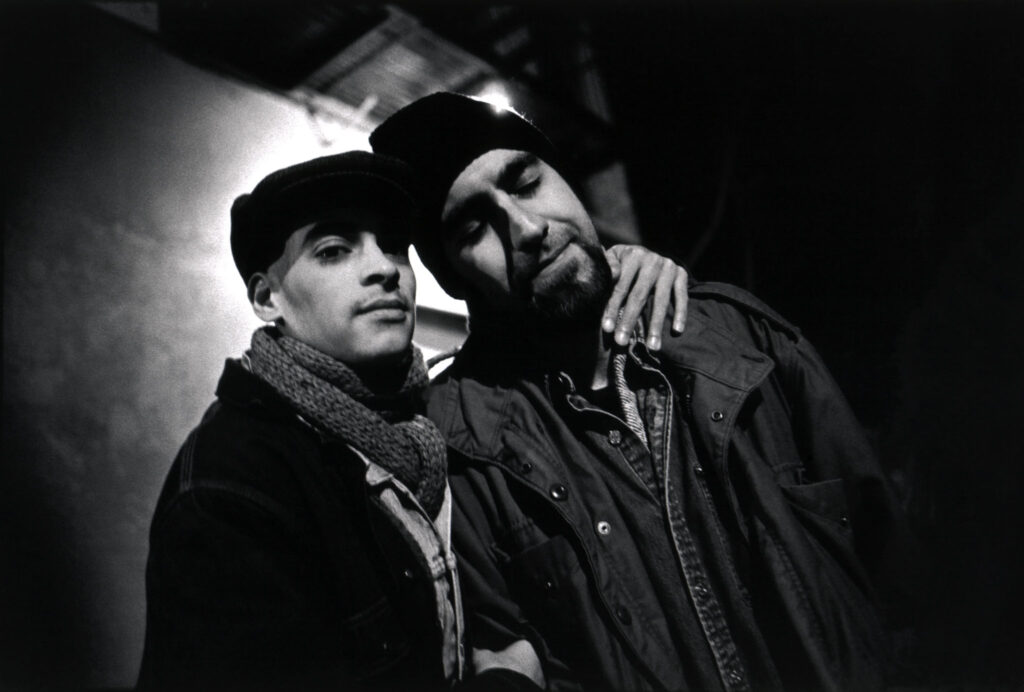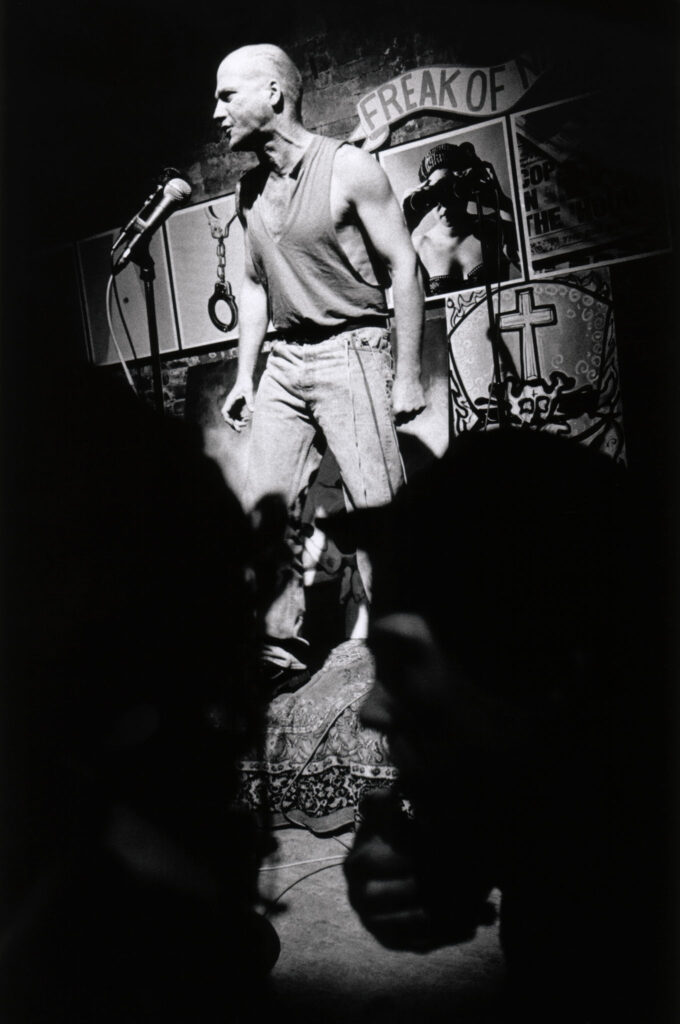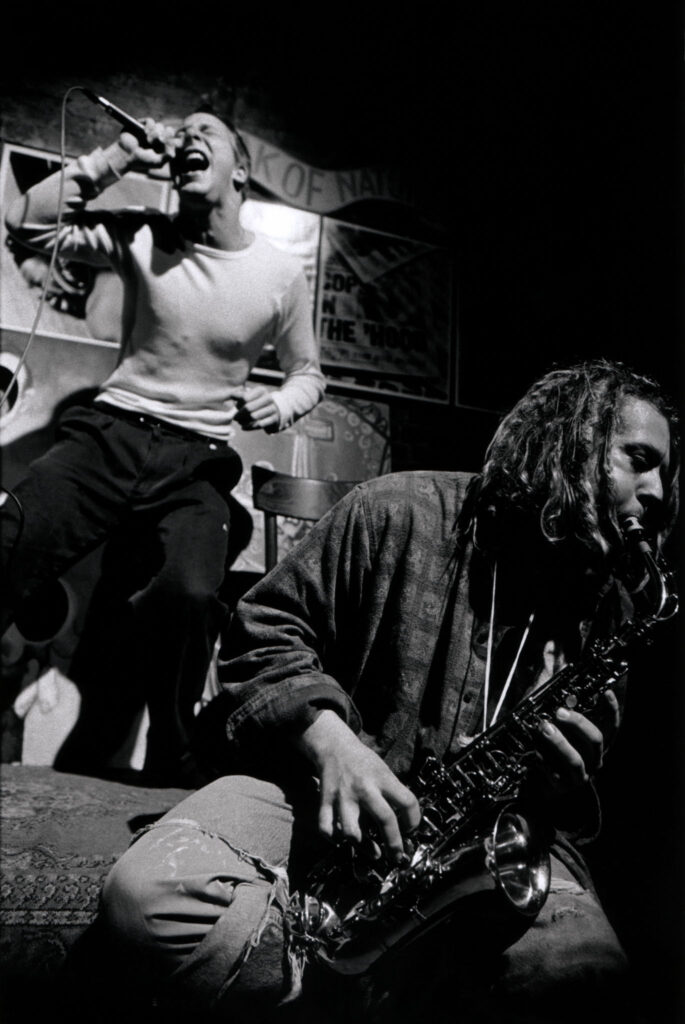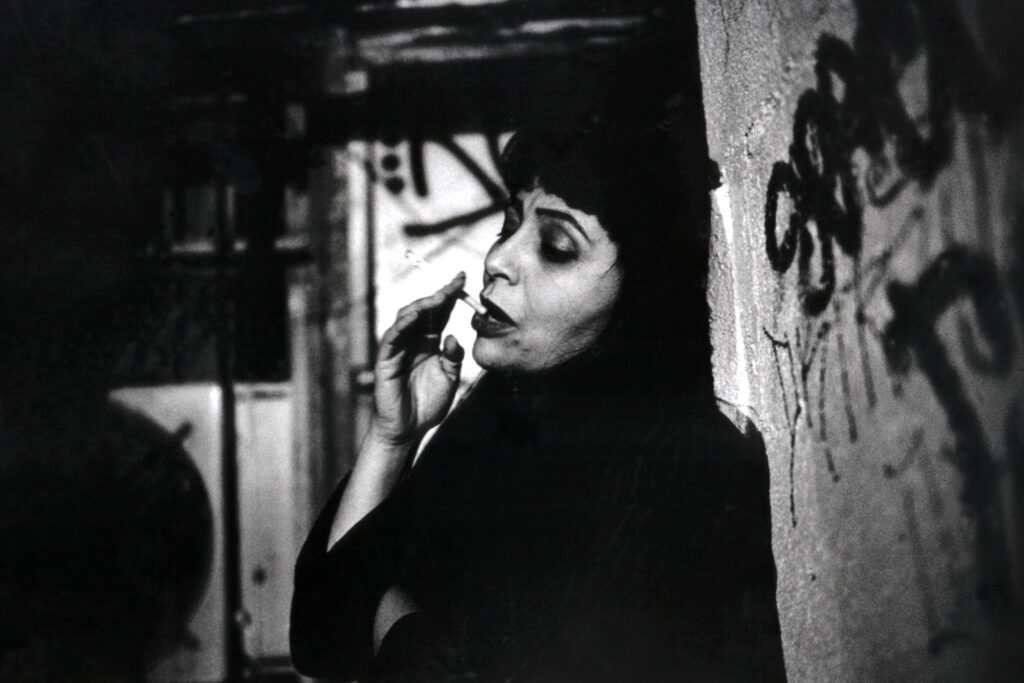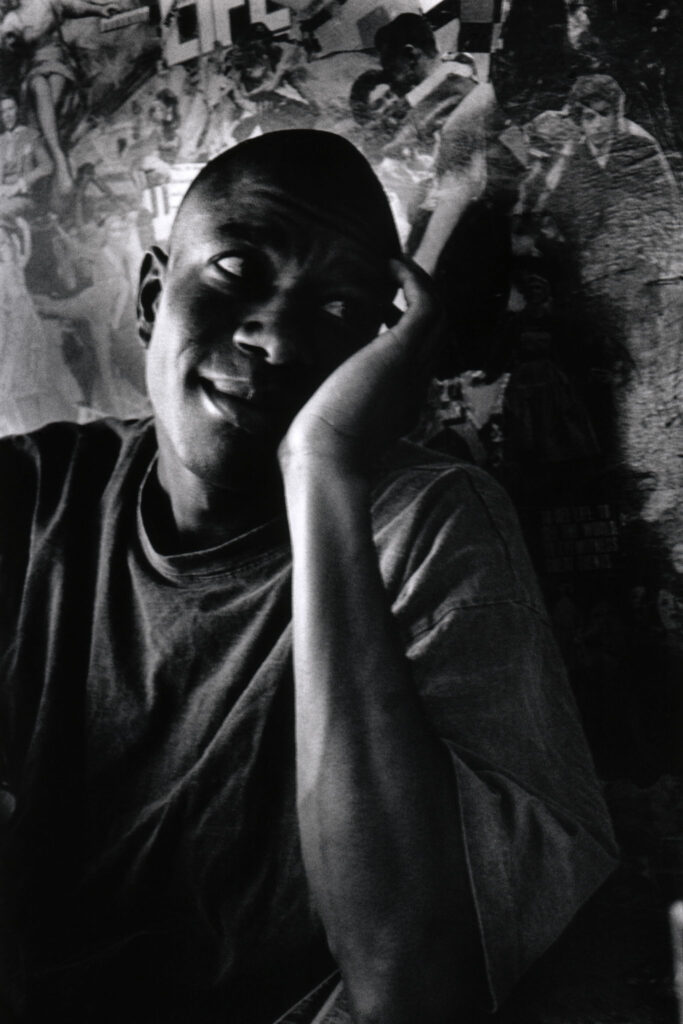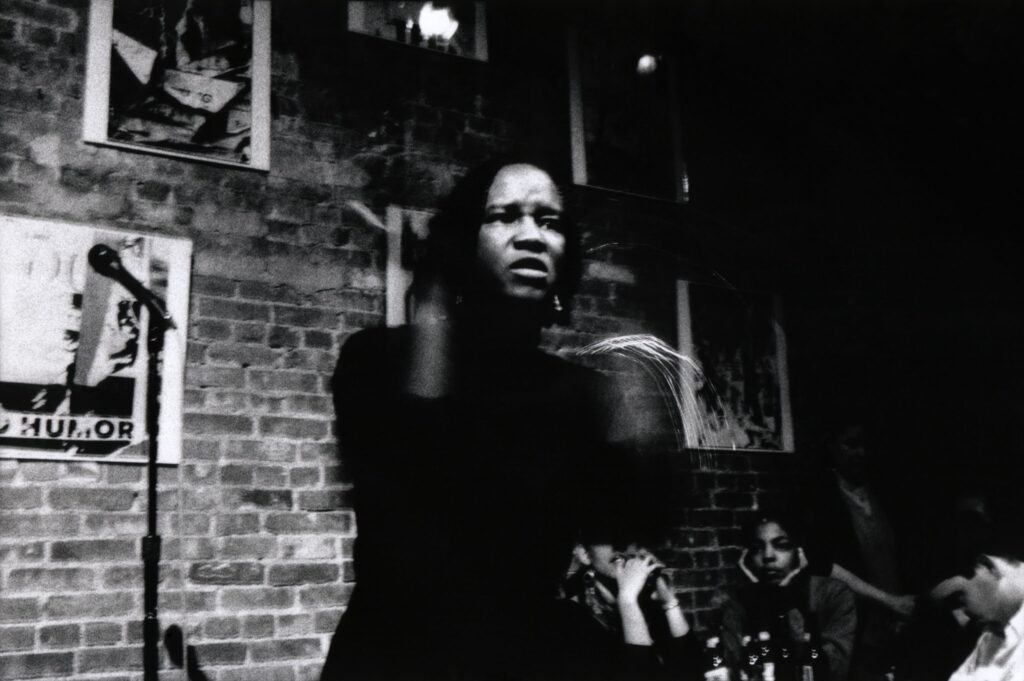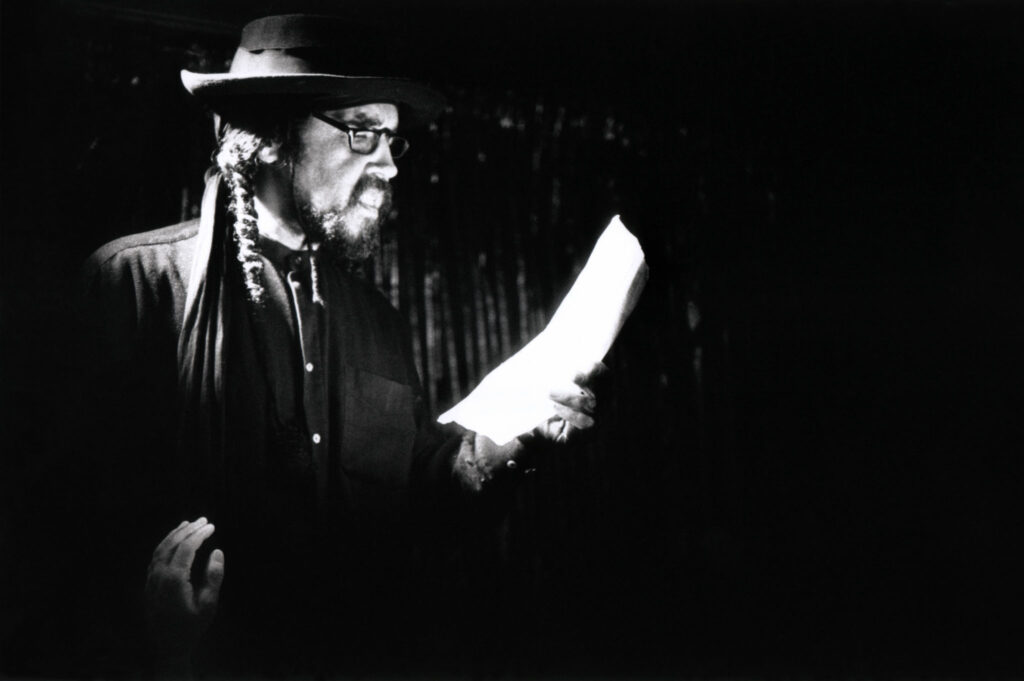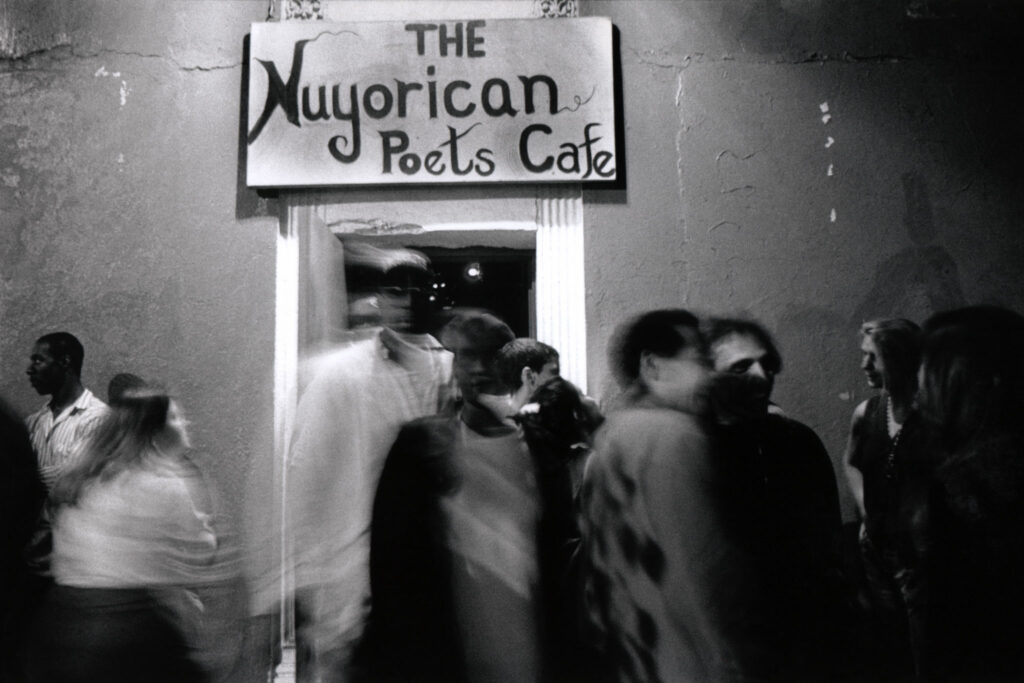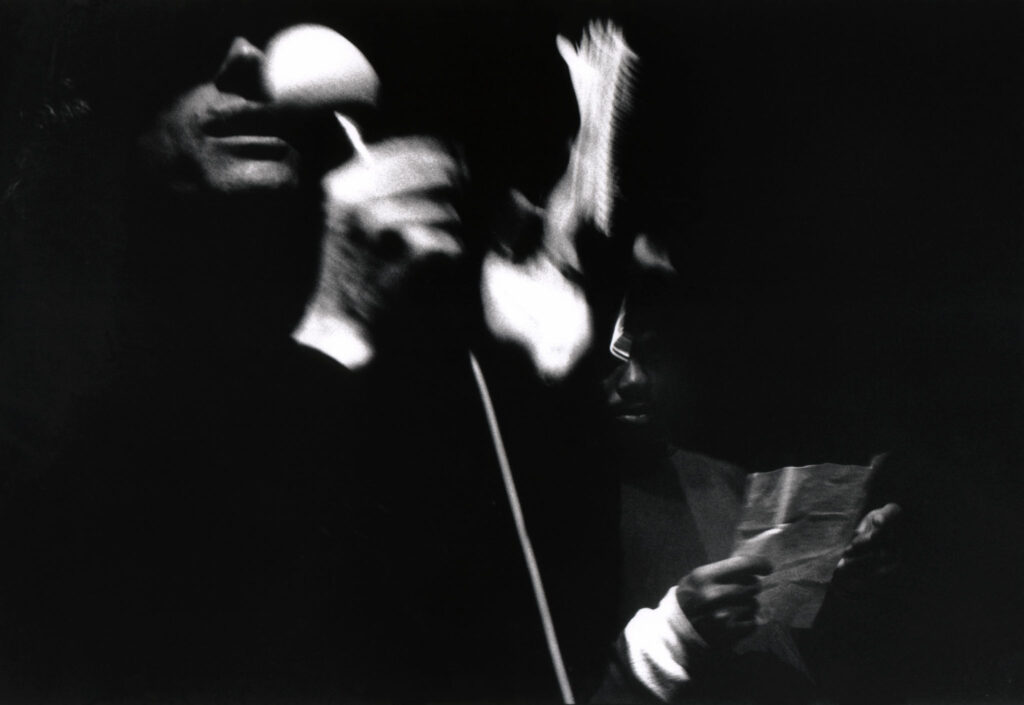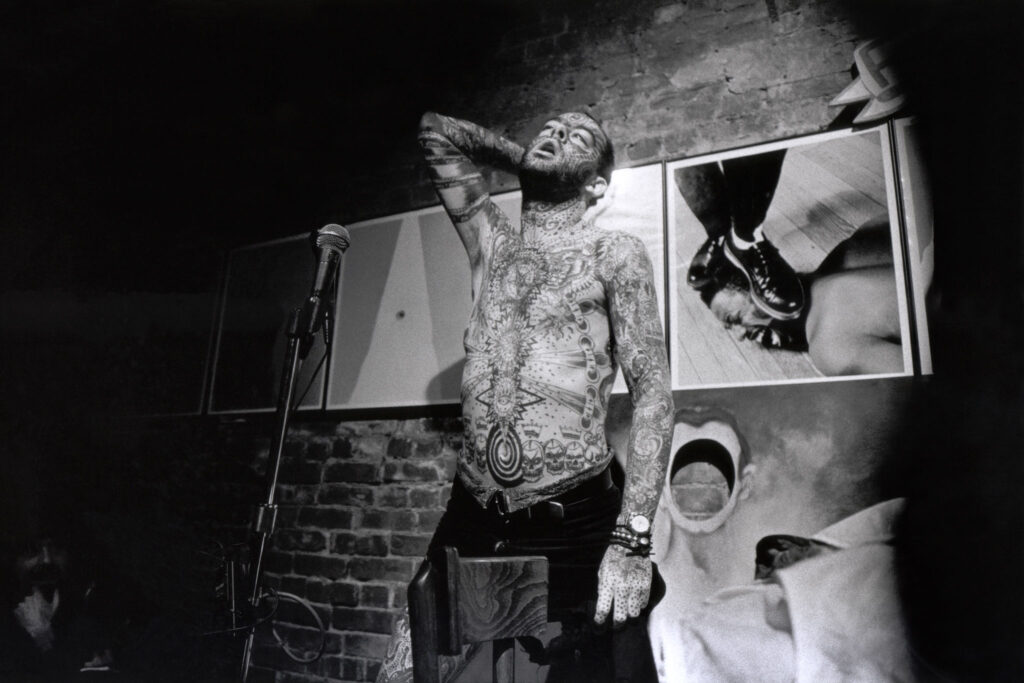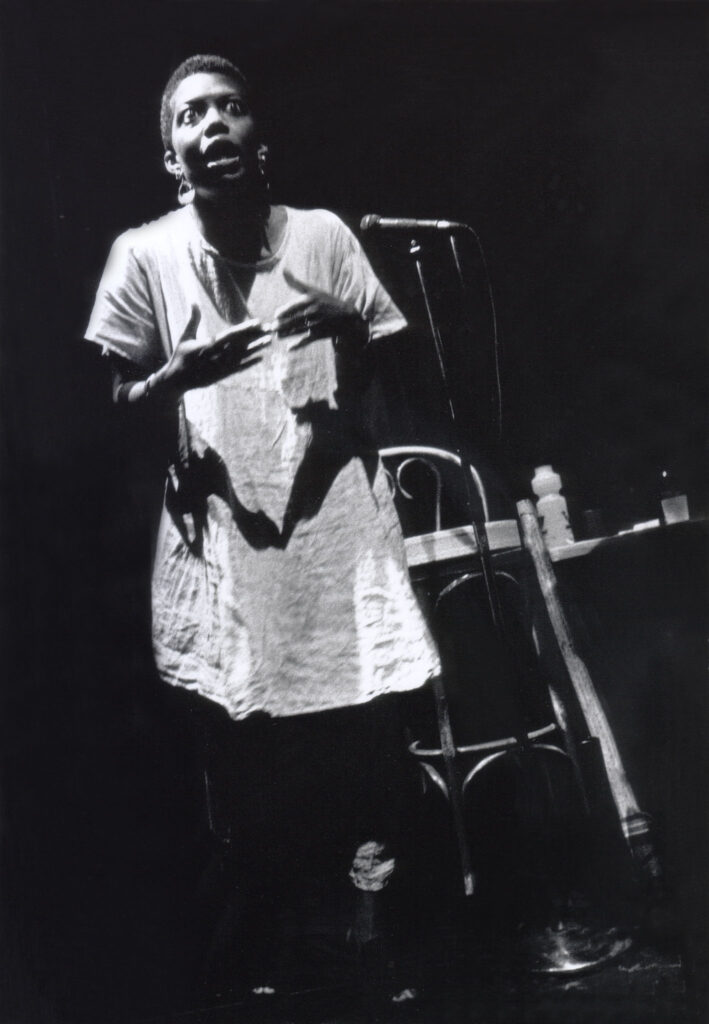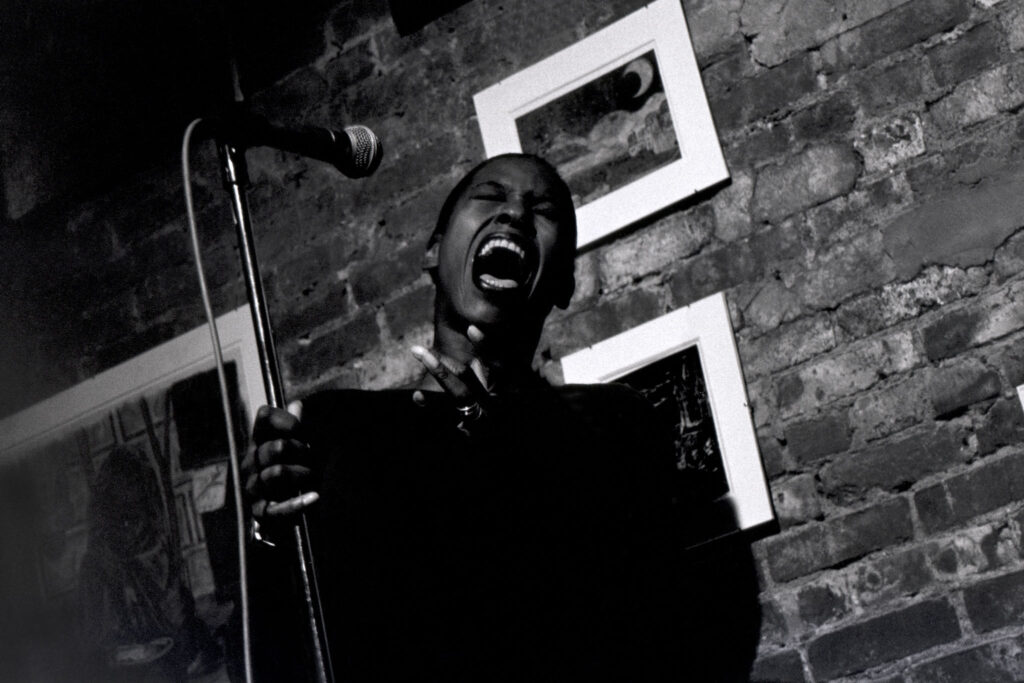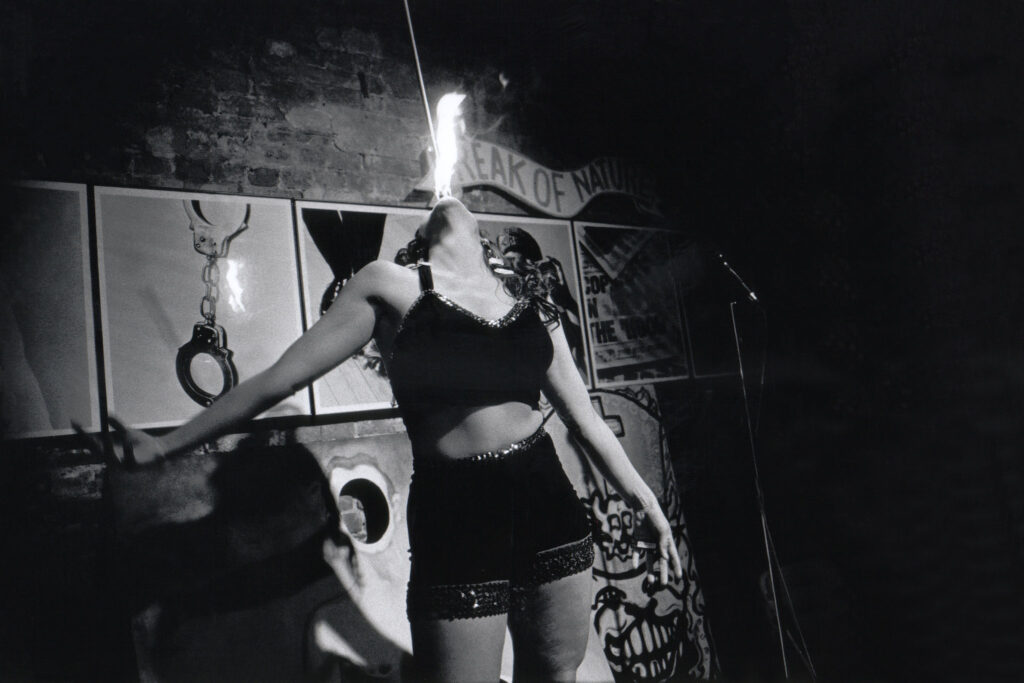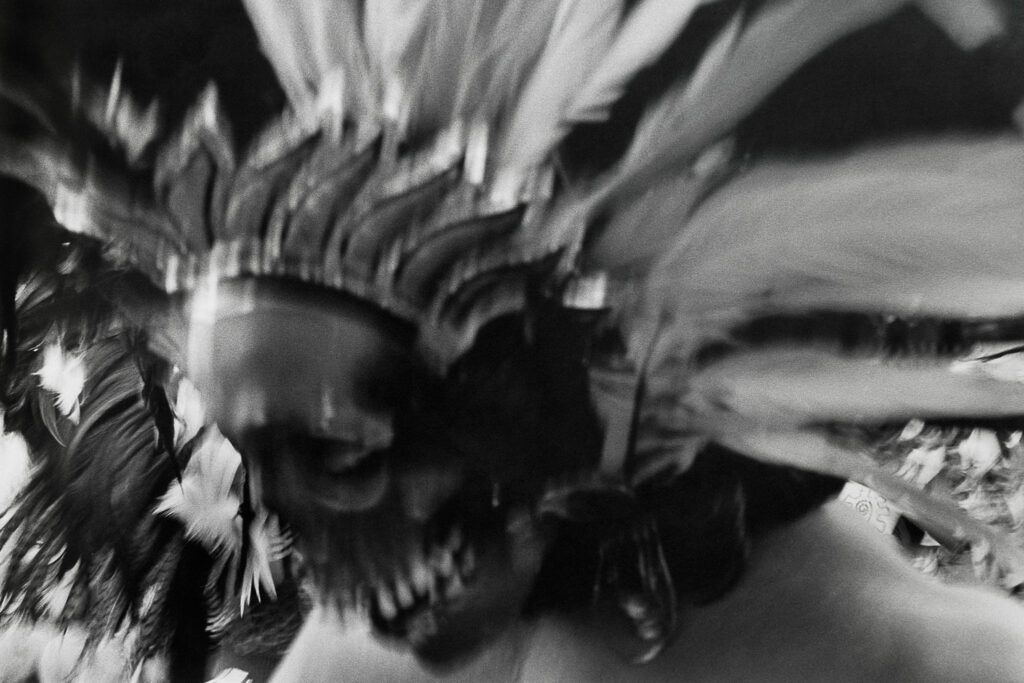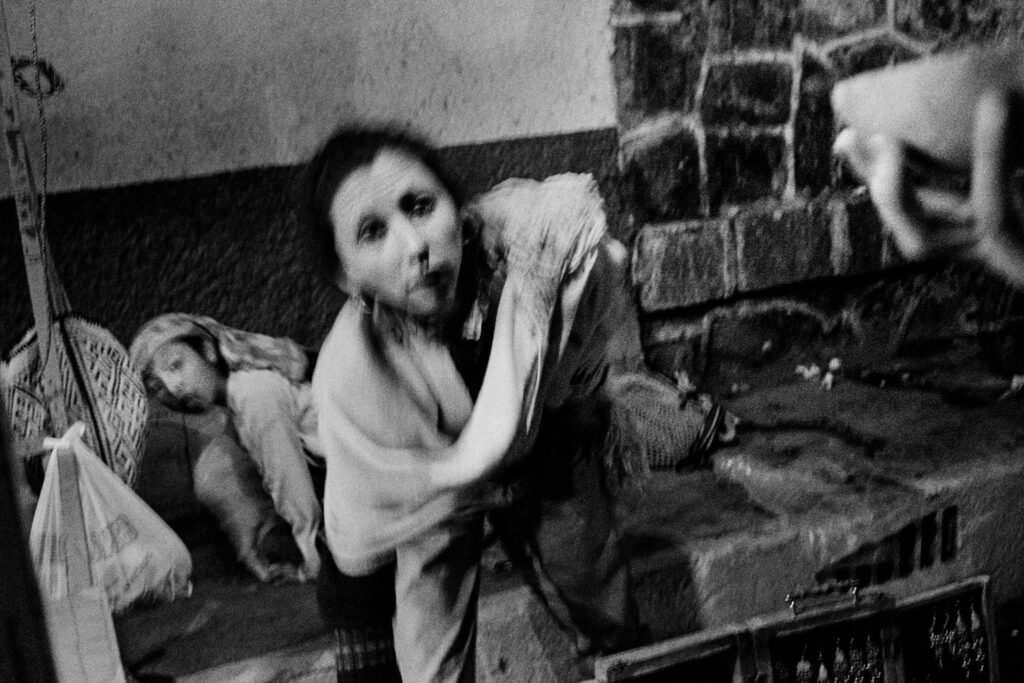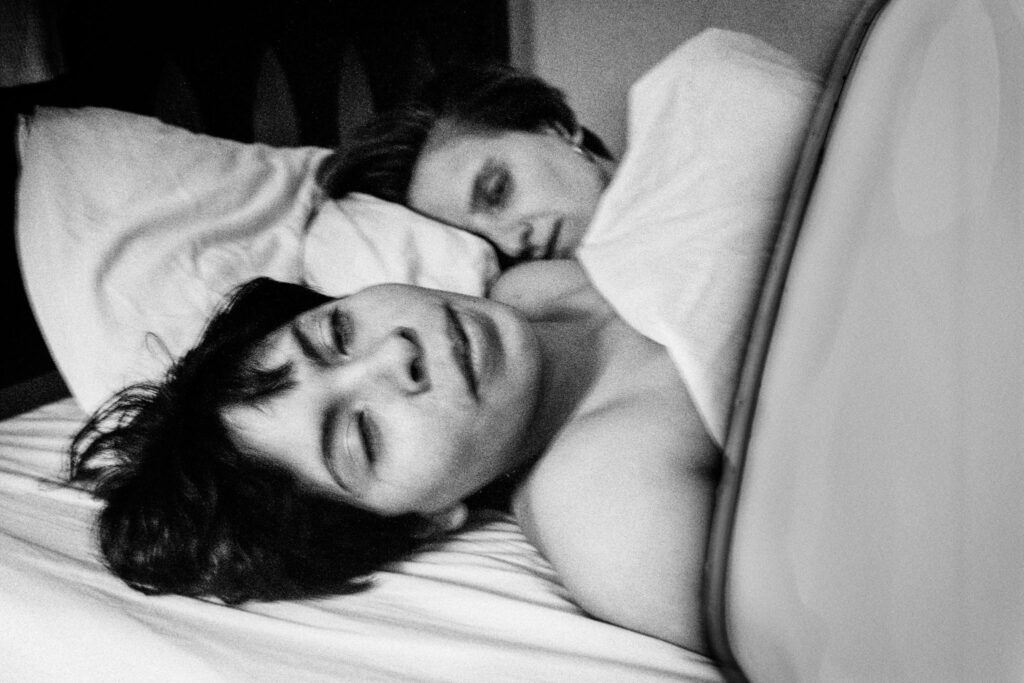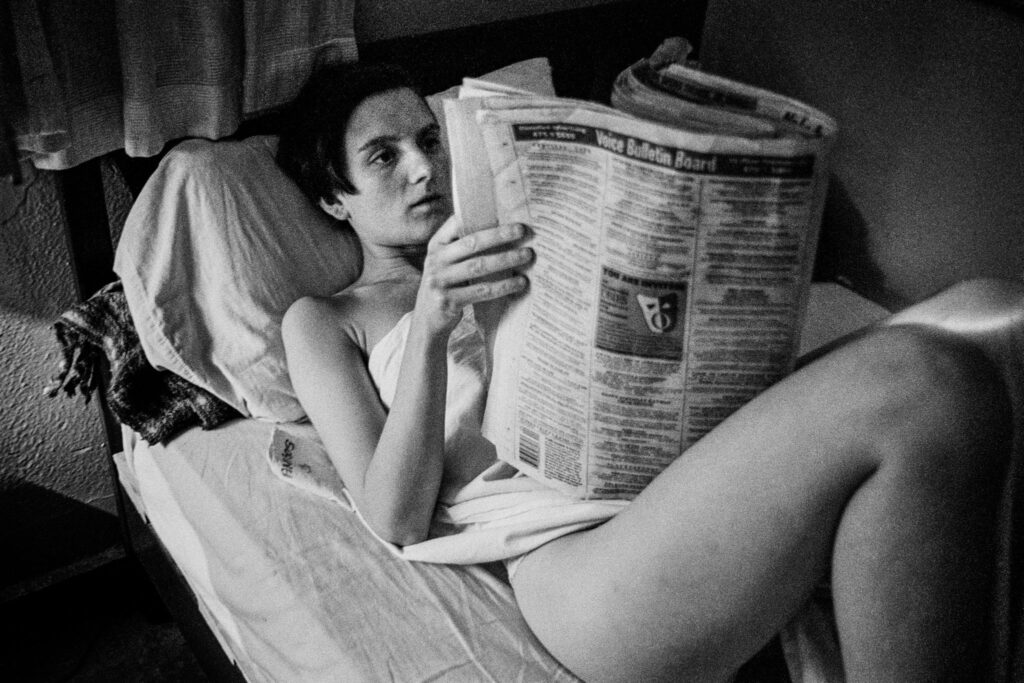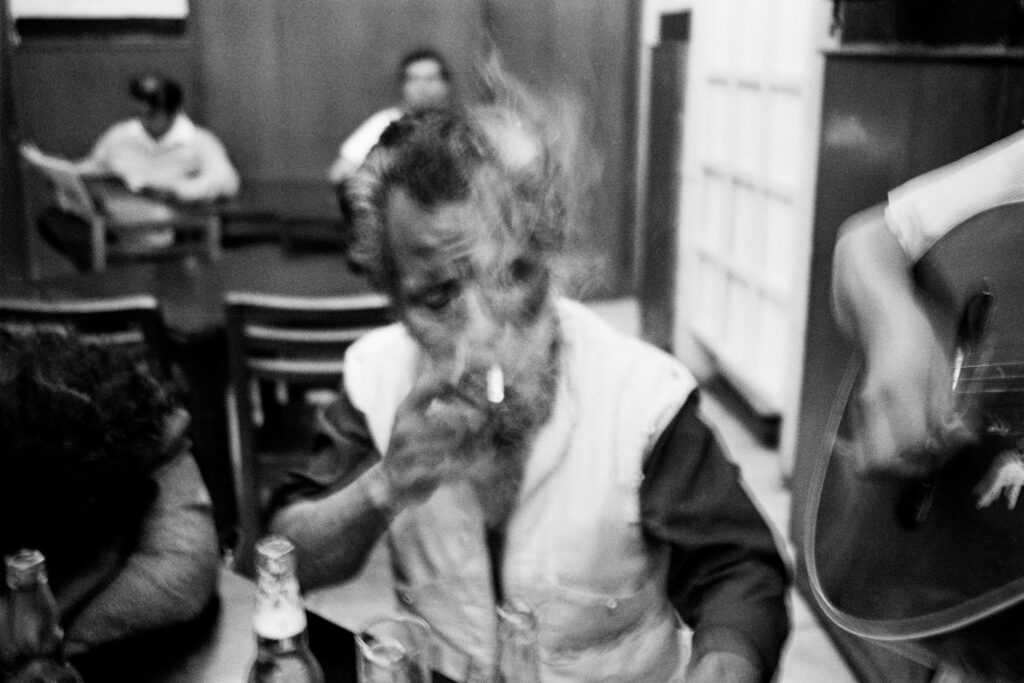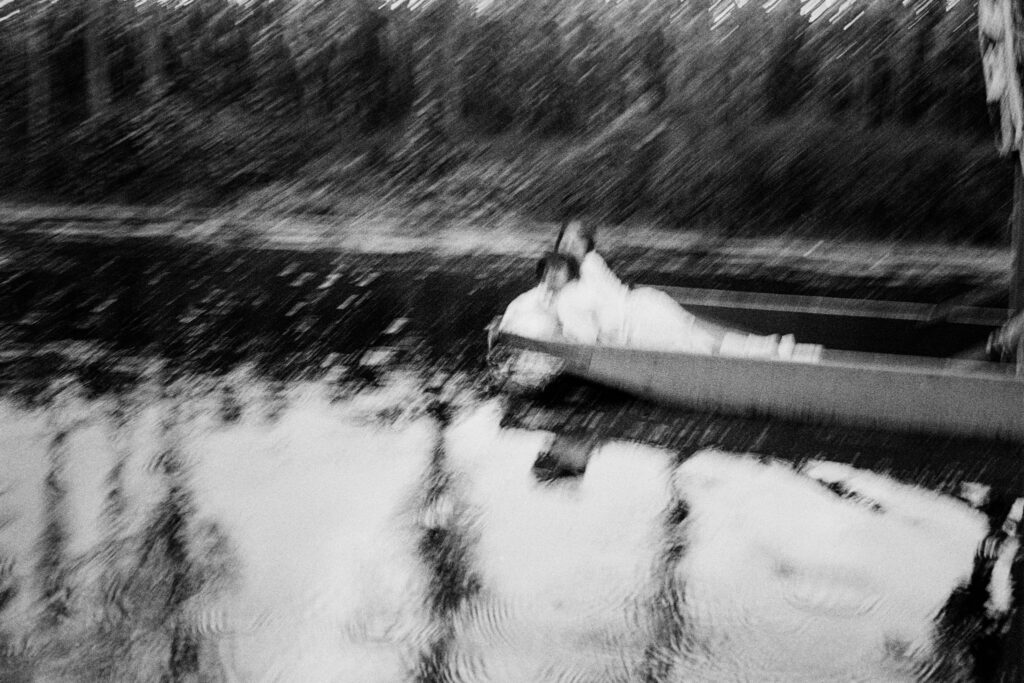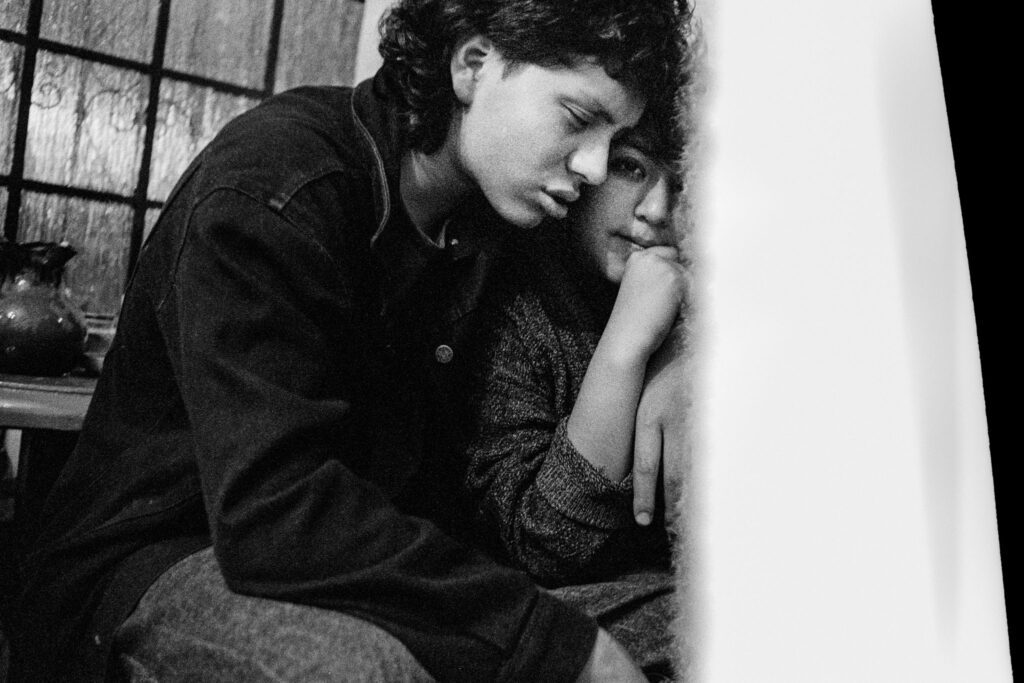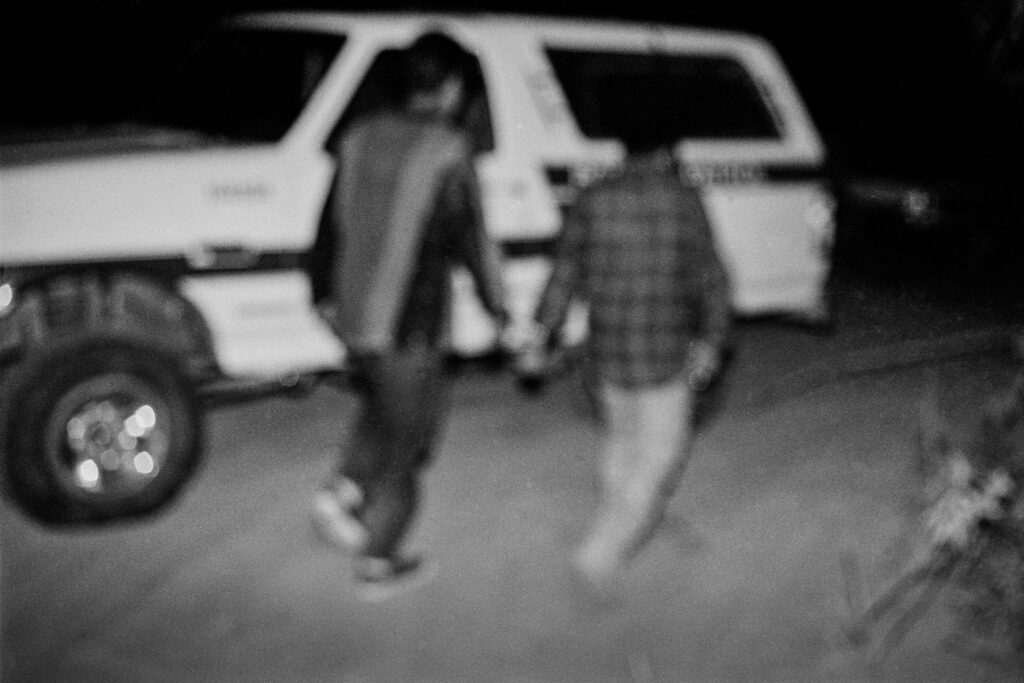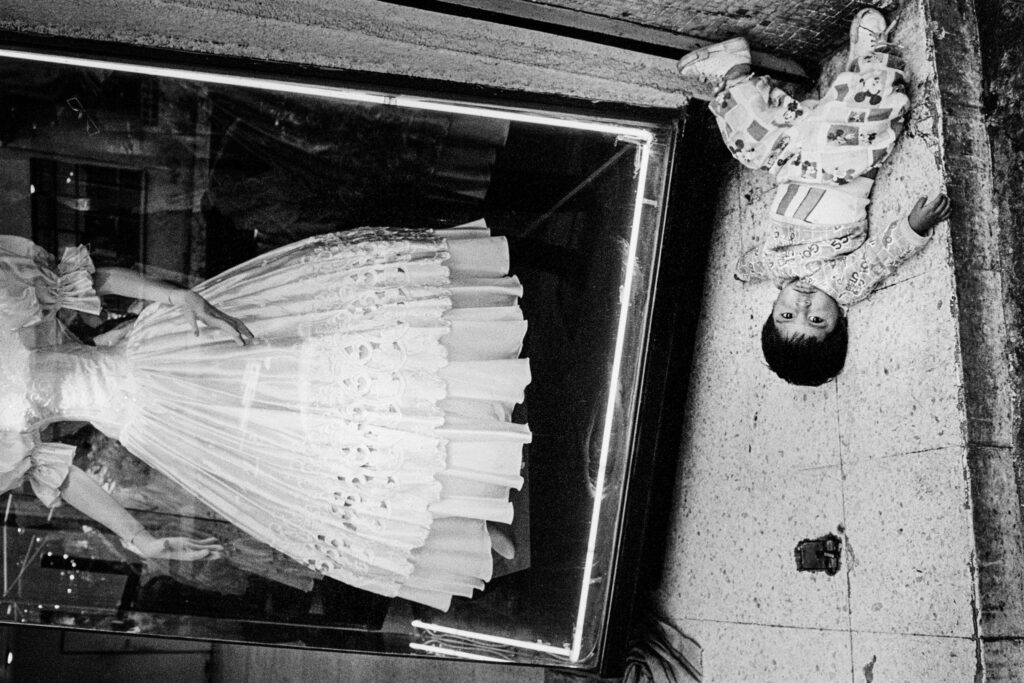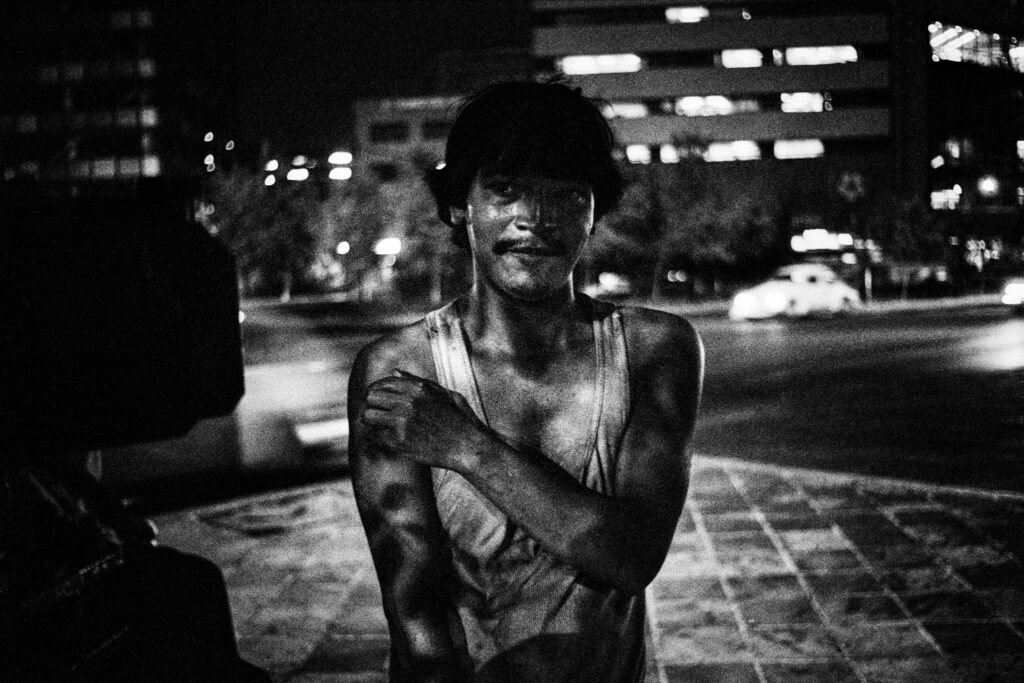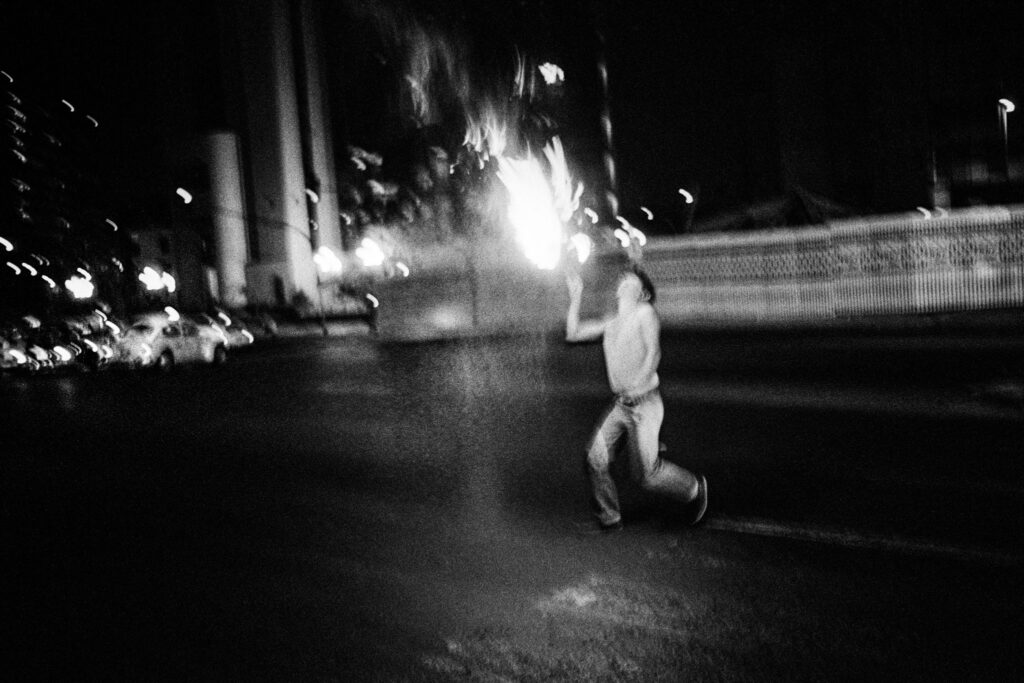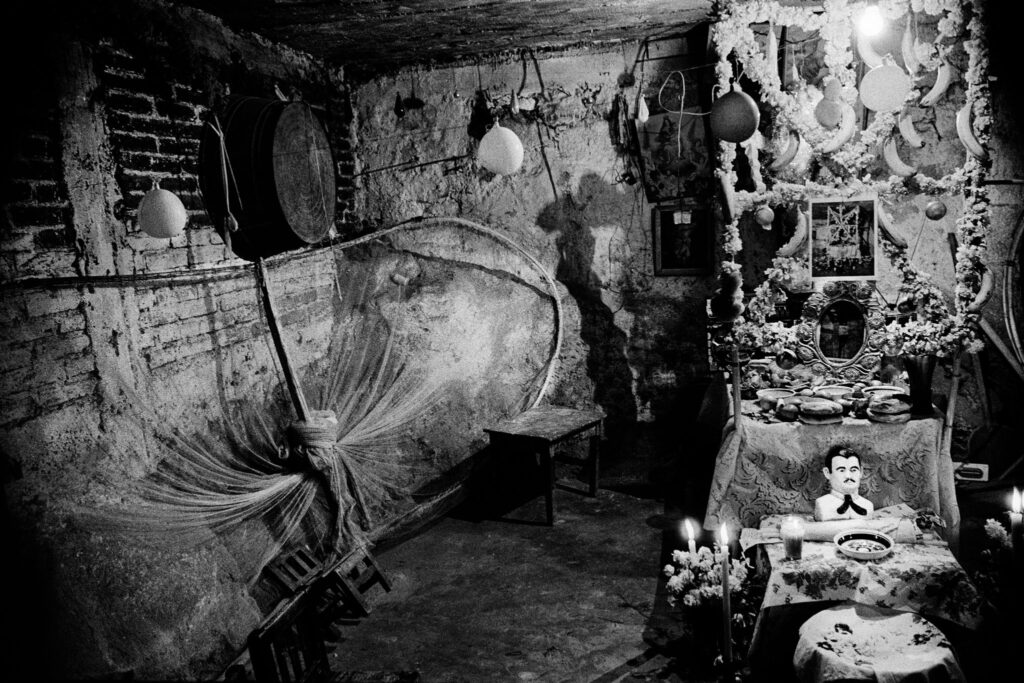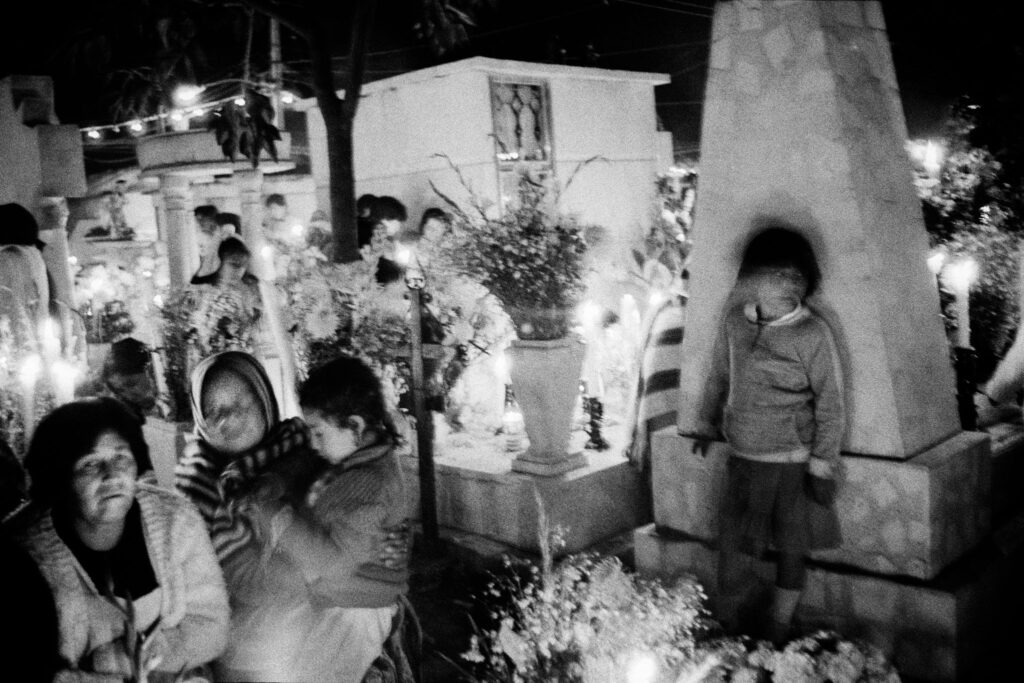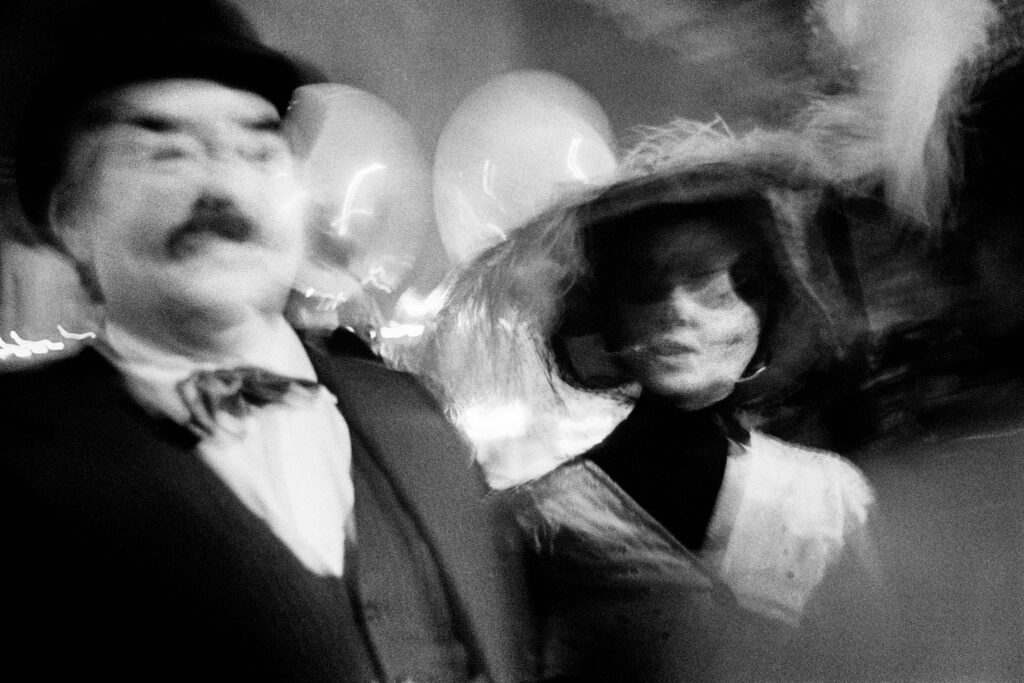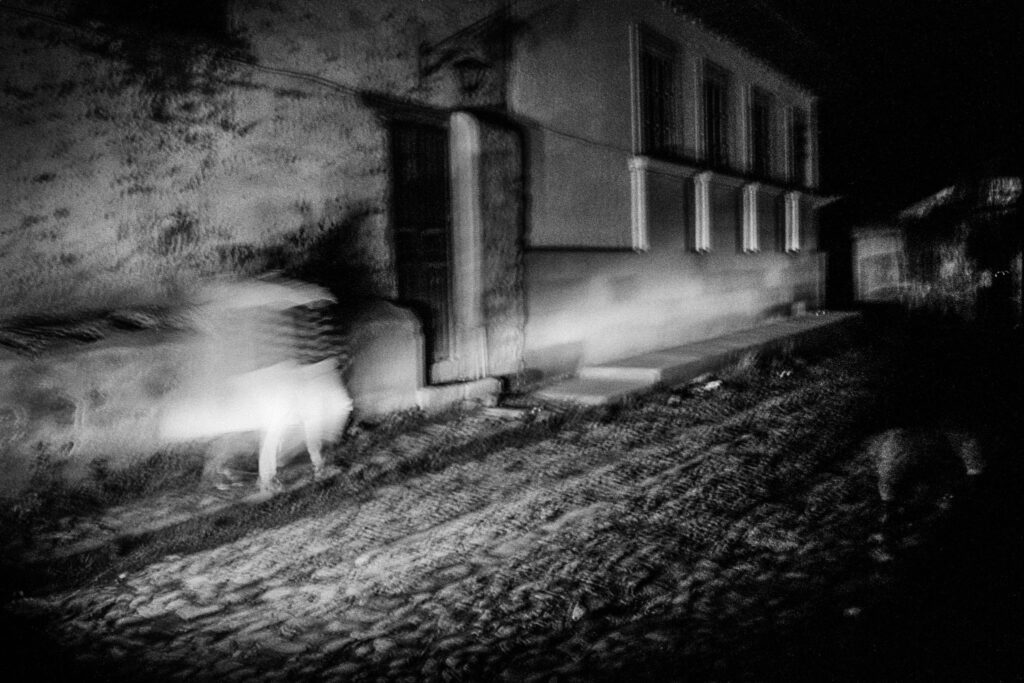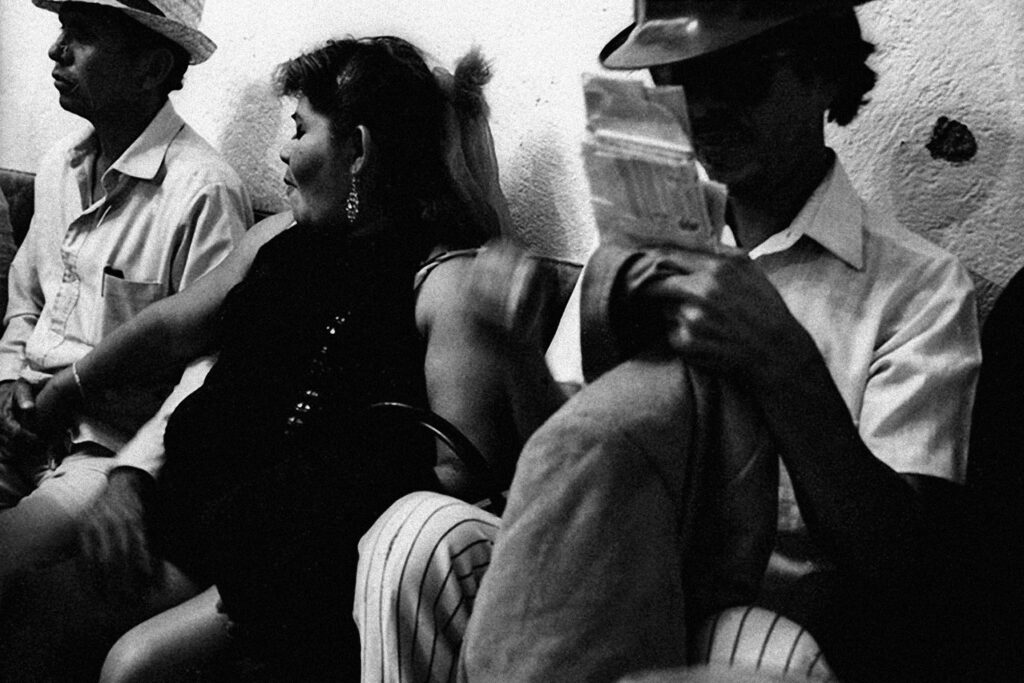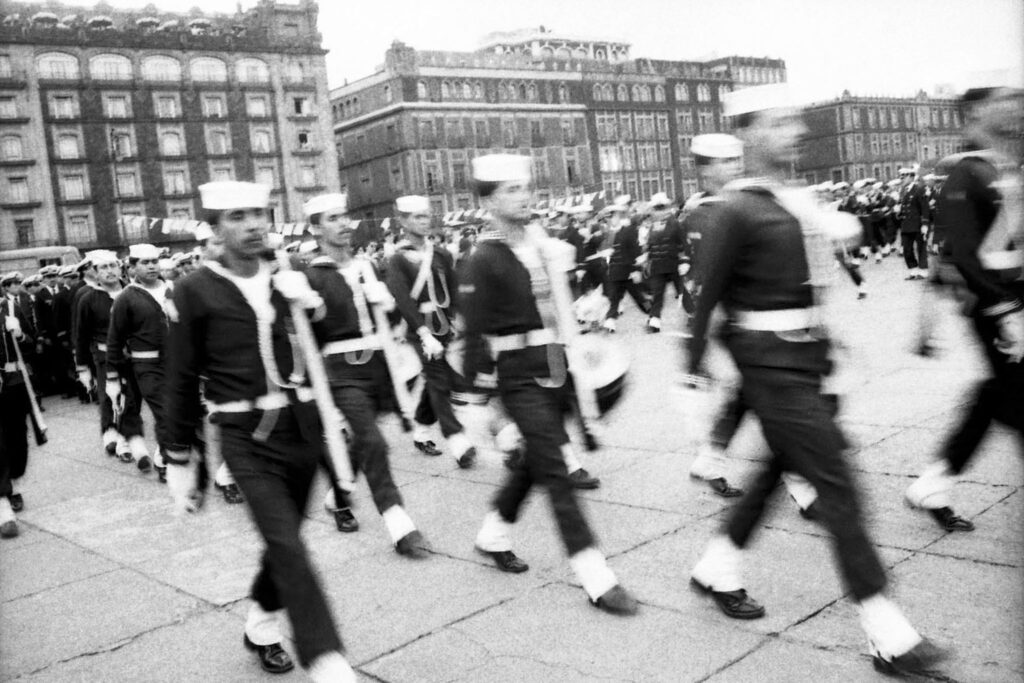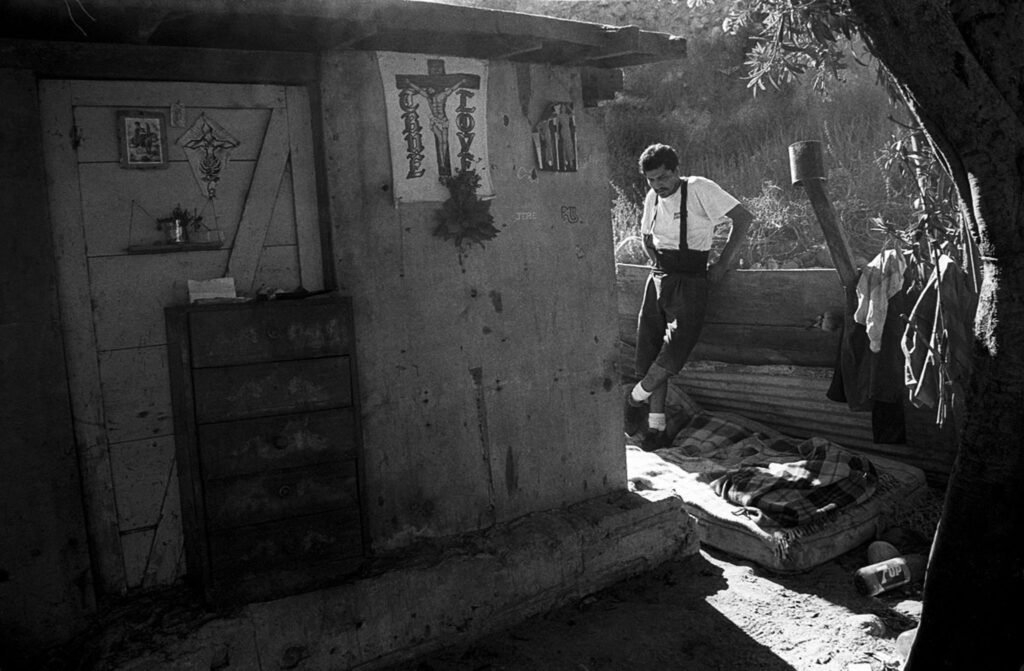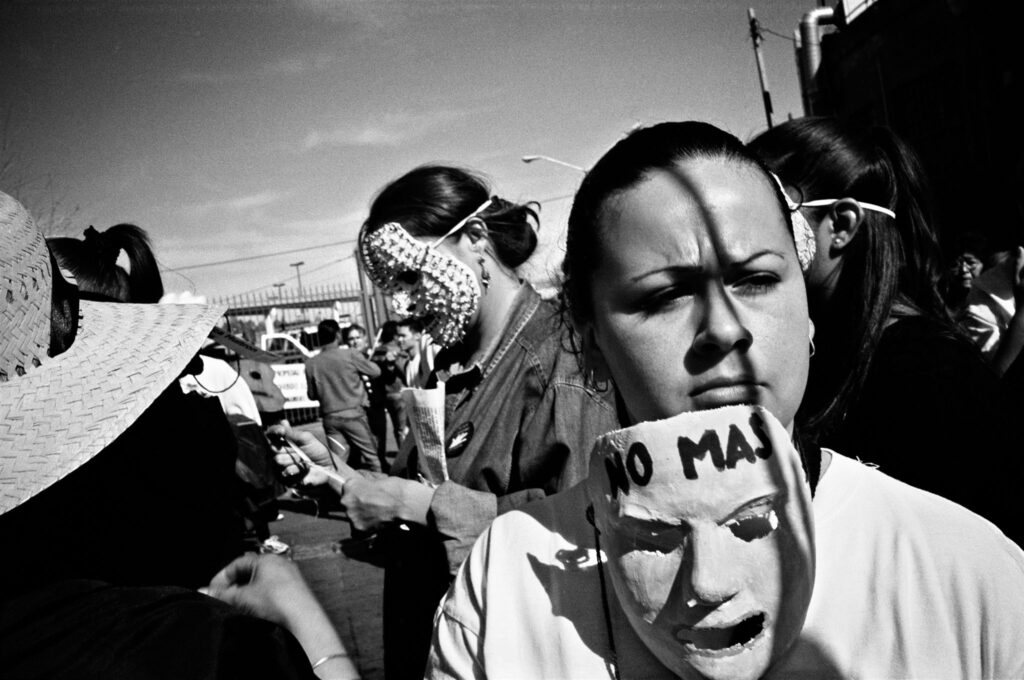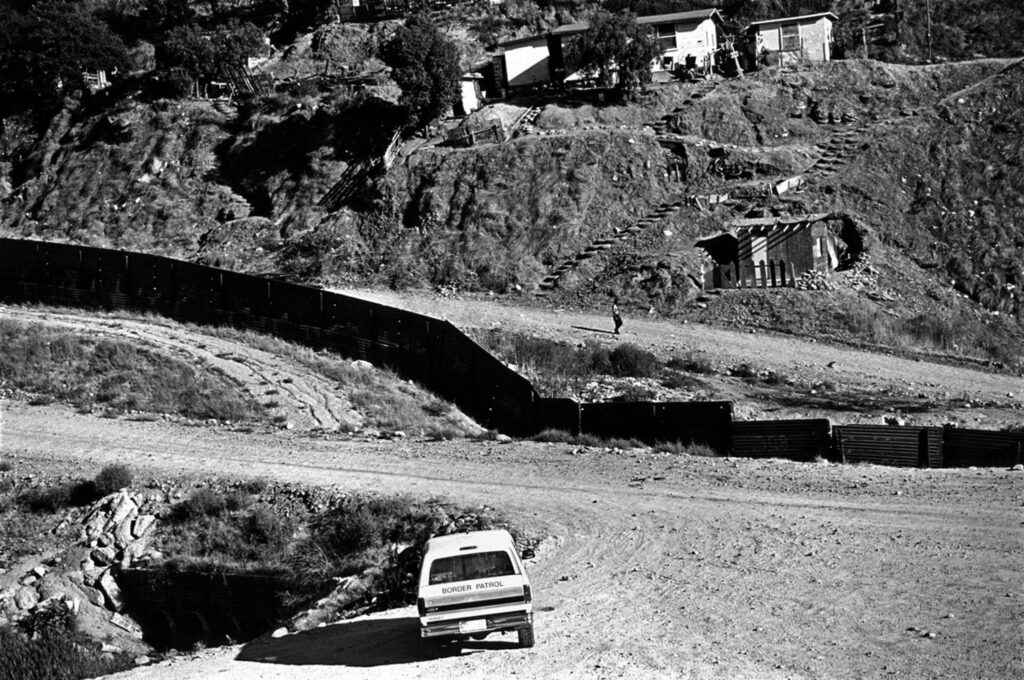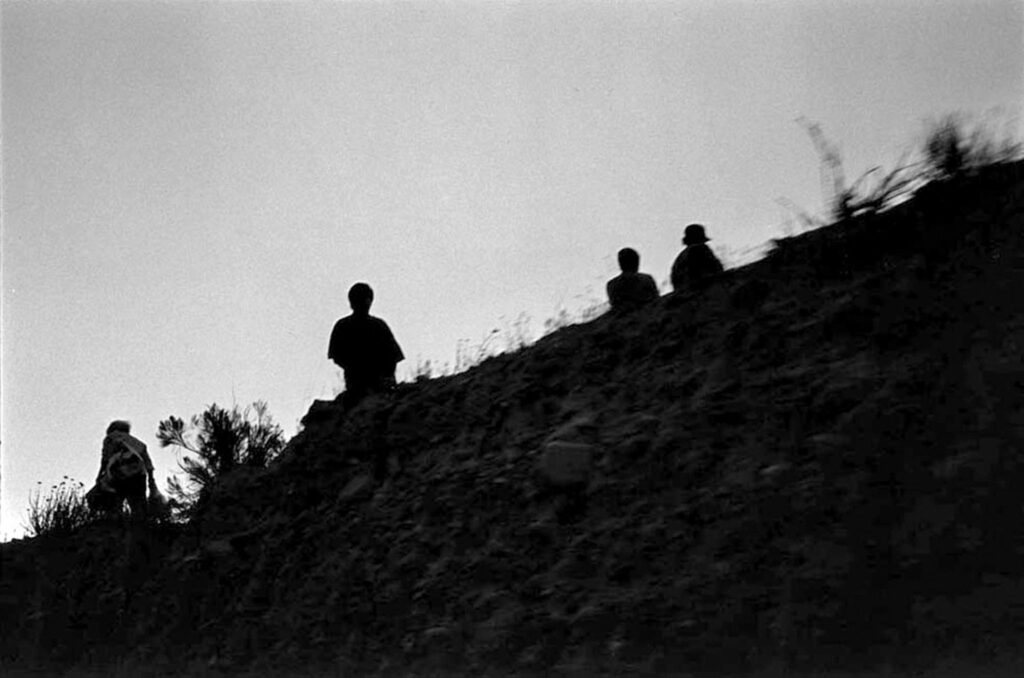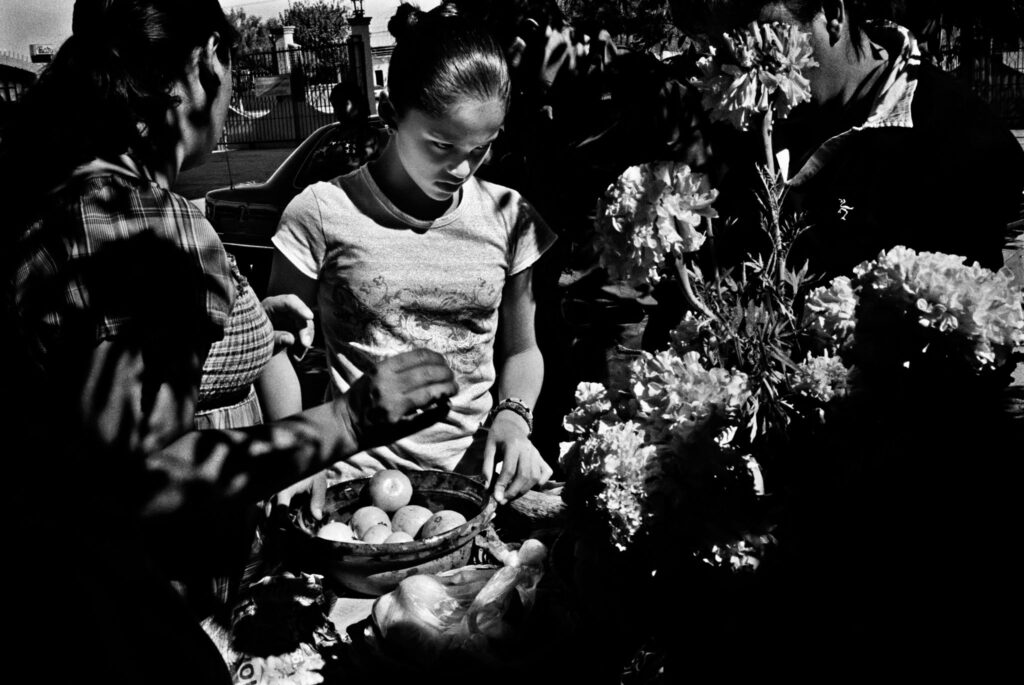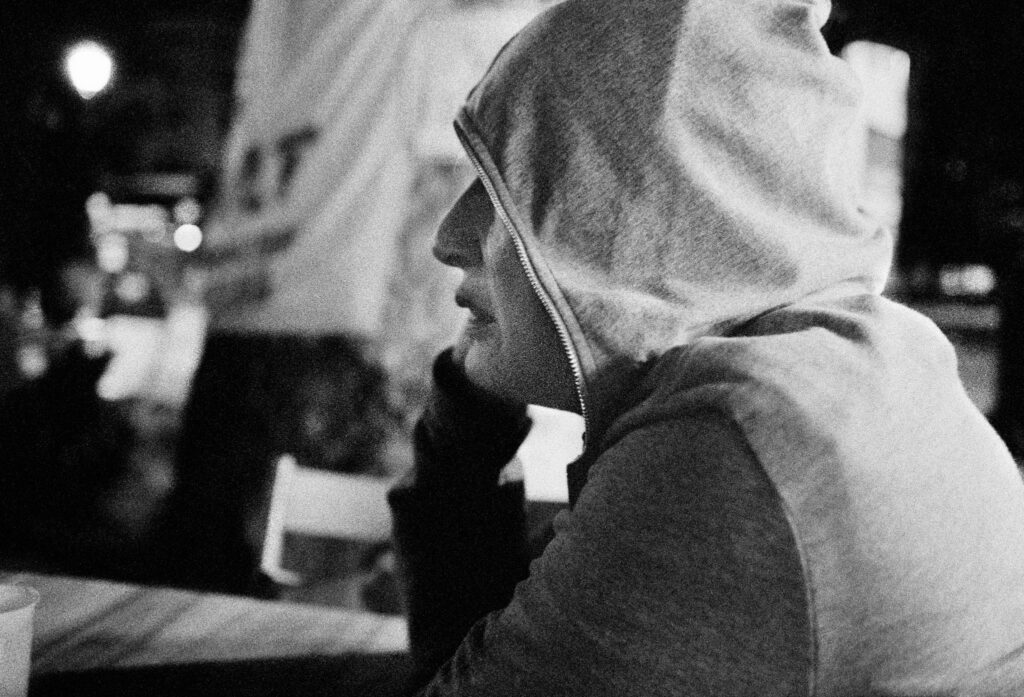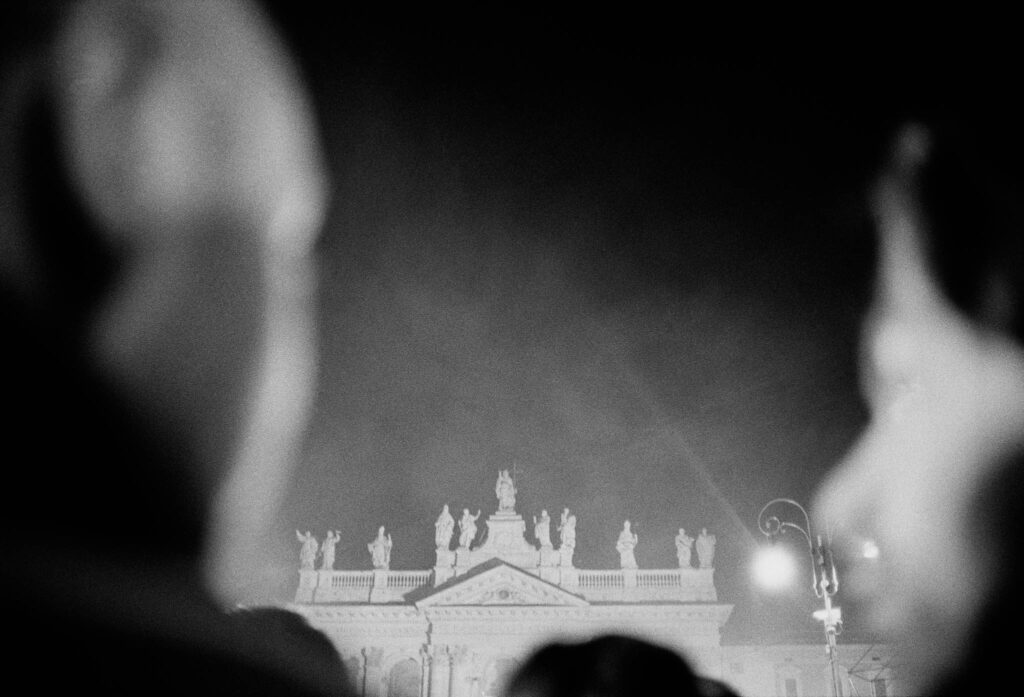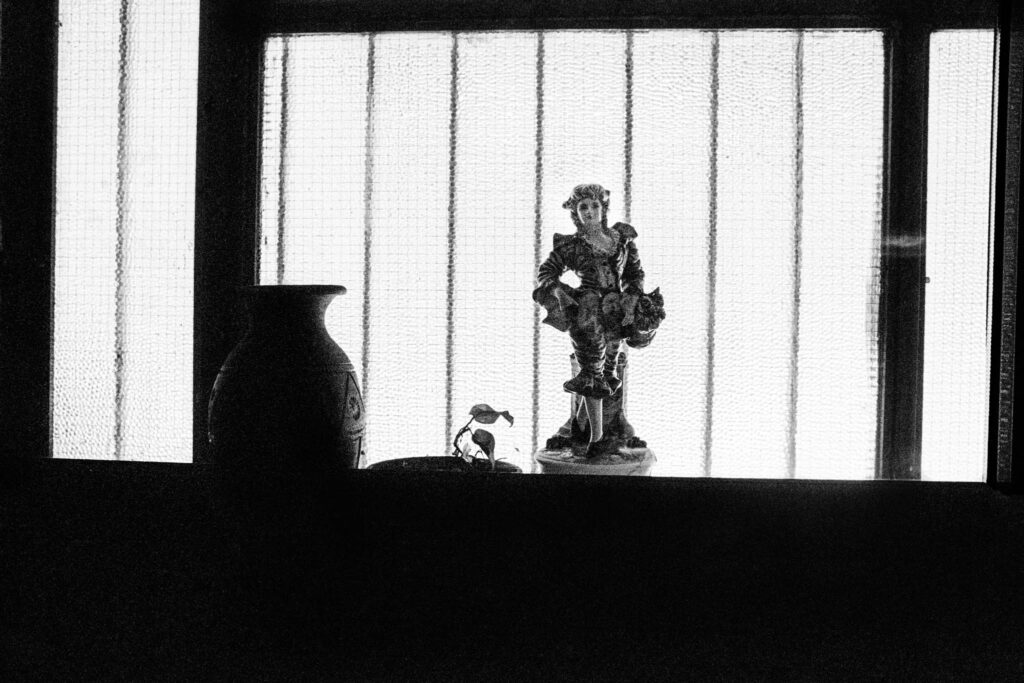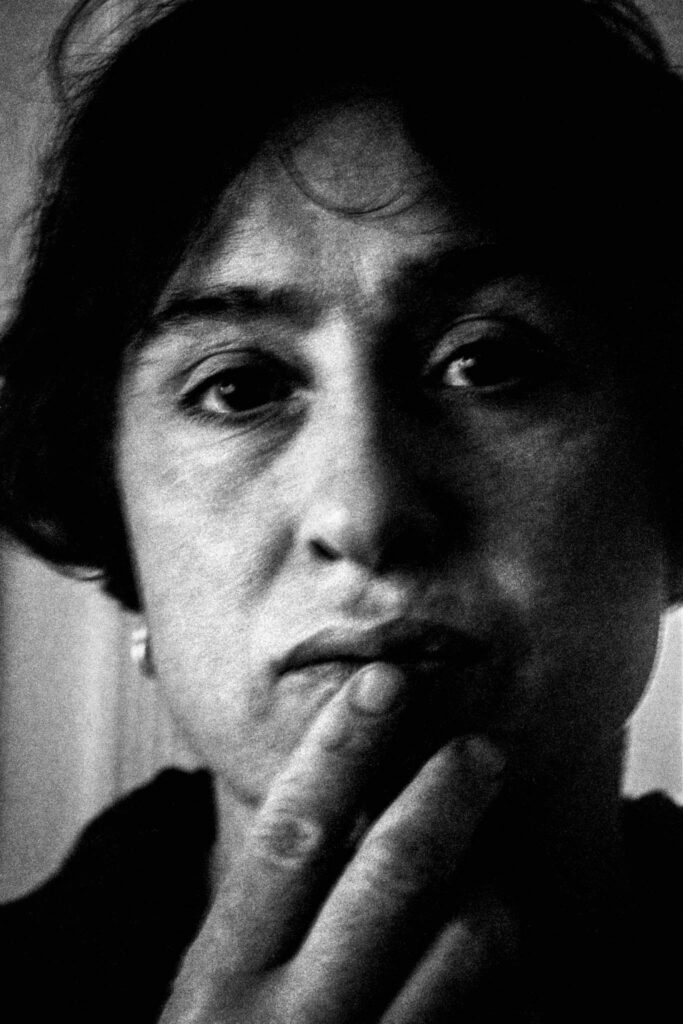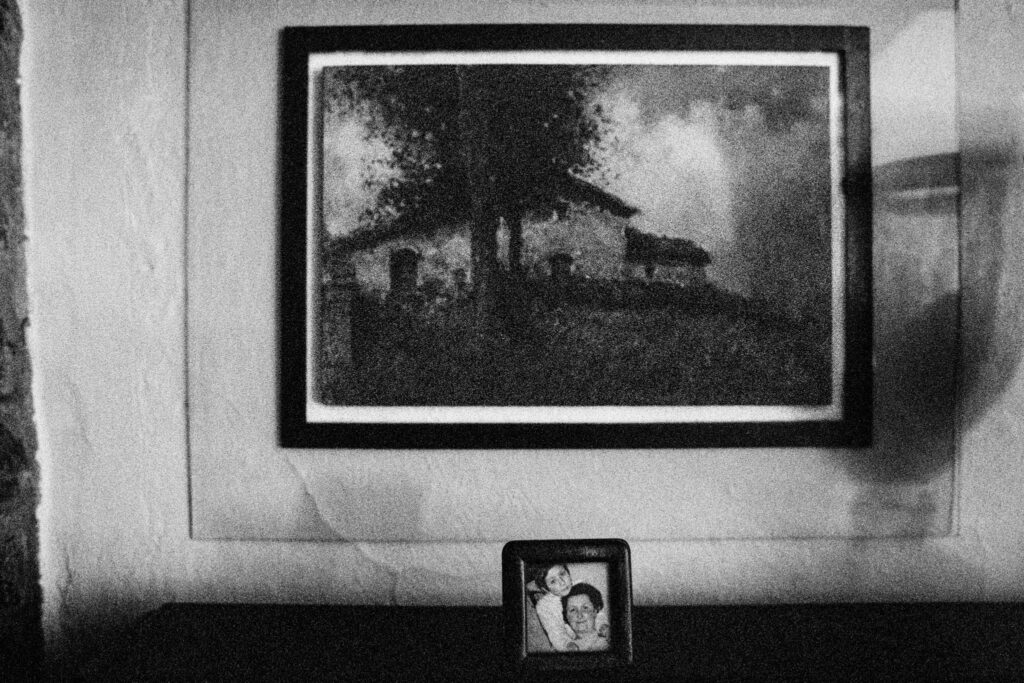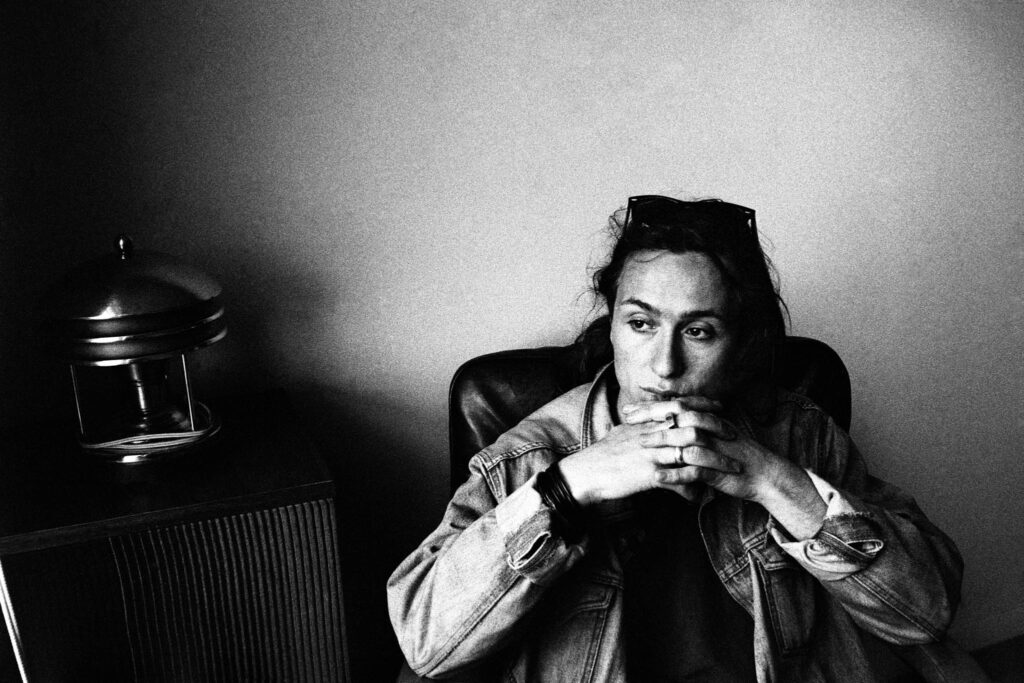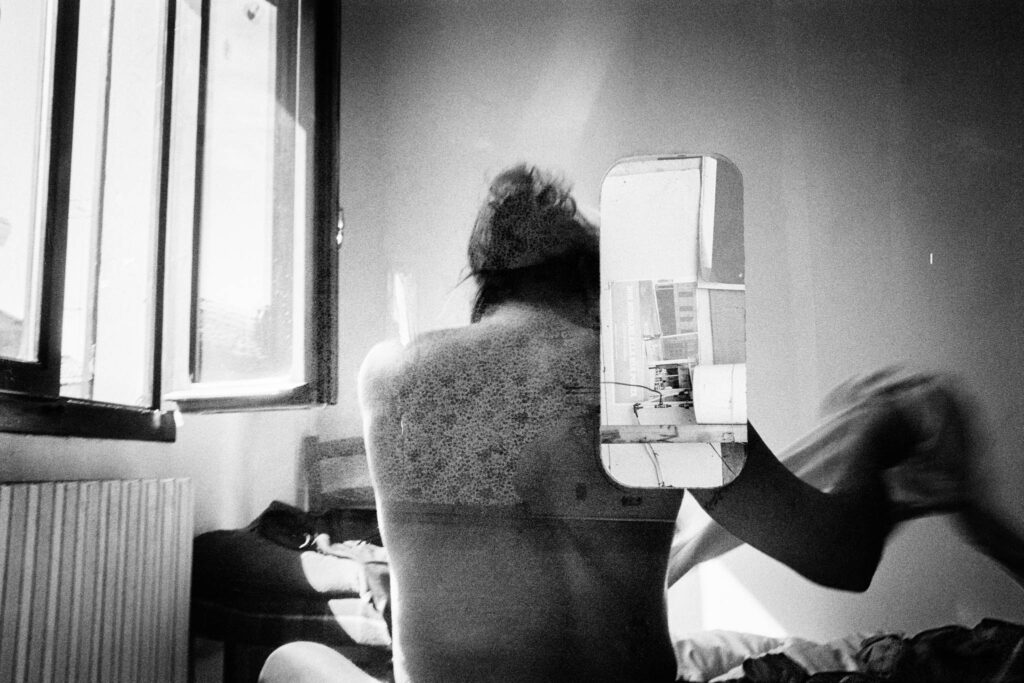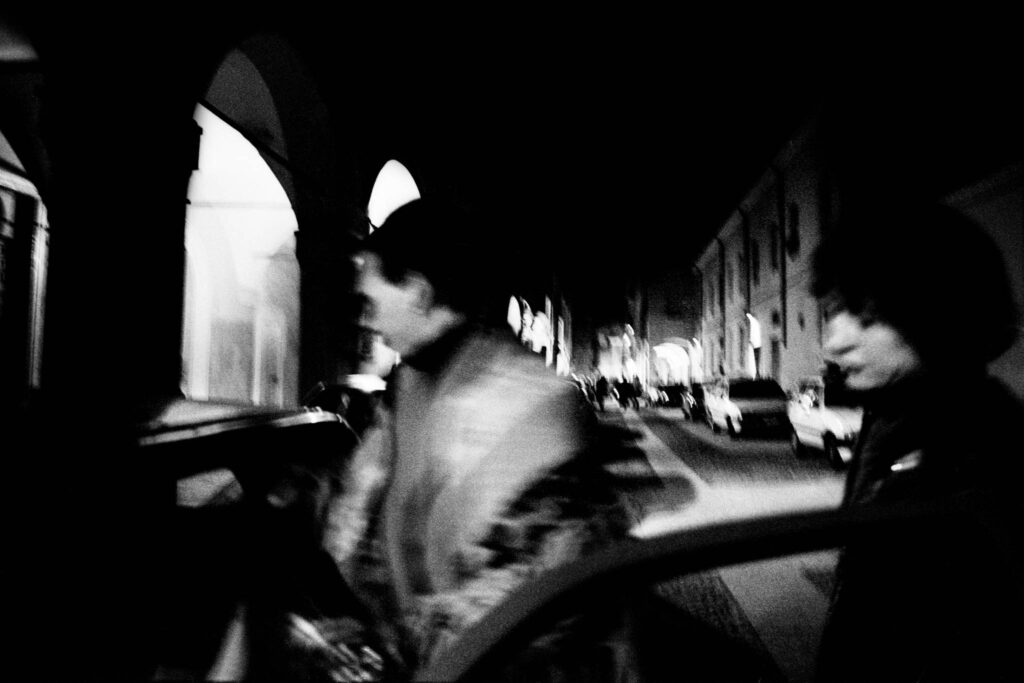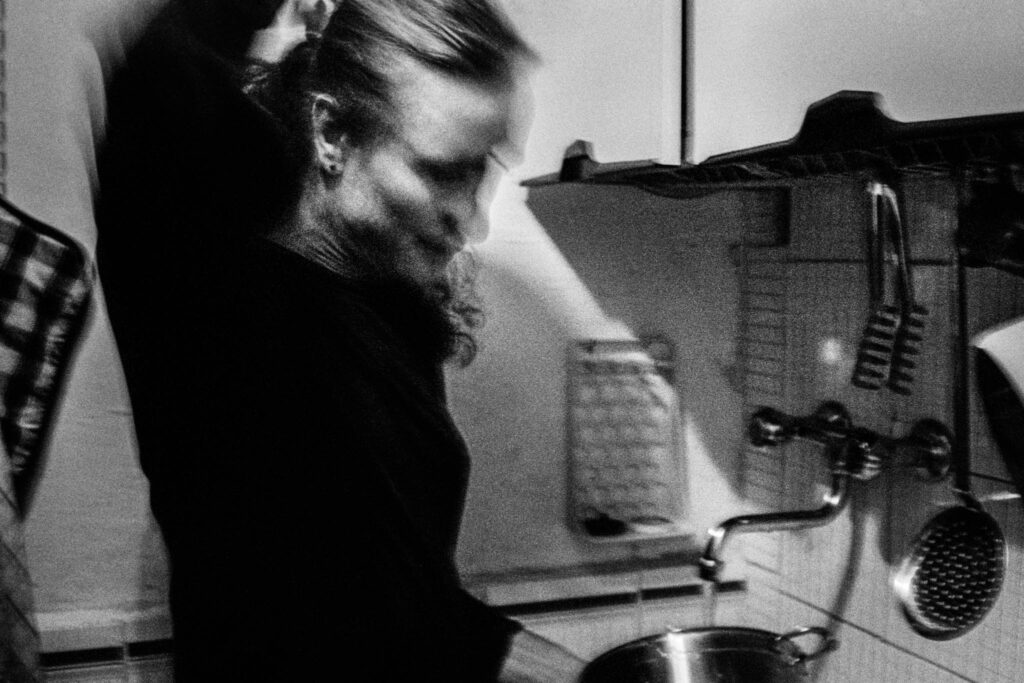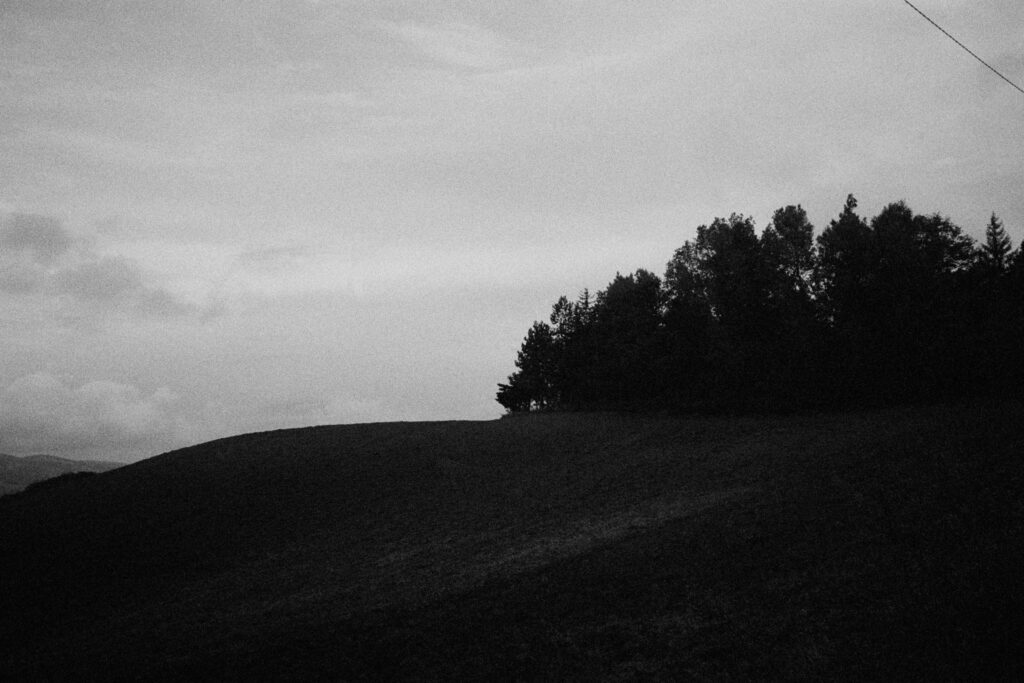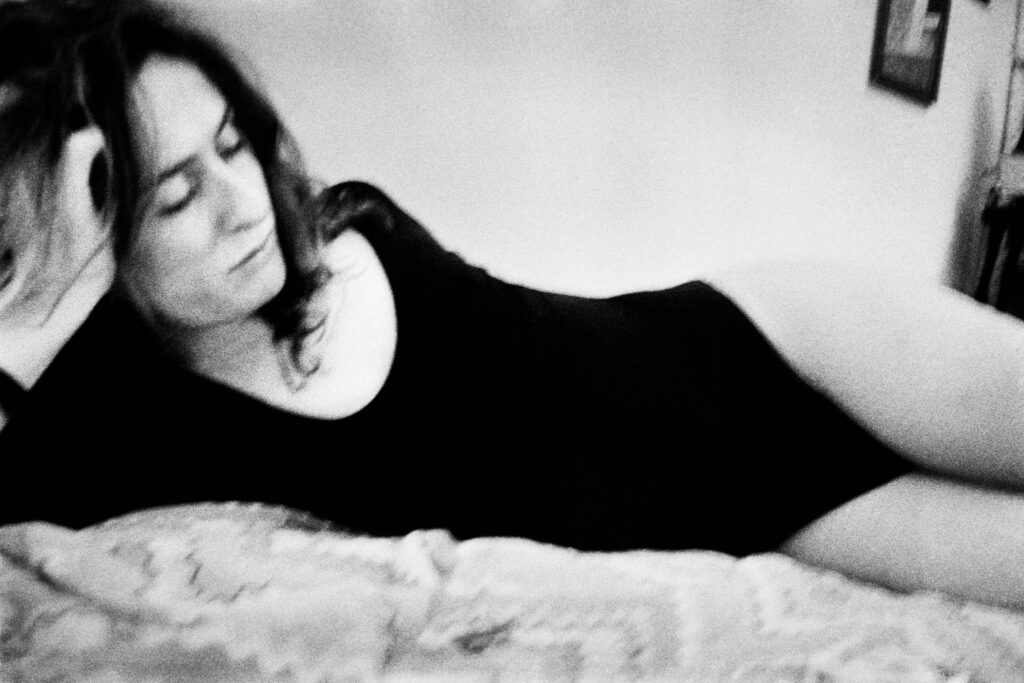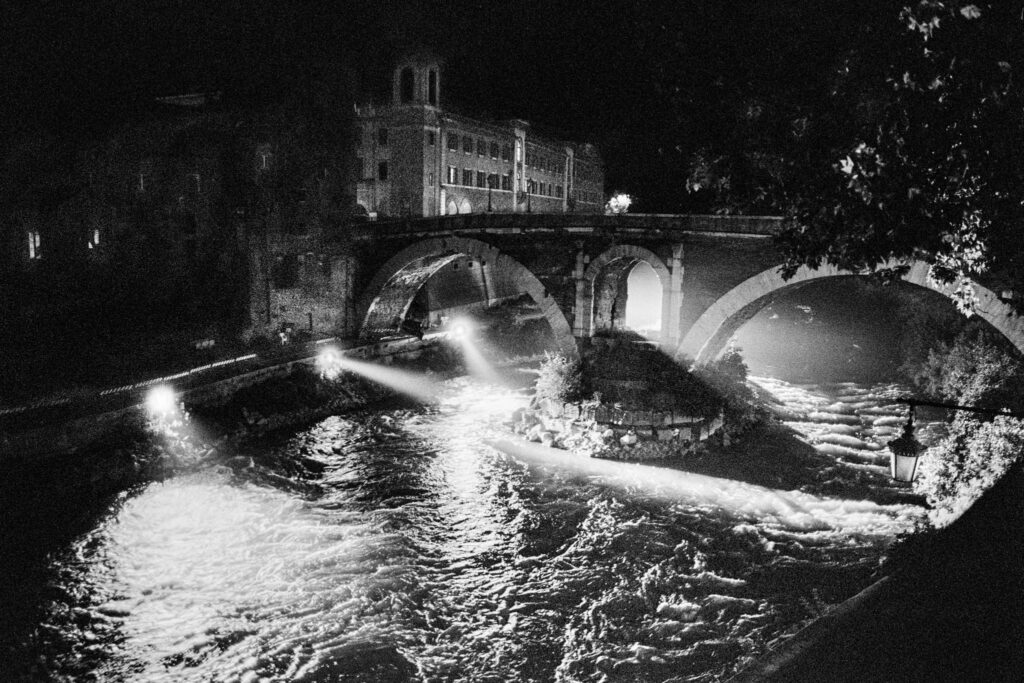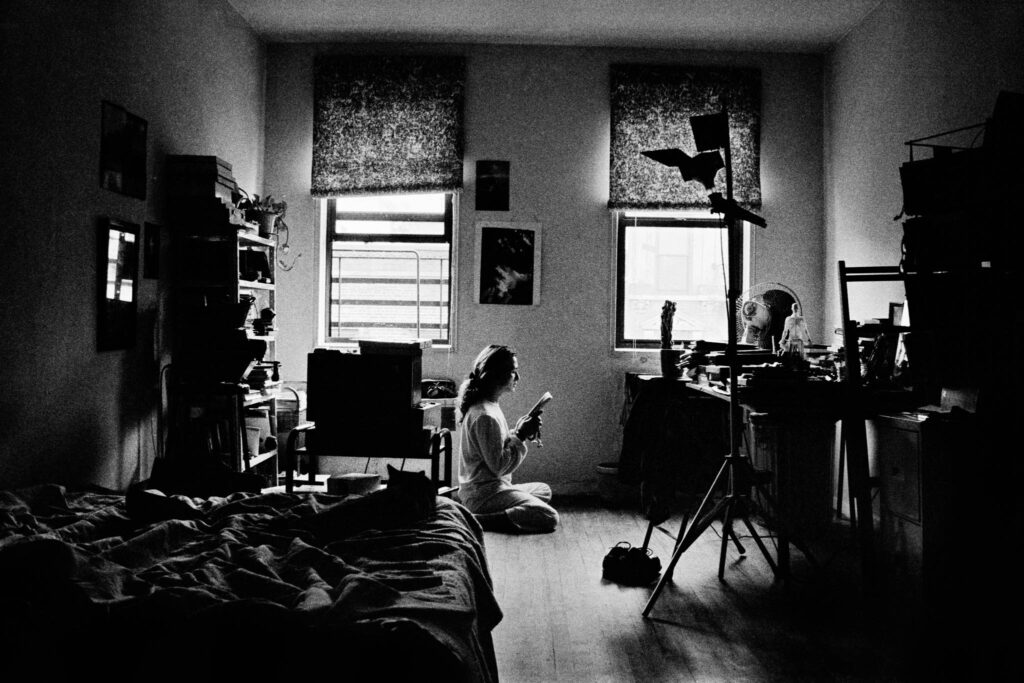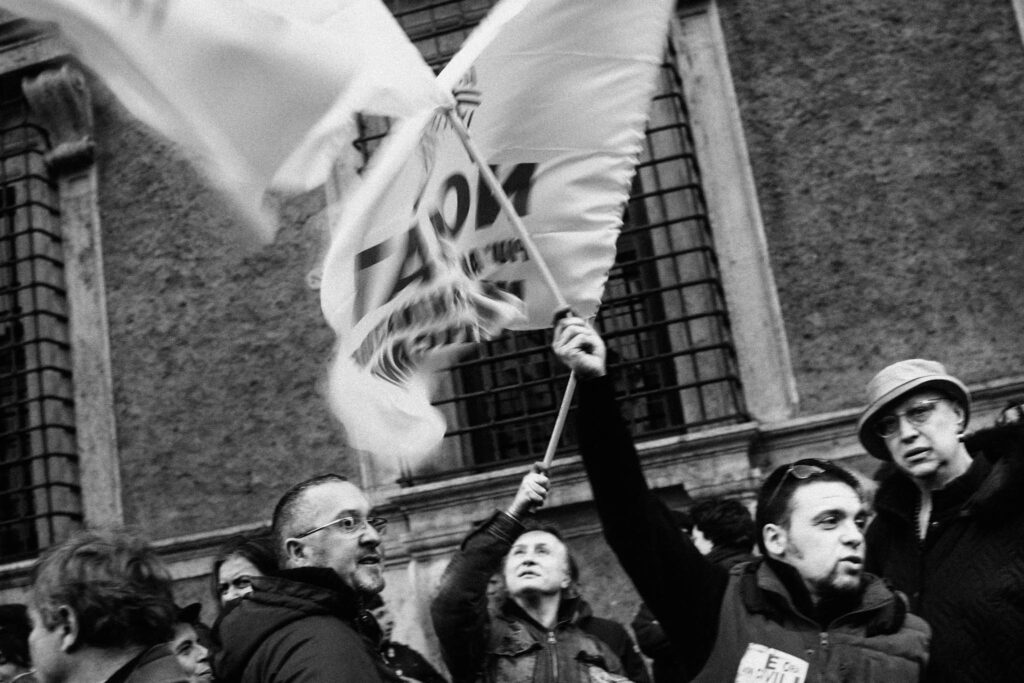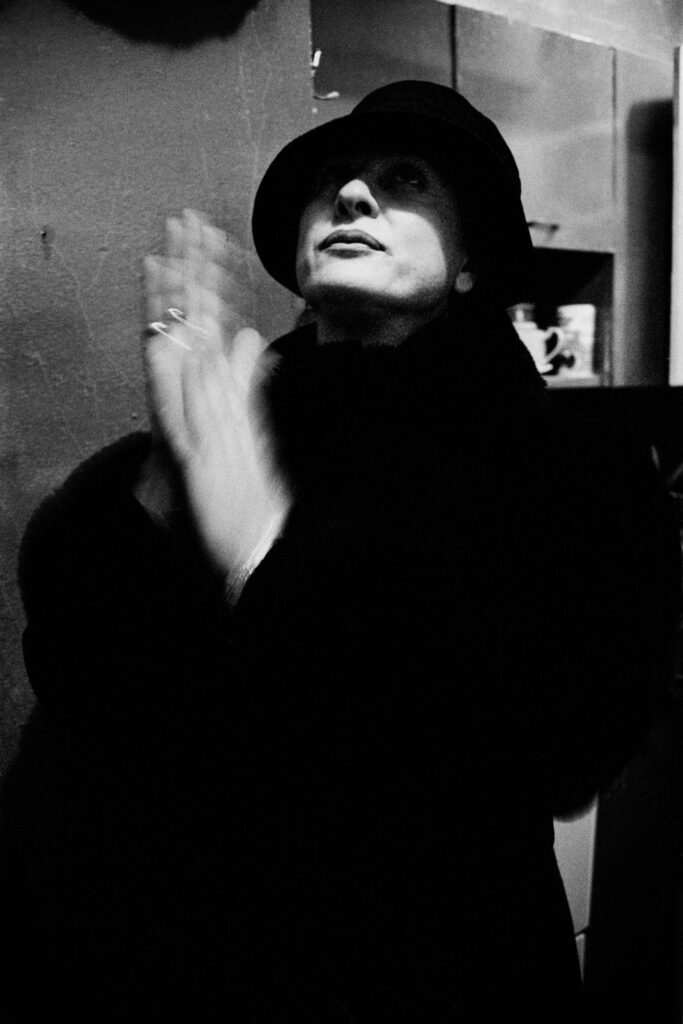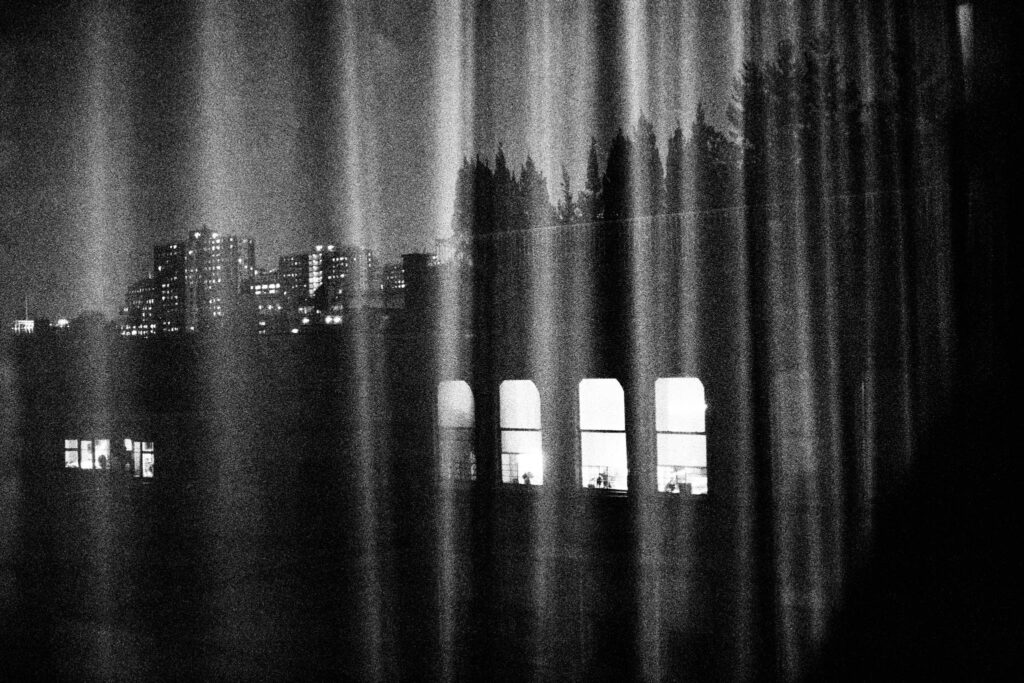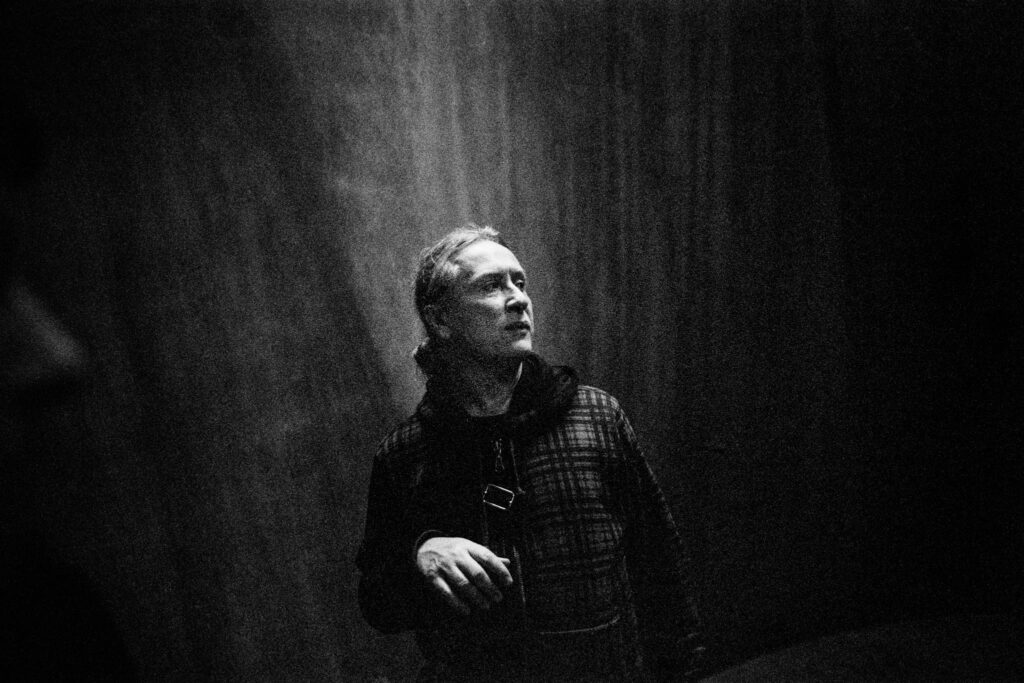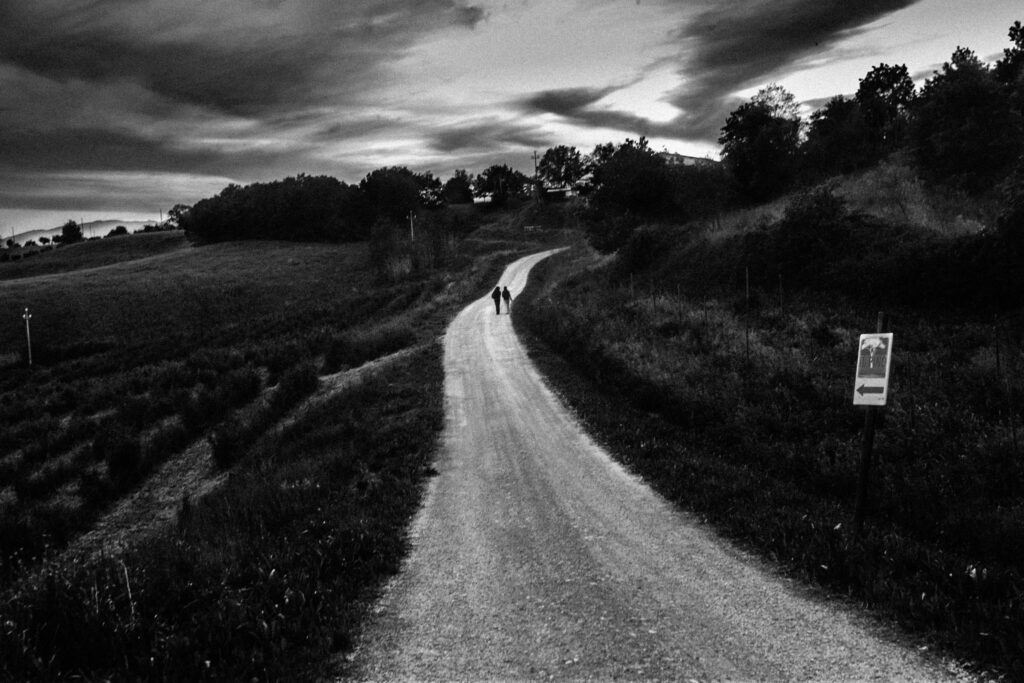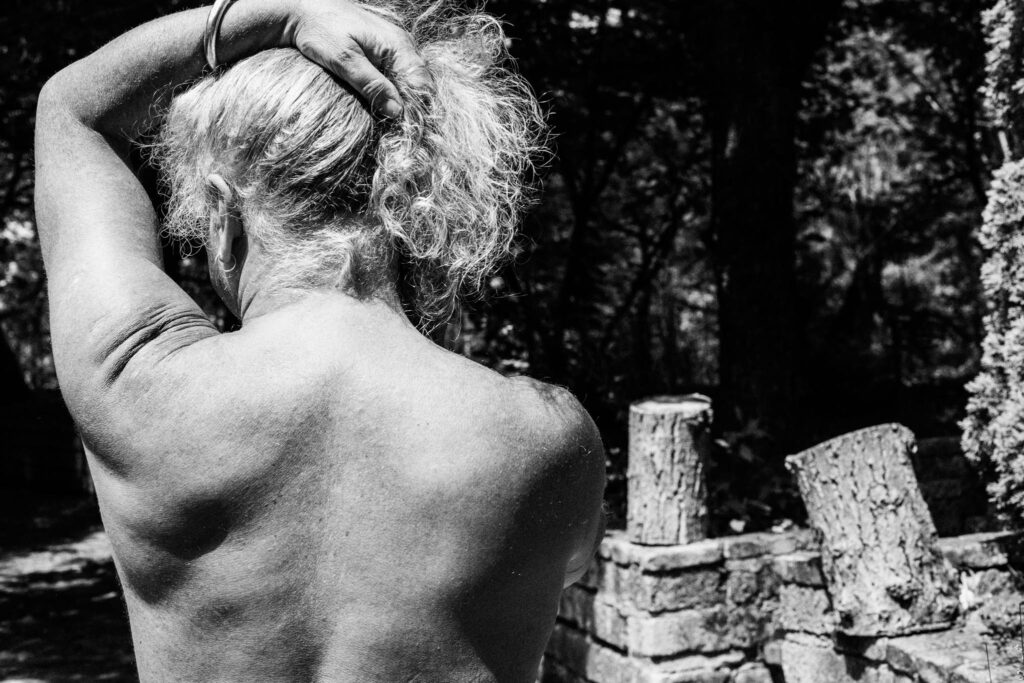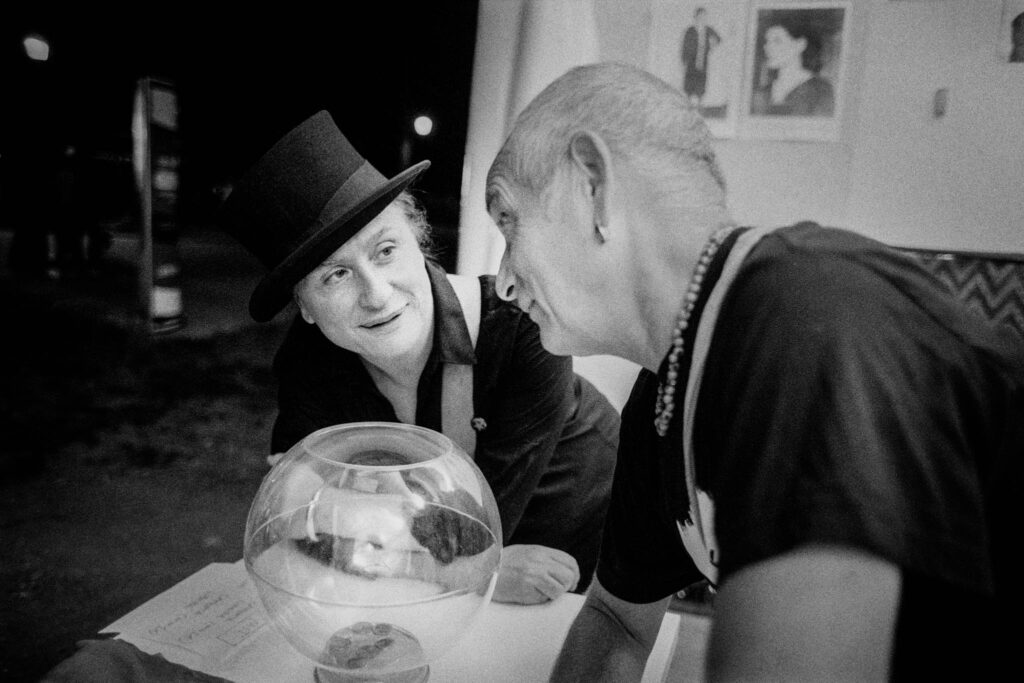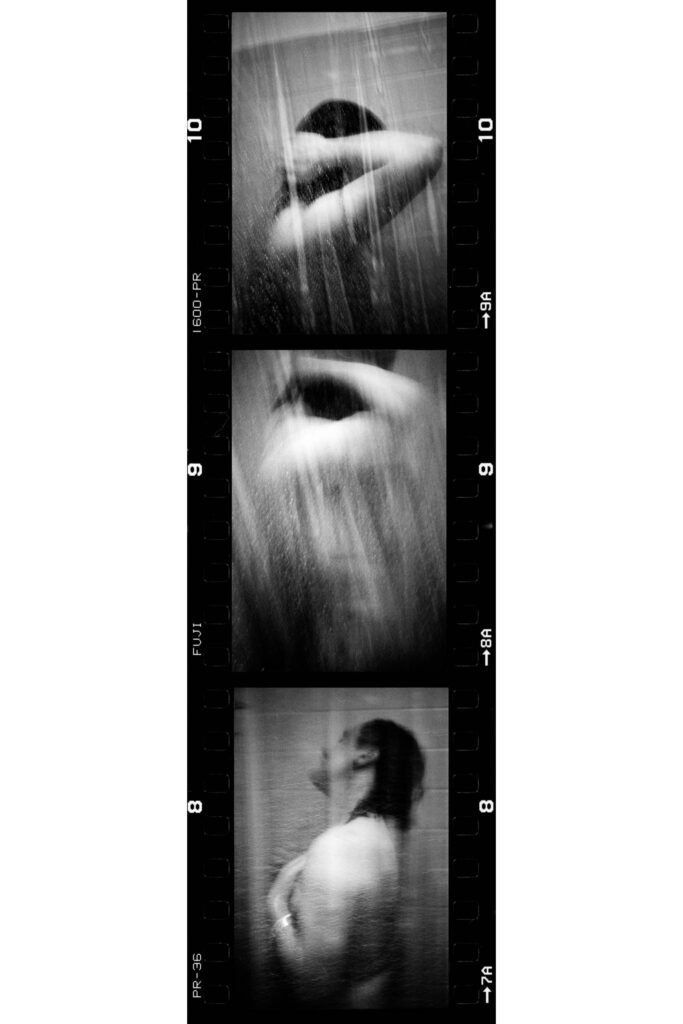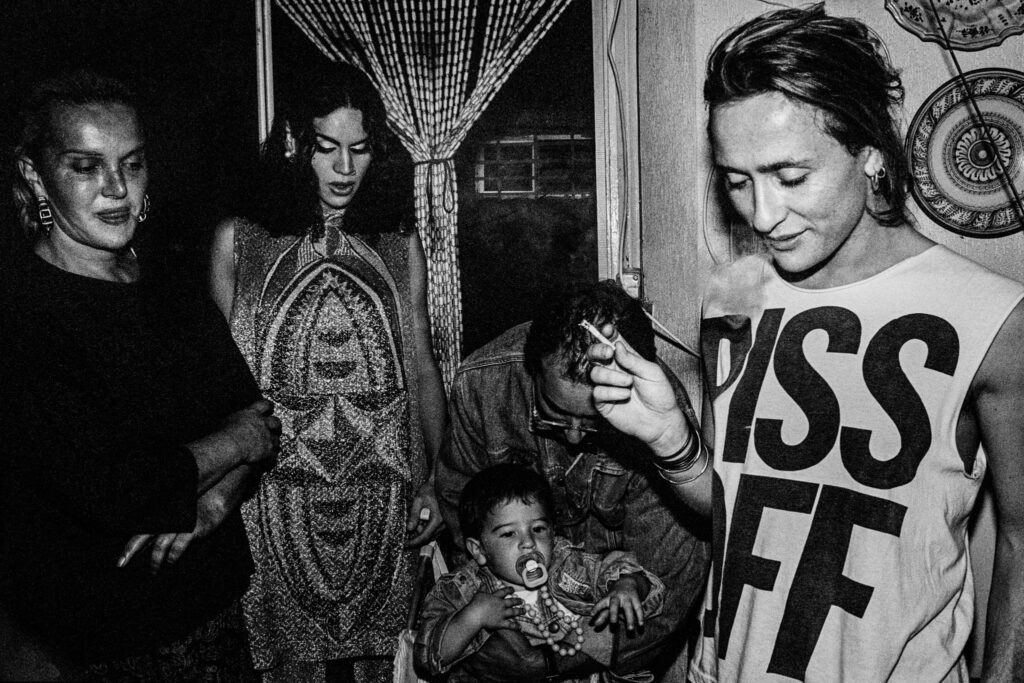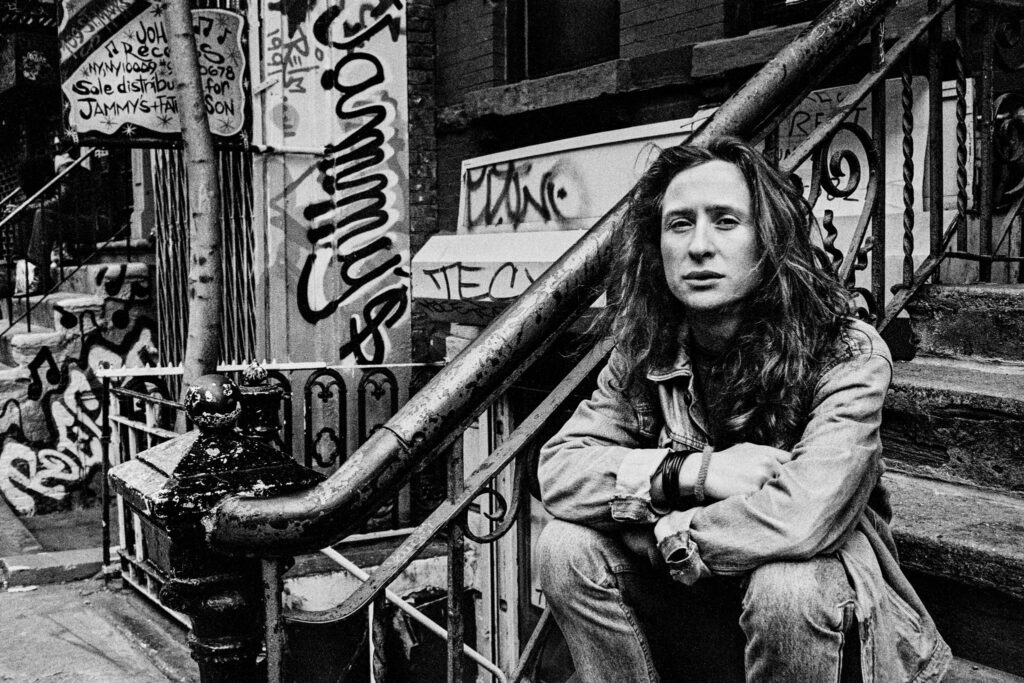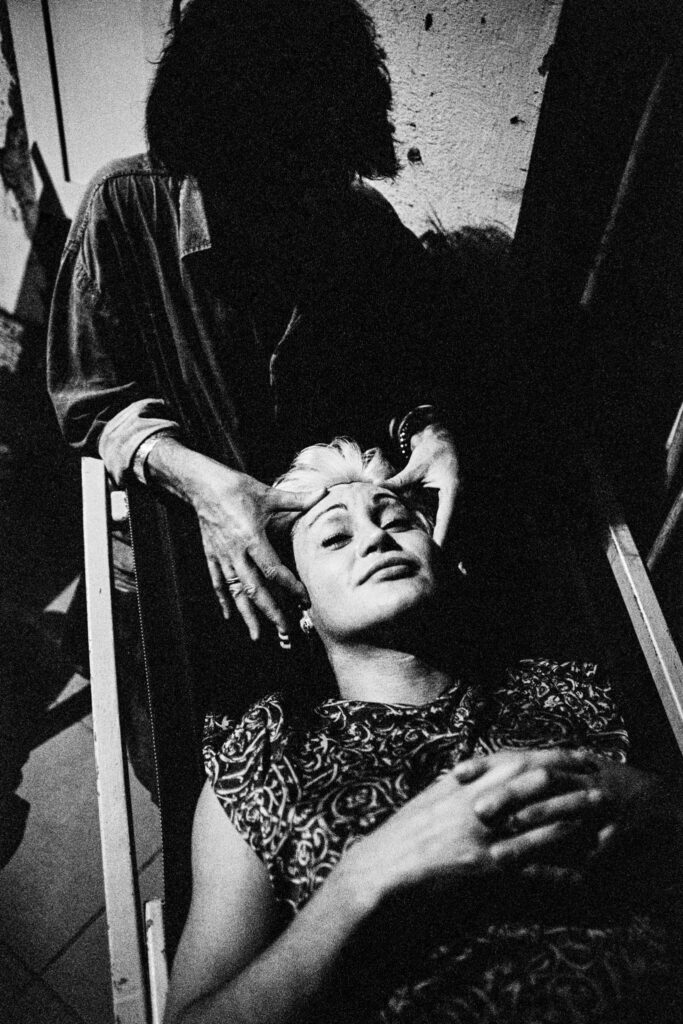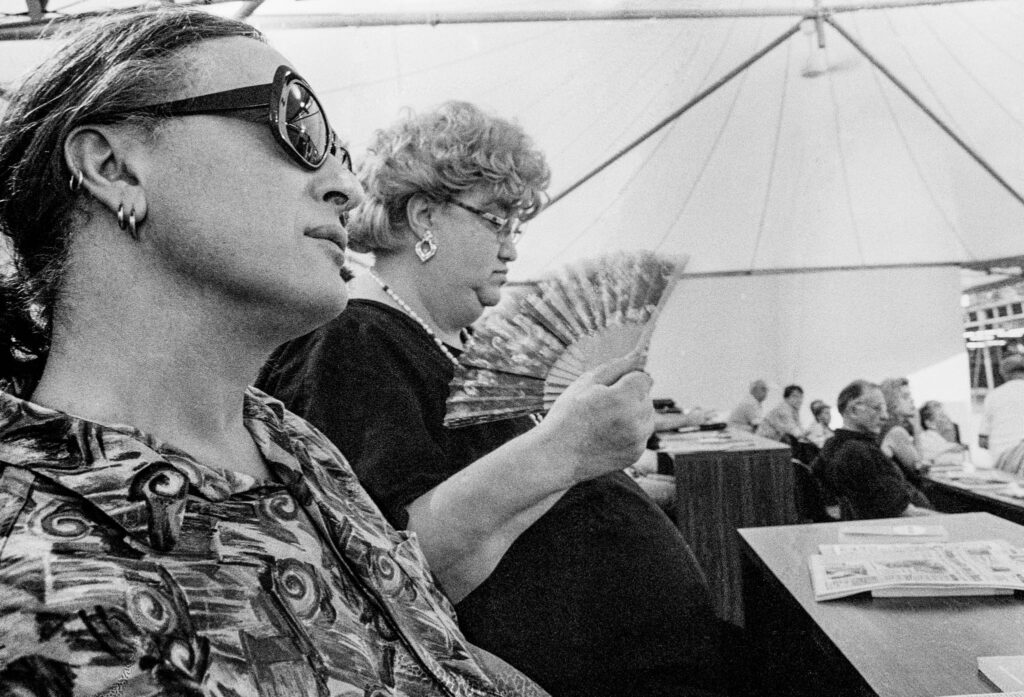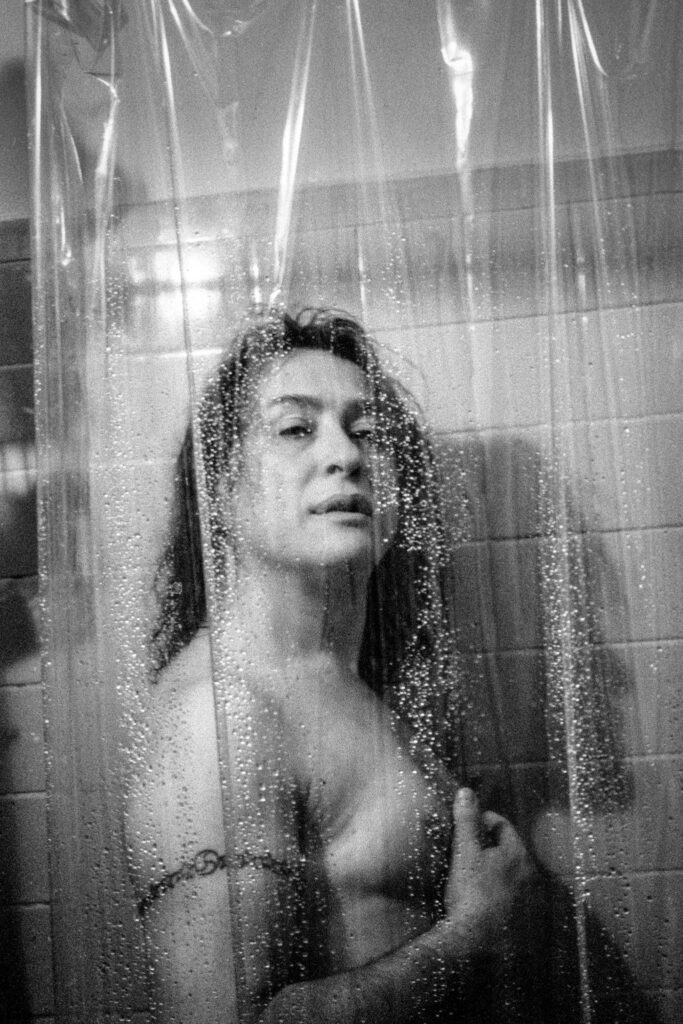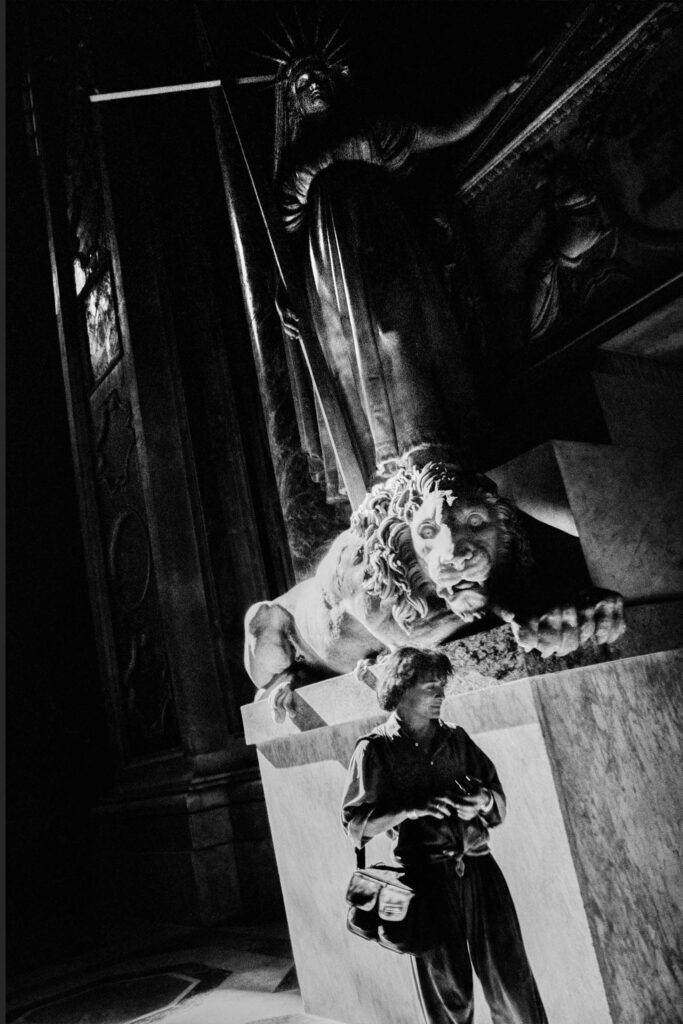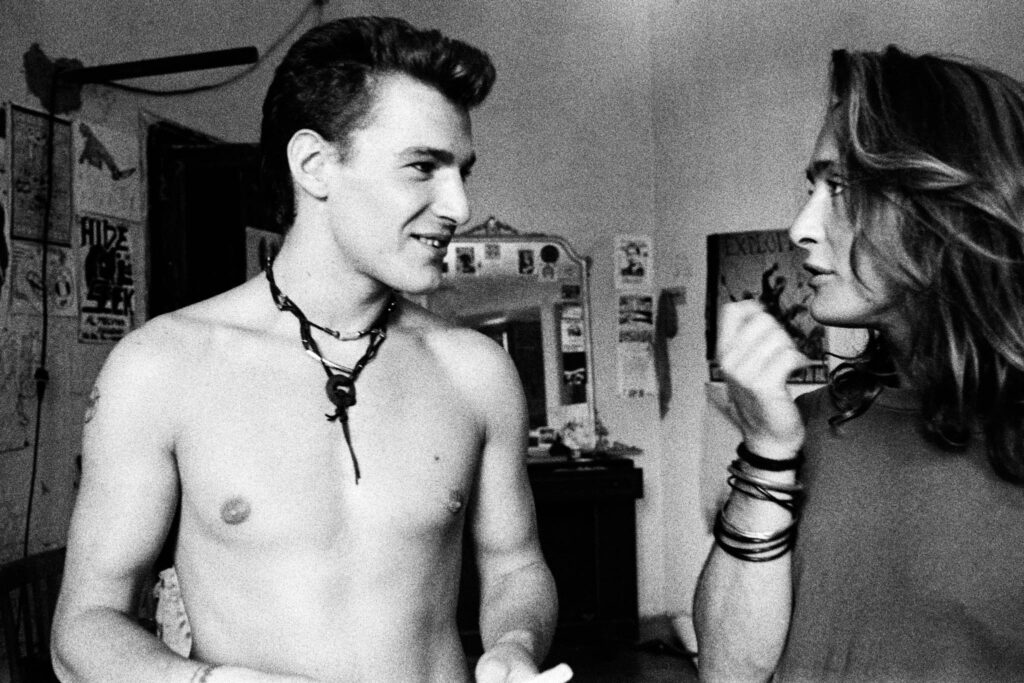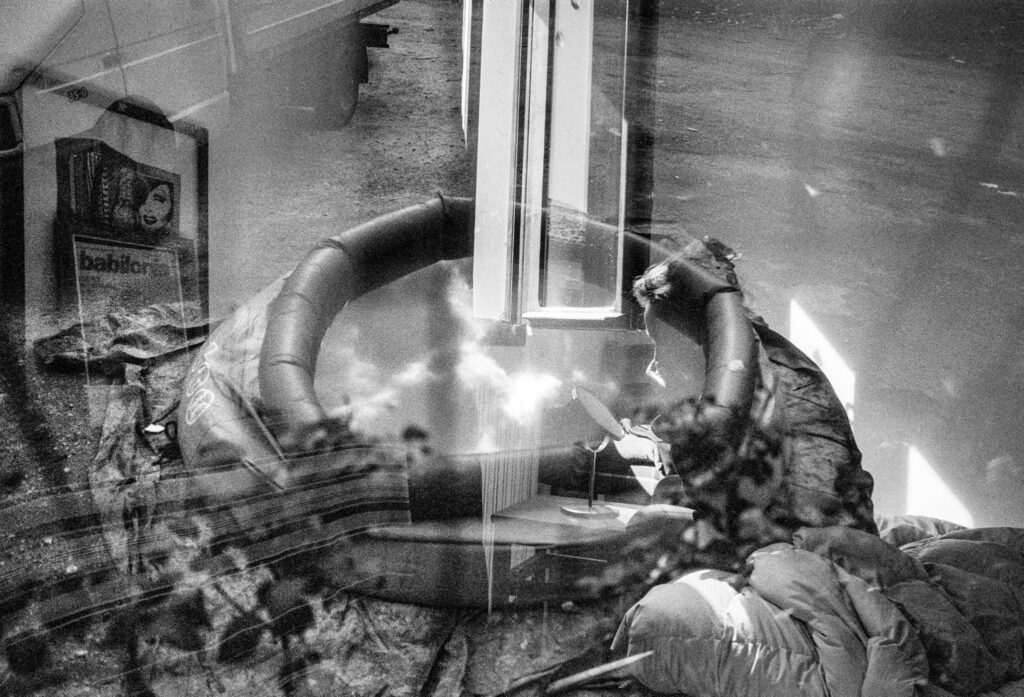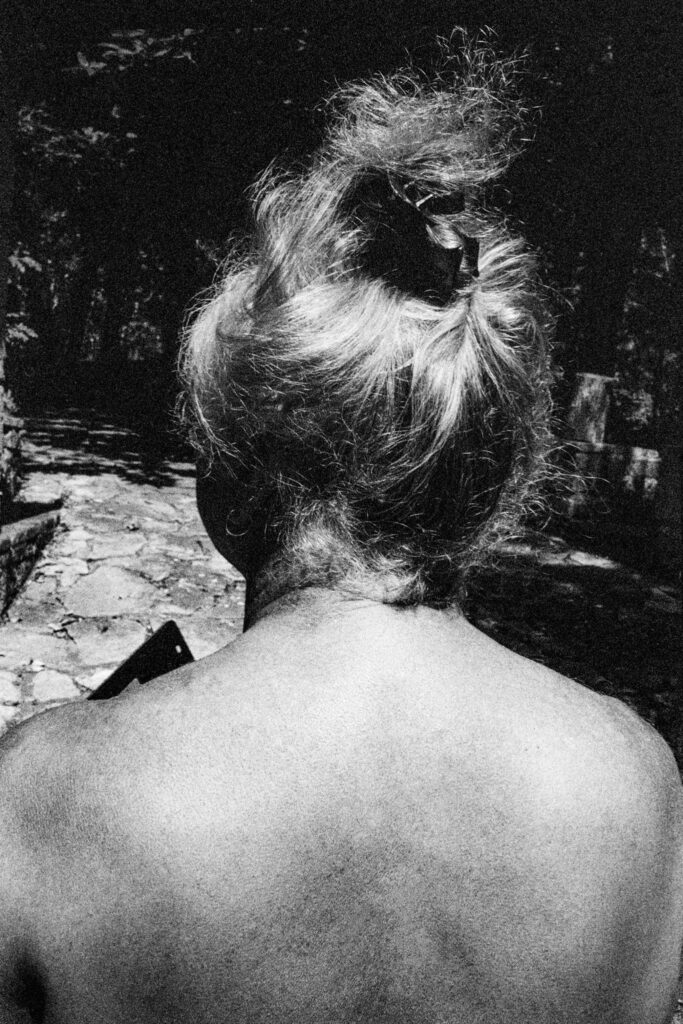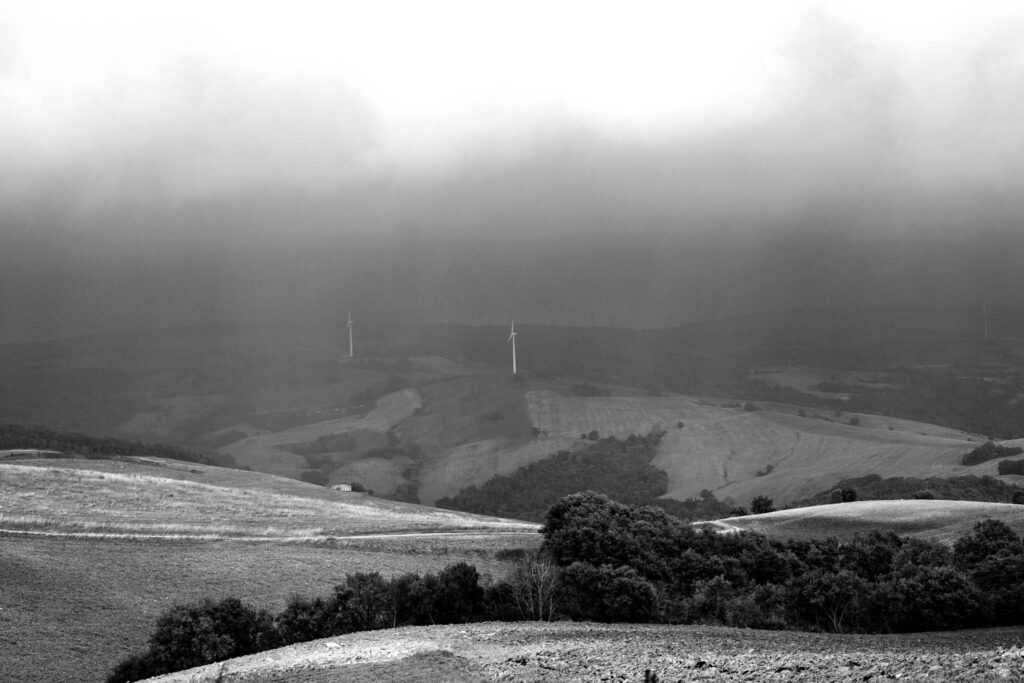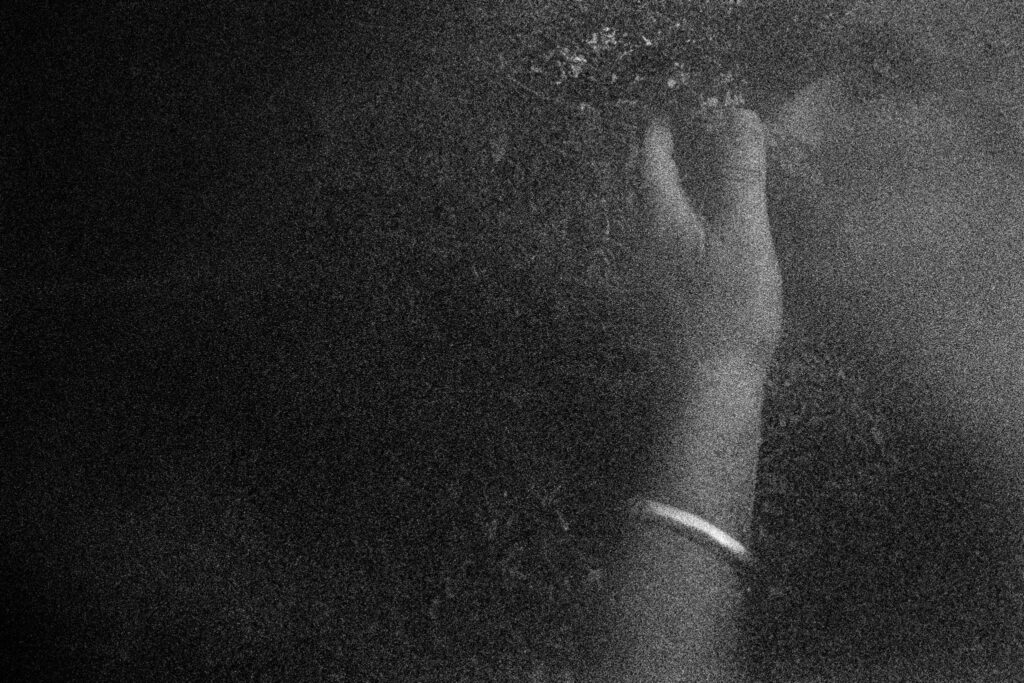WAW – WOMEN FOR AFGHAN WOMEN
The project is a collection of images of Afghan women living in the NY area. It came out from my desire to understand Islamic women, after the 9/11 attacks in NYC, and an attempt to see their reality beyond the rhetoric and prejudices that have been attached to their representation.
The aim is to show the present lack of reciprocal cultural understanding between Afghan women and the society they live in. The individuals in my photographs in fact, while connected to the country they came from and shaped by its culture and religion, are also aware of, and profoundly affected by the western culture. On the other end there is little or no appreciation for their culture in our world.
By increasing awareness and bringing to light important mutual interests, I hope to create an environment that will allow collaboration, sharing of ideas, and through pictures, I hope that a reciprocal appreciation will emerge.
The WAW’s project shatters the myth of that covered, invisible, helpless Afghan woman who has been absorbed in our collective imagination thanks to the international media.
Winner in 2003 by The Fund for Creative Communities. Lower Manhattan Cultural Council, US.
TONGUE IN FLAMES
Tongue in Flames is testimony to the submerged poetic vitality of New York, from the early 1990s to the early 2000s. A nocturnal foray into the spaces dedicated to poetry: Nuyorican Poets Café, St. Mark’s Church, Fez Cafe, the Bowery Poetry Club and many others.
The Nuyorican Poets Café, whose purpose has always been to provide a stage for the artists traditionally under-represented in the mainstream media and culture, is the cradle of the weekly Poetry Slams Competitions, an improvised challenge of performed verses, a free and lively stage that hosts great artists and great strangers on the same level. Poetry Slams can feature a broad range of voices, styles, cultural traditions, and approaches to writing and performance.
Bob Holman, a poetry activist and former slam-master of the Nuyorican Poets Cafe and founder of the Bowery Poetry Club, once called the movement “the democratization of verse”
A new group of Nuyorican poets and movements emerged from the readings at the café. Some of these artists are: Willie Perdomo, Sapphire, Maggie Estep, Tracie Morris, Dana Bryant, Reg. E. Gaines, Paul Beatty, Edwin Torres, Emanuel Xavier, Amiri Baraka, Ishmael Reed, Nozake Shange, Zoraida Santiago, Keven Powell, Cheryl B., and poetry activists such as Bob Holman, Saul Williams, Sarah Jones, and Beau Sia.
GET CLOSER IF YOU CAN
My travelings stem from an inclination towards a nomadic existence, and a sense of resistance against an oppressive social environment which has become untenable. It is partially these reasons, which played a big role in my decision to move to New York in the 80s and later drove me to Mexico in the 90s. These movements form the backbone of my work.
The images, part of Get Closer if You Can are crucial bits of this common thread and were produced during several trips to Mexico. All of these shots are a journey through the underworld, a hidden thread that embroiders the encounters with people and my own personal experience, a string that traces my perception of the world. These shots do not show particularly important or significant events, but rather the apparent banality of everyday life, its rhythms glimpsed through domestic life, private encounters, religious festivals, and street life.
Photography for me is never a plea bargain to negotiate the “proper distance”. I get closer to grasp, to perceive the “bare life” at the emotional core of the world that surrounds us. And by “close” I do not intend to violate or intrude, but rather to be part of the experience, from an emotional perspective, without forgetting the role of the photographer.
